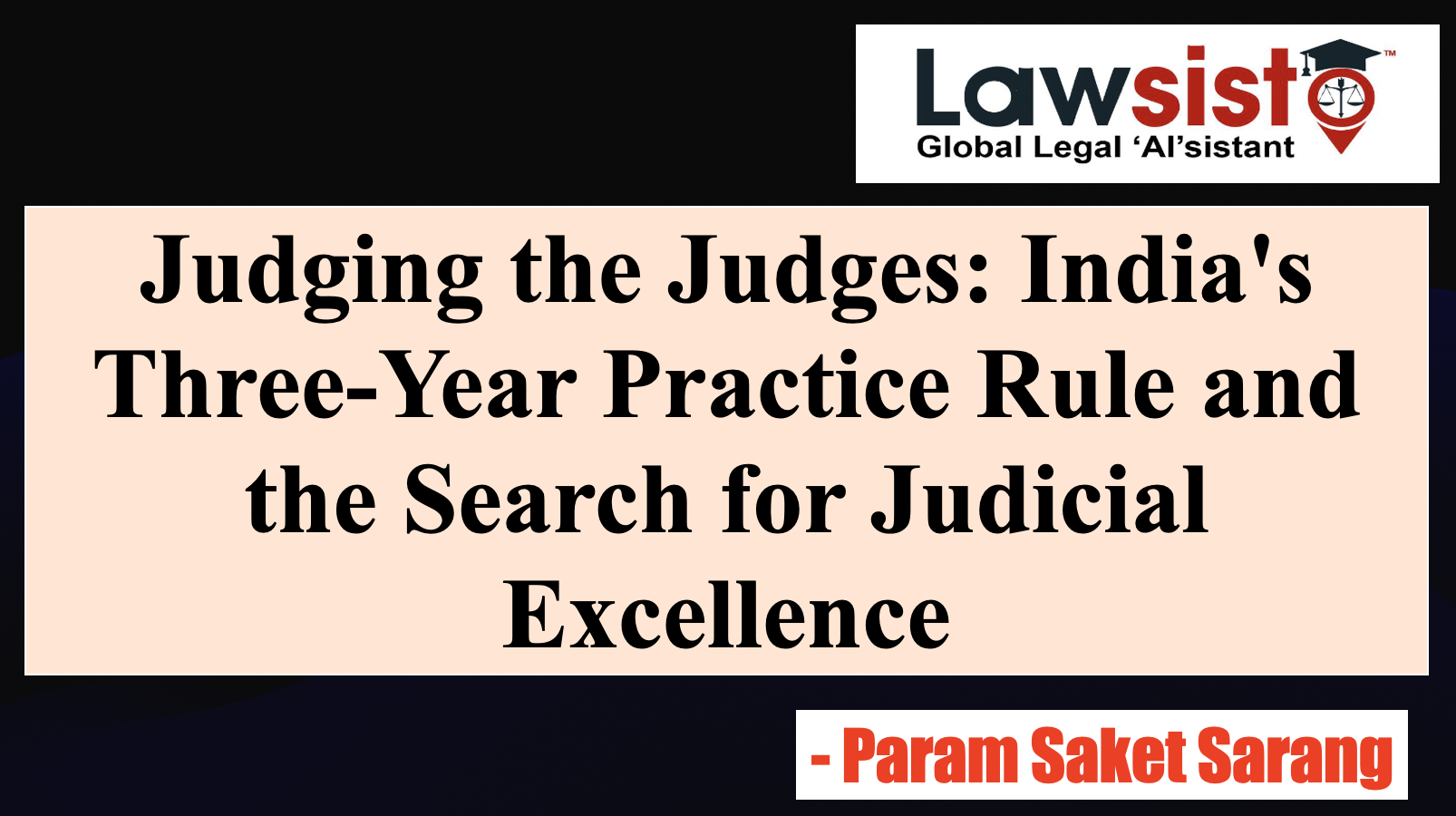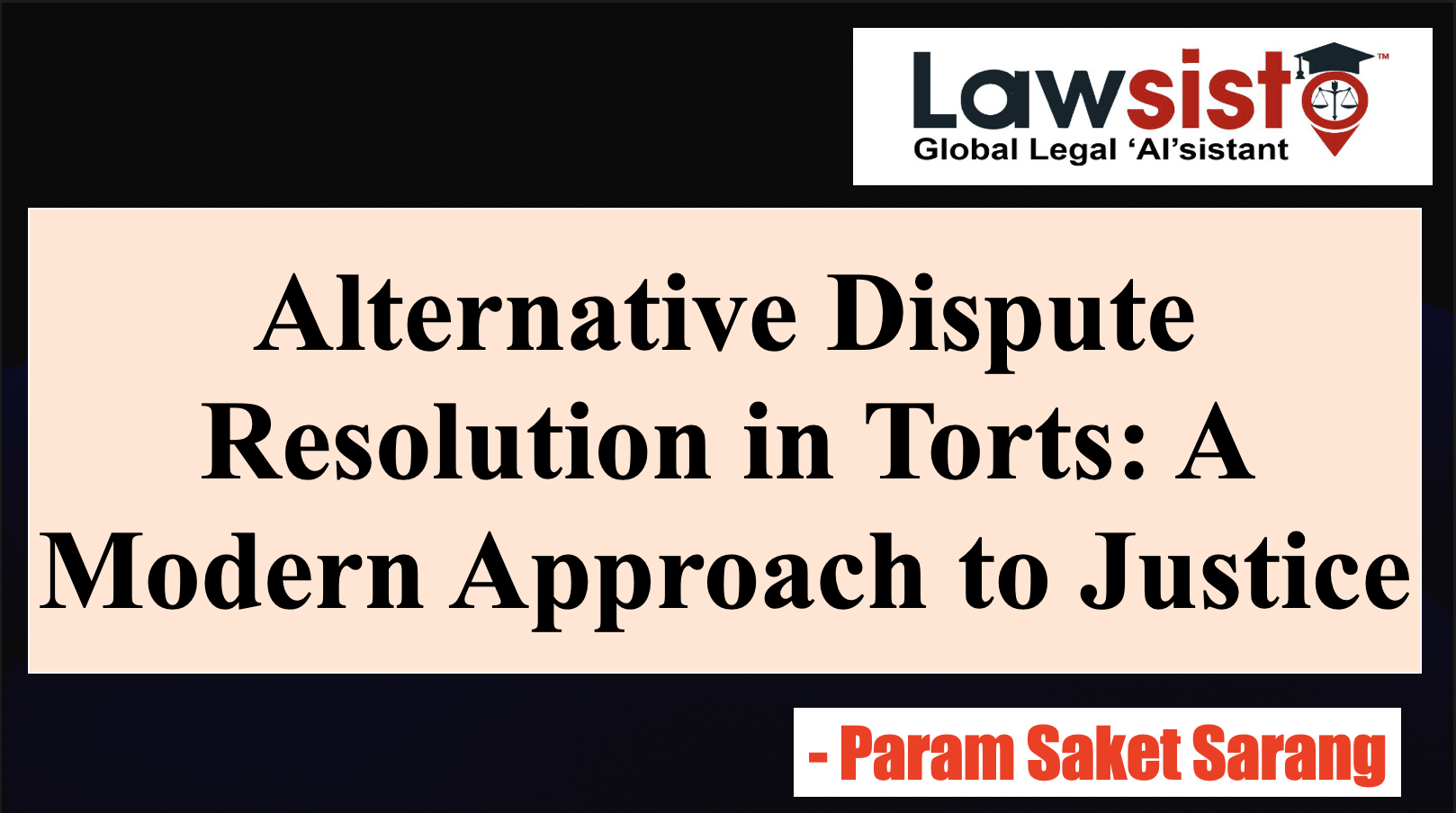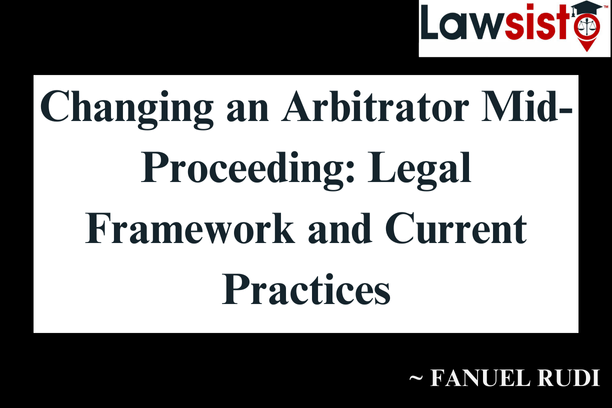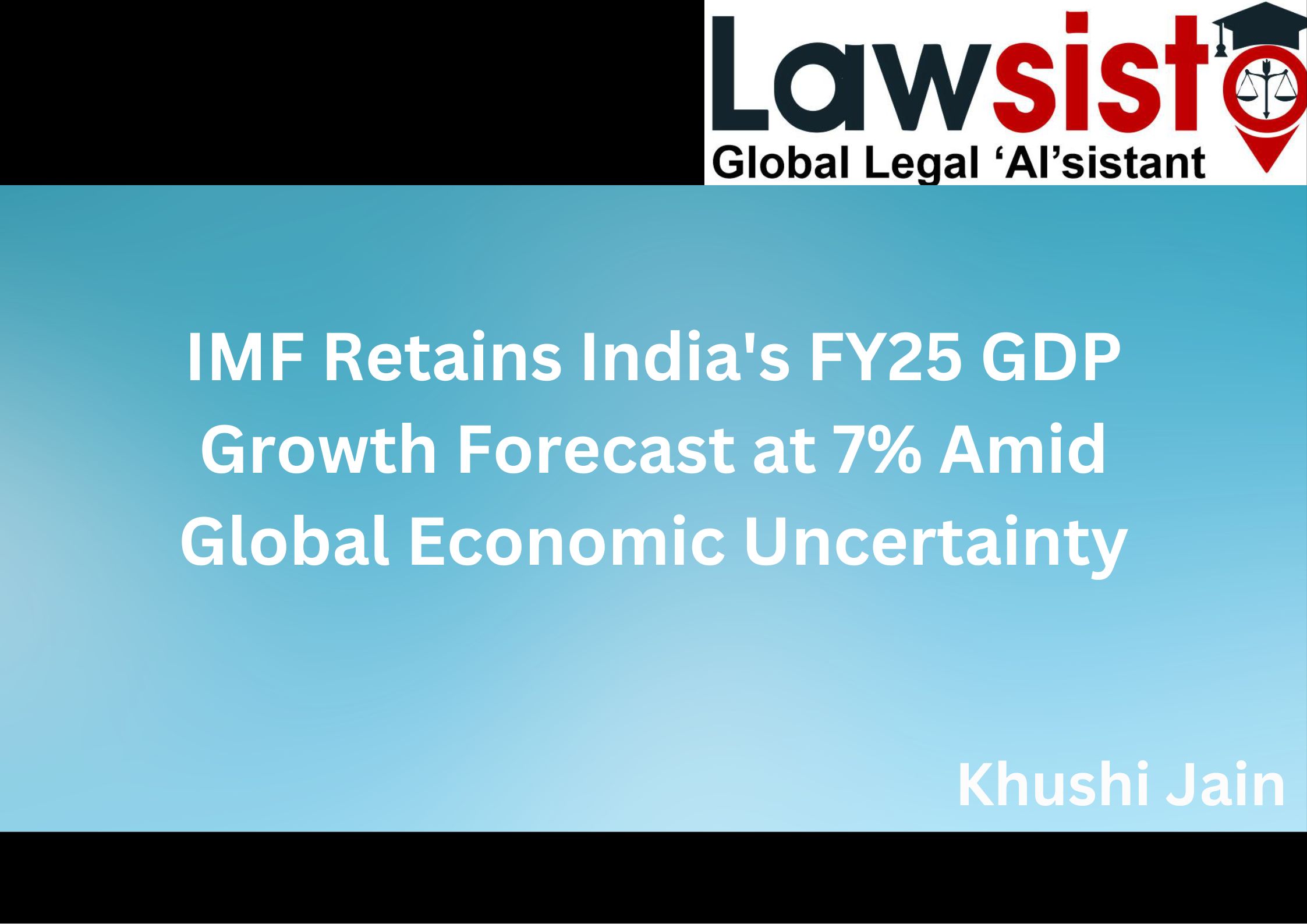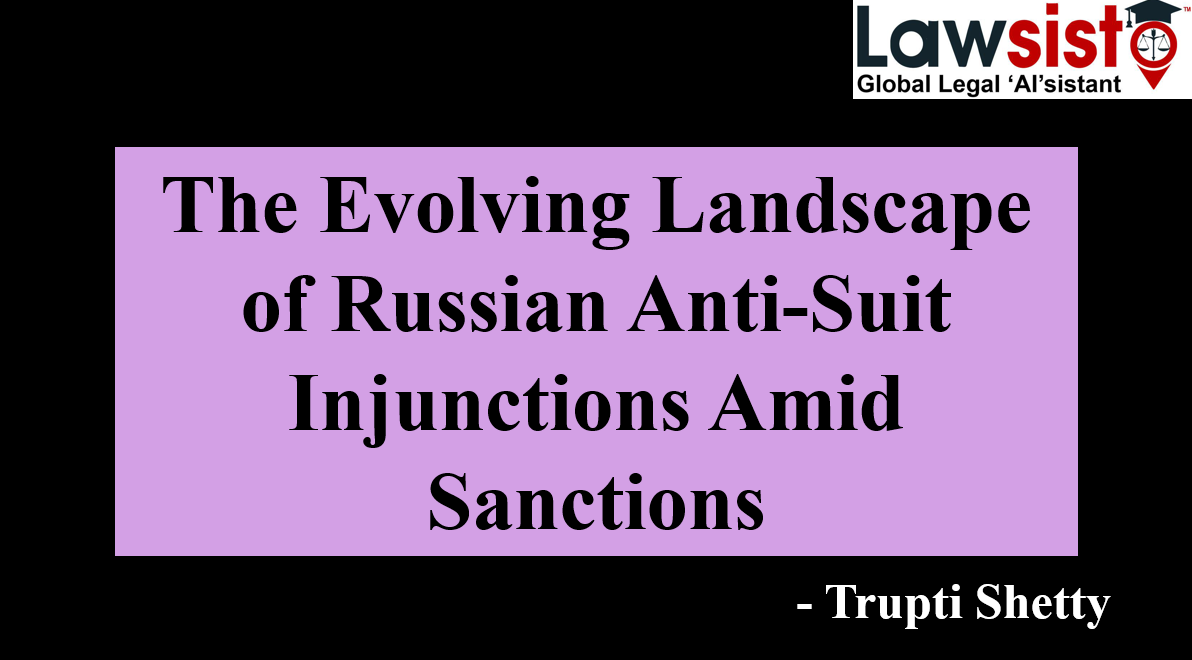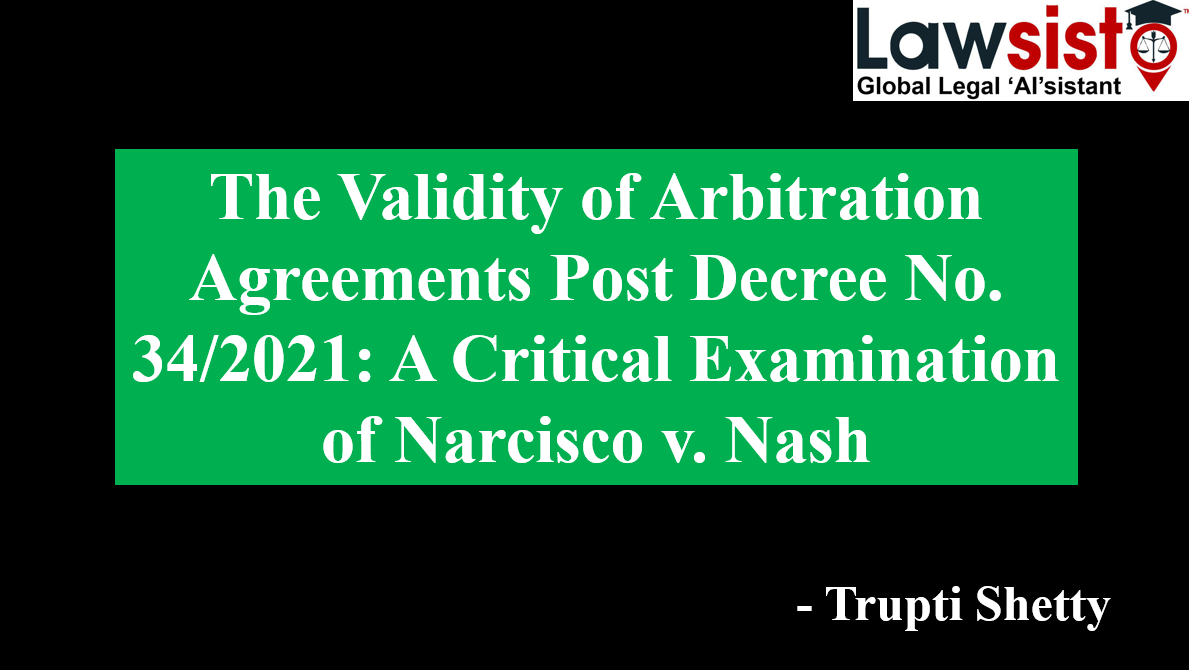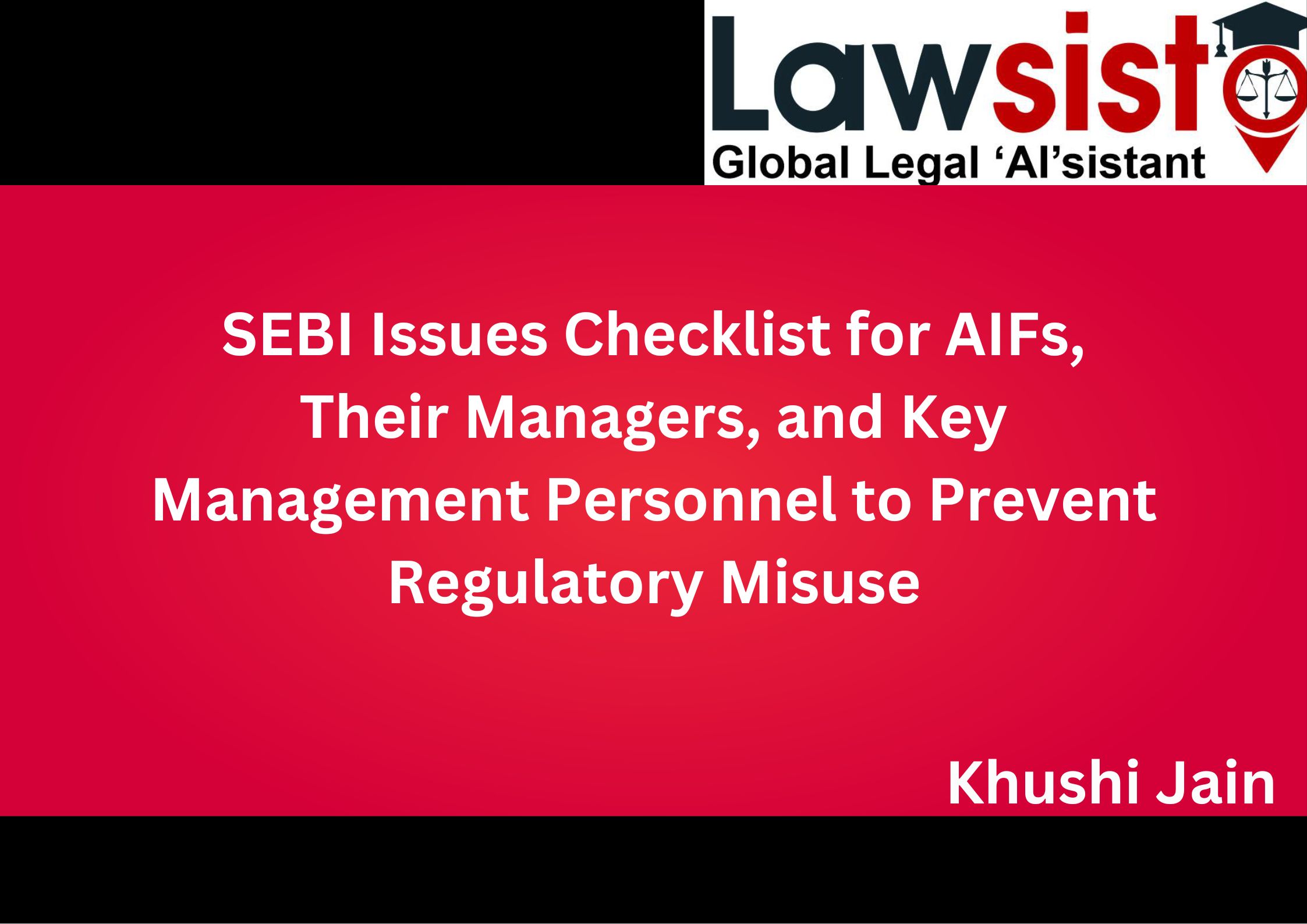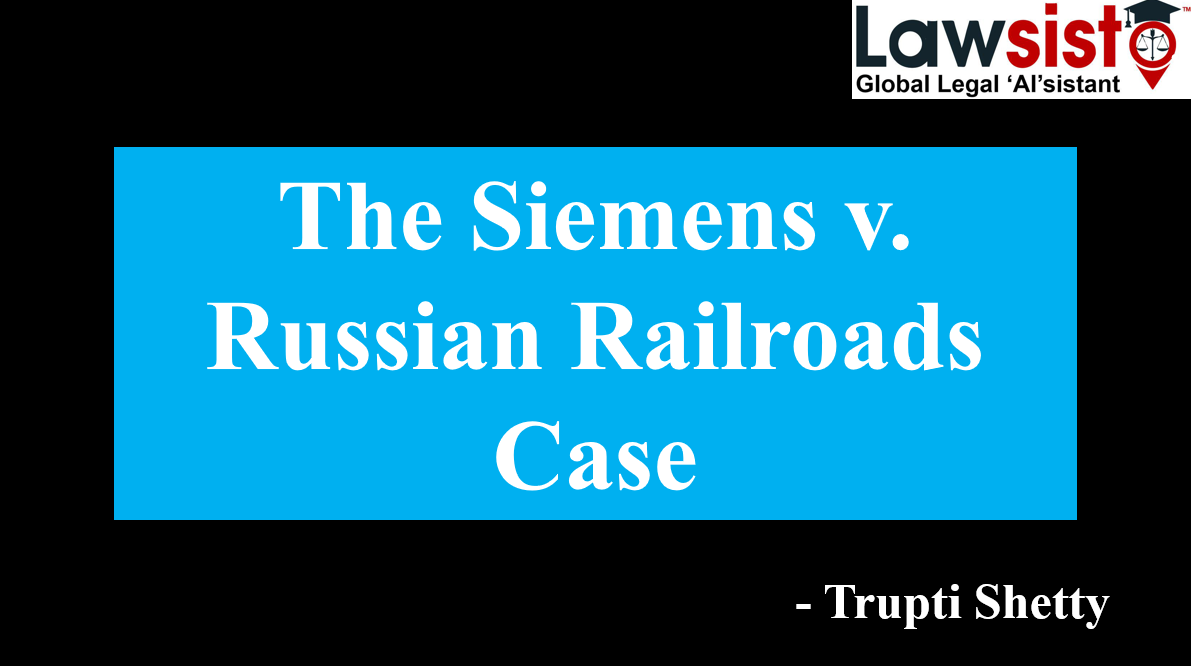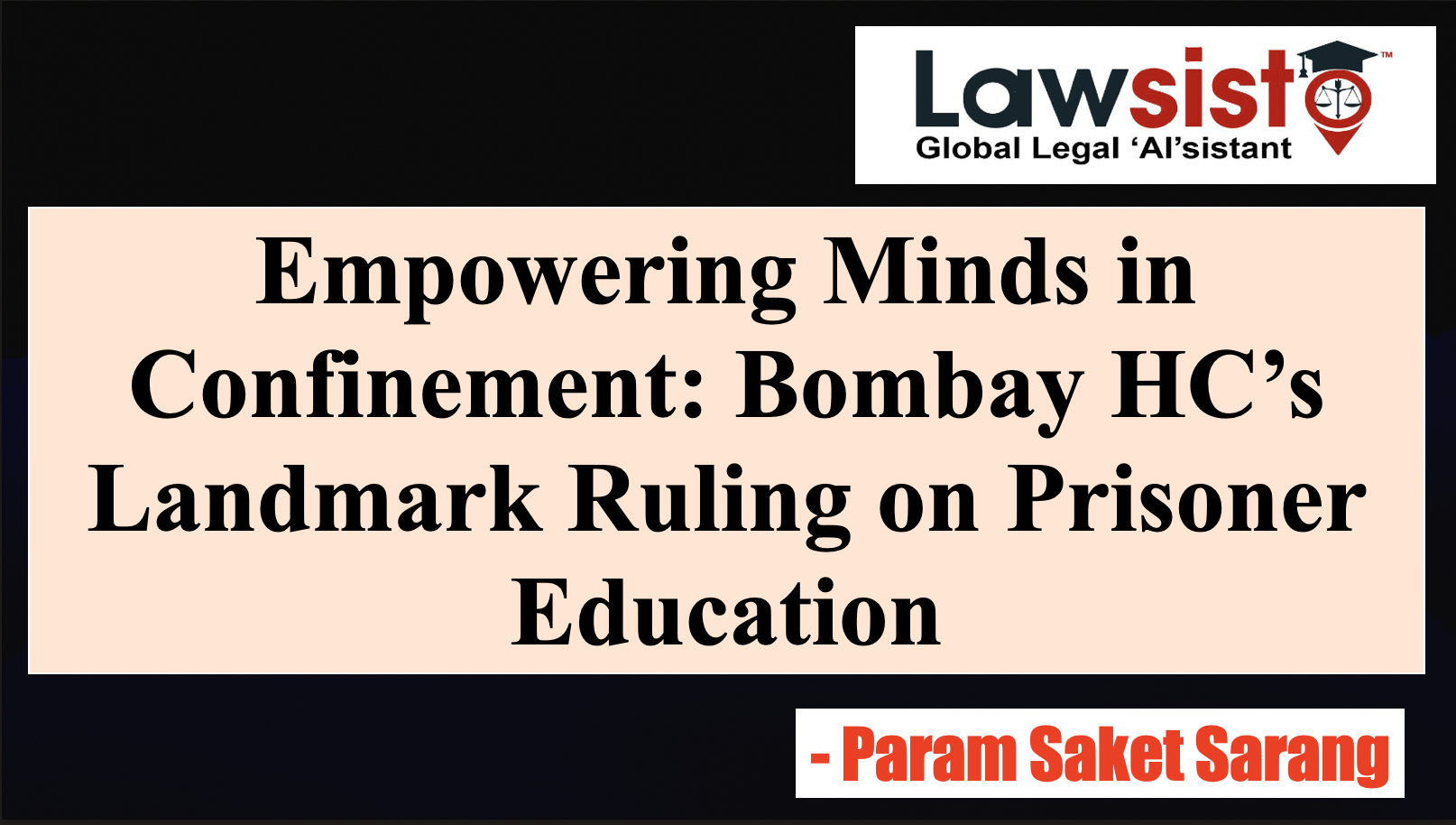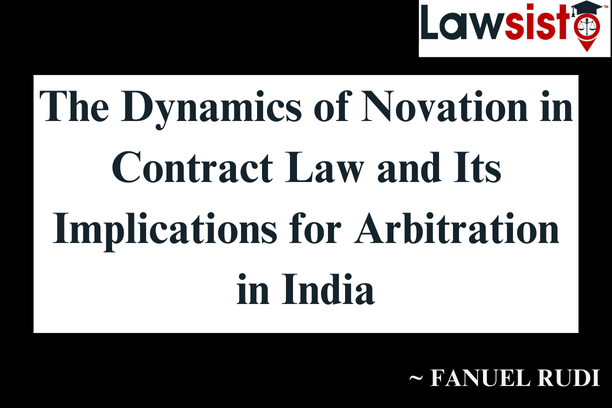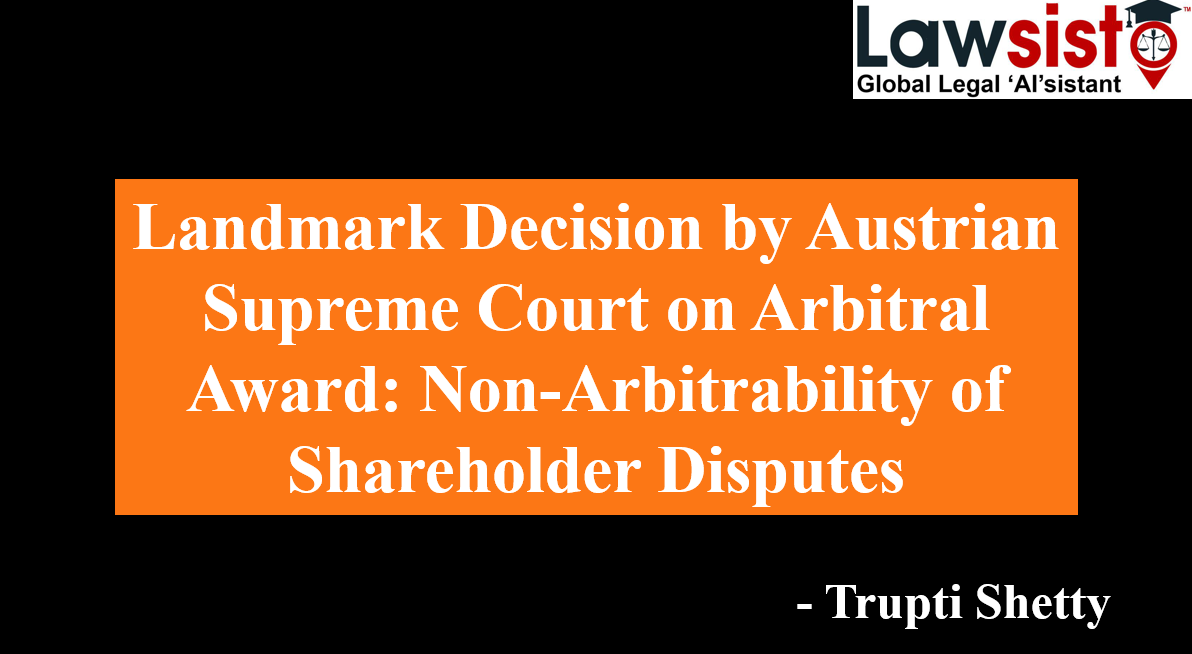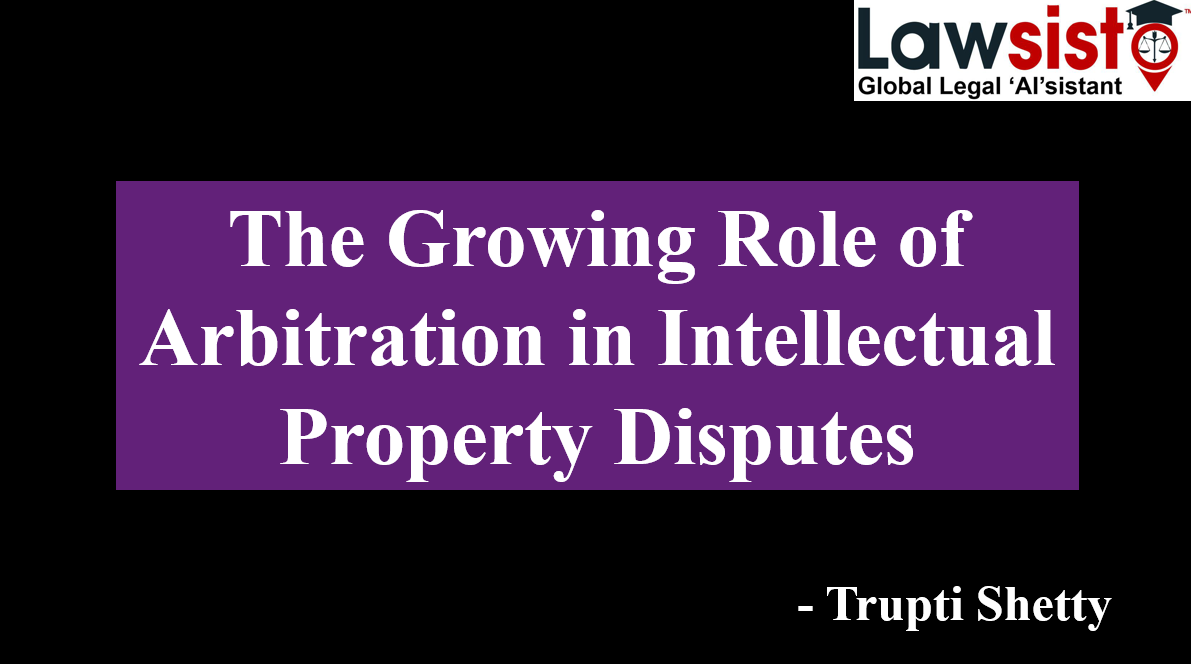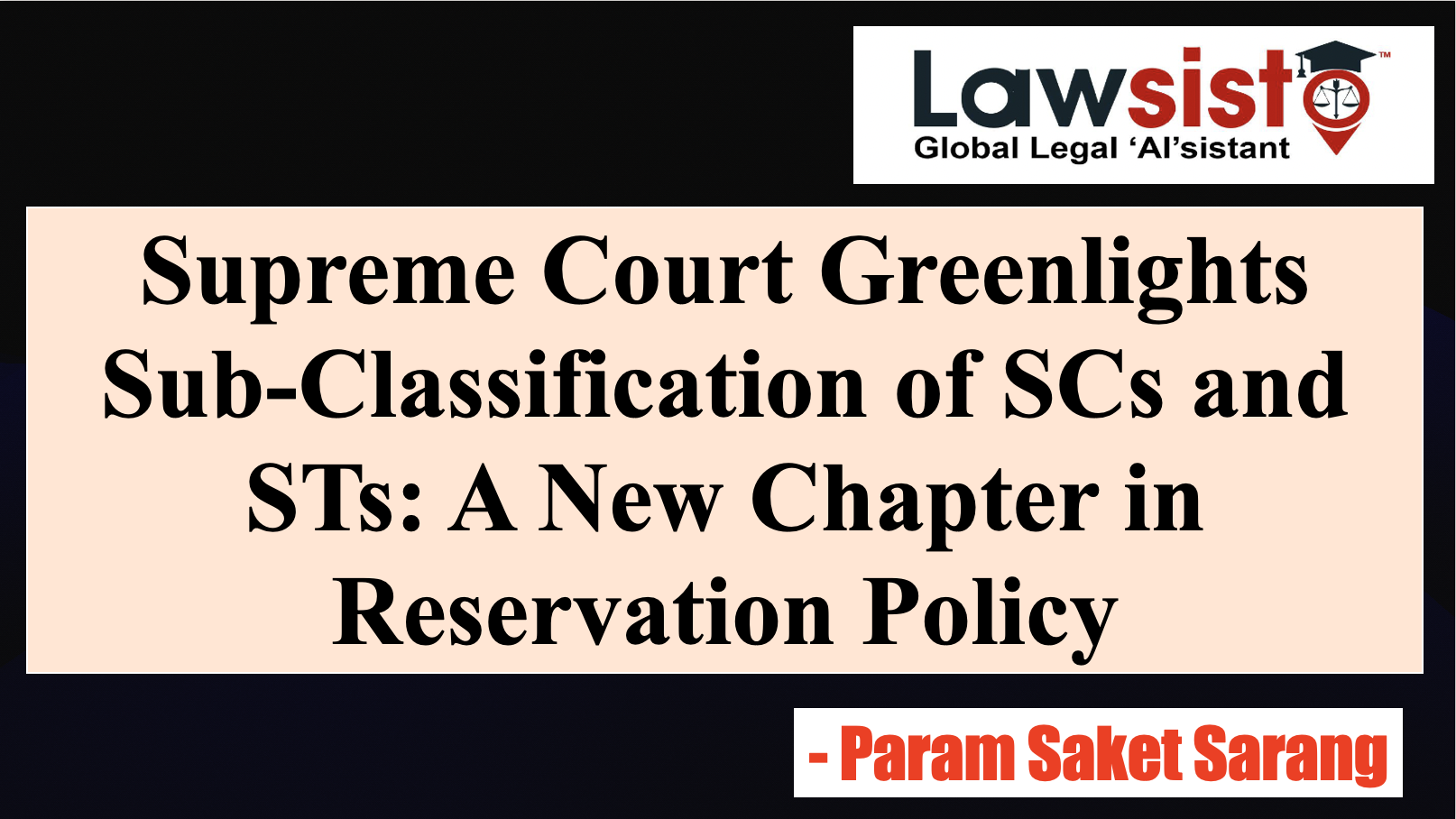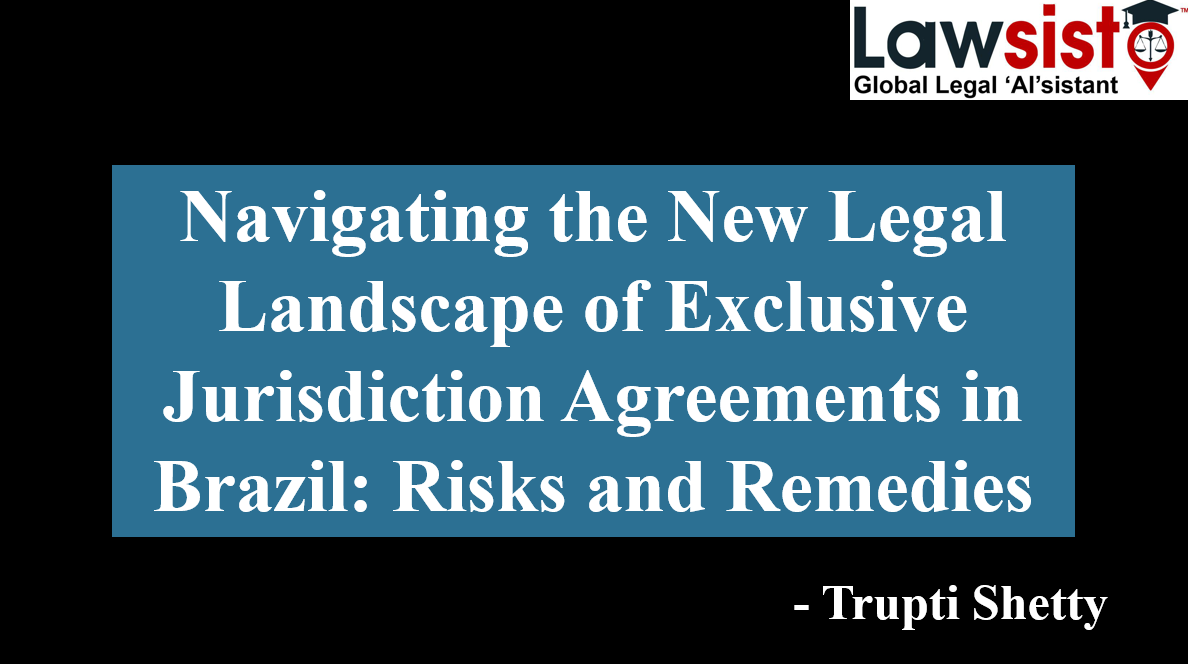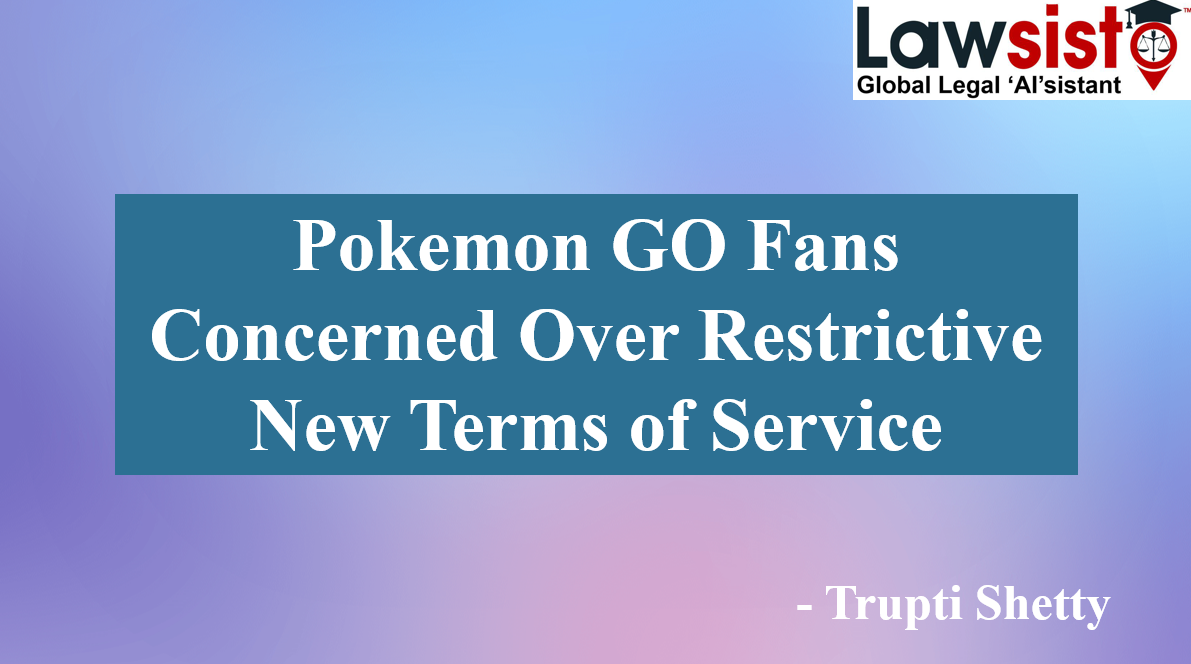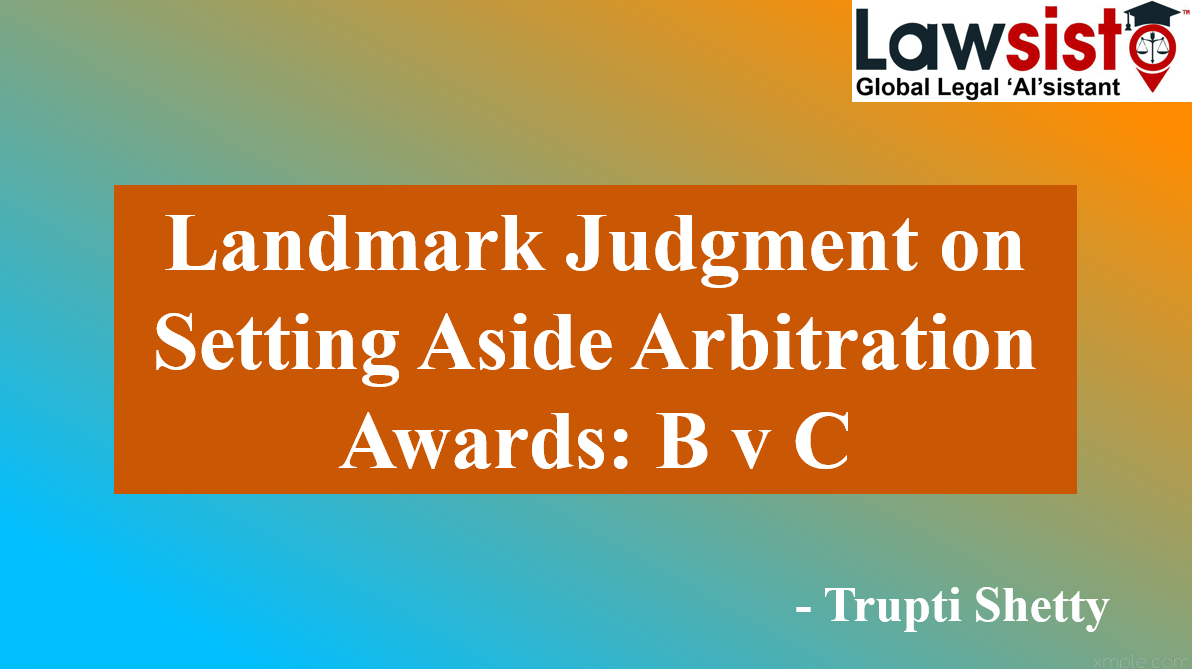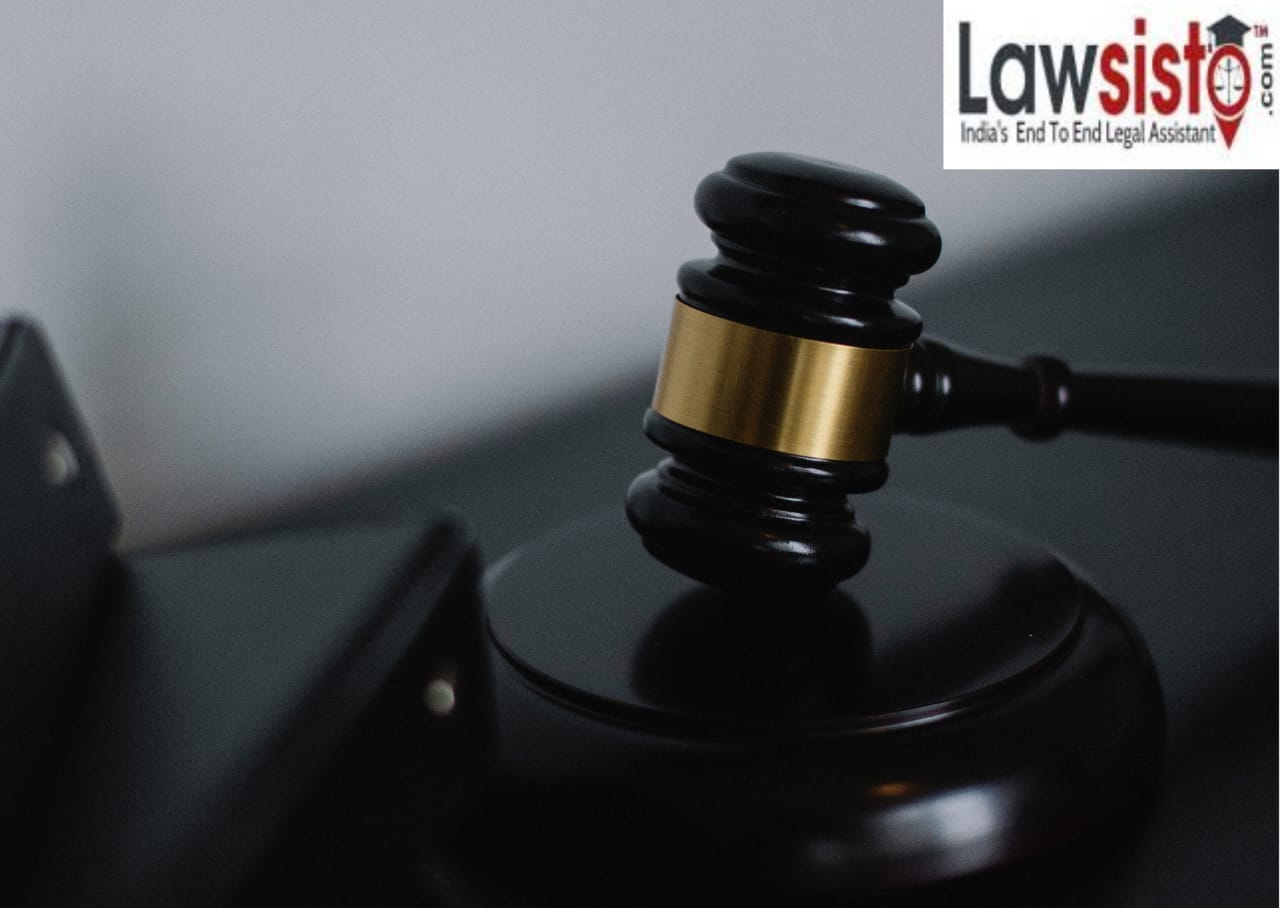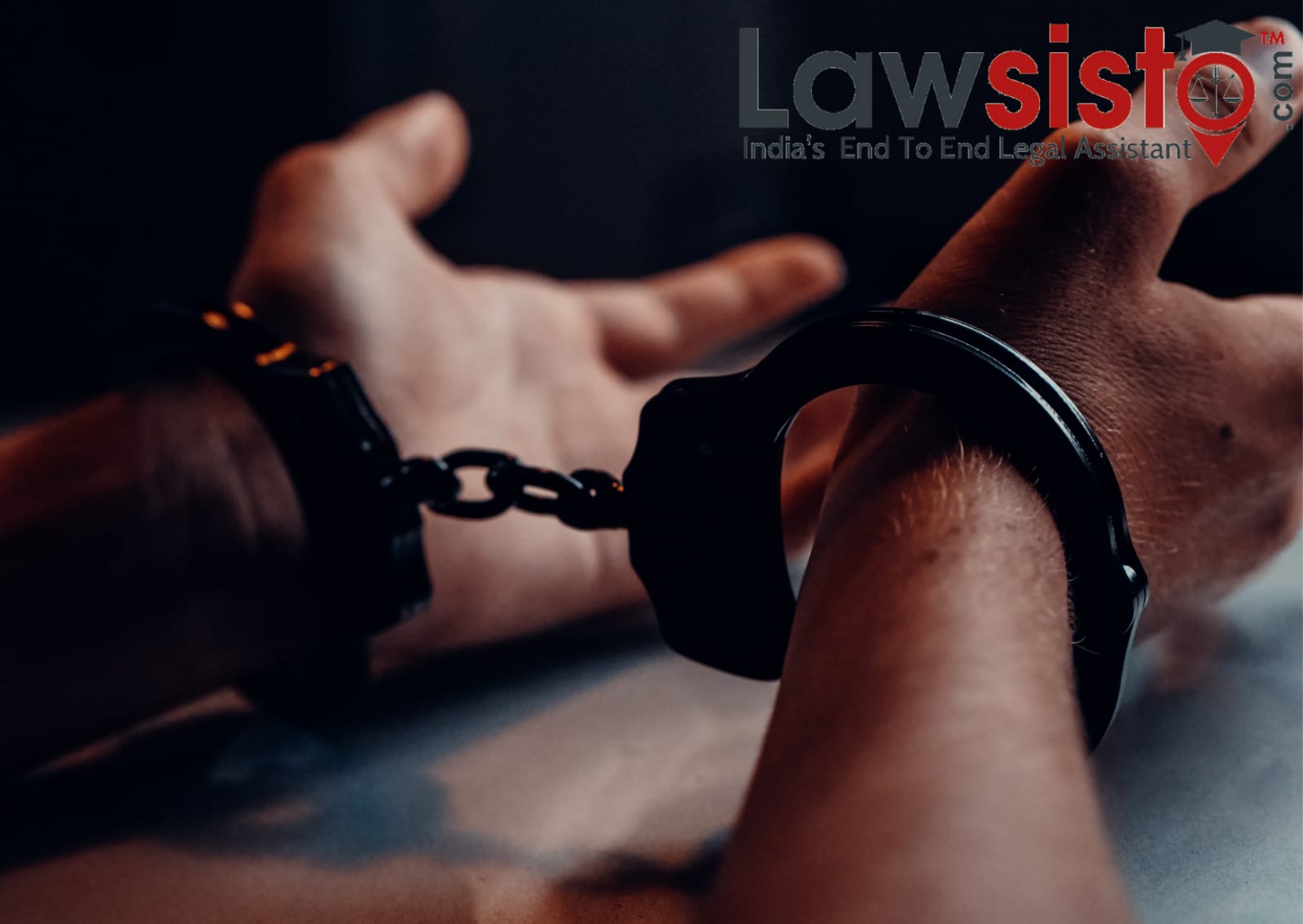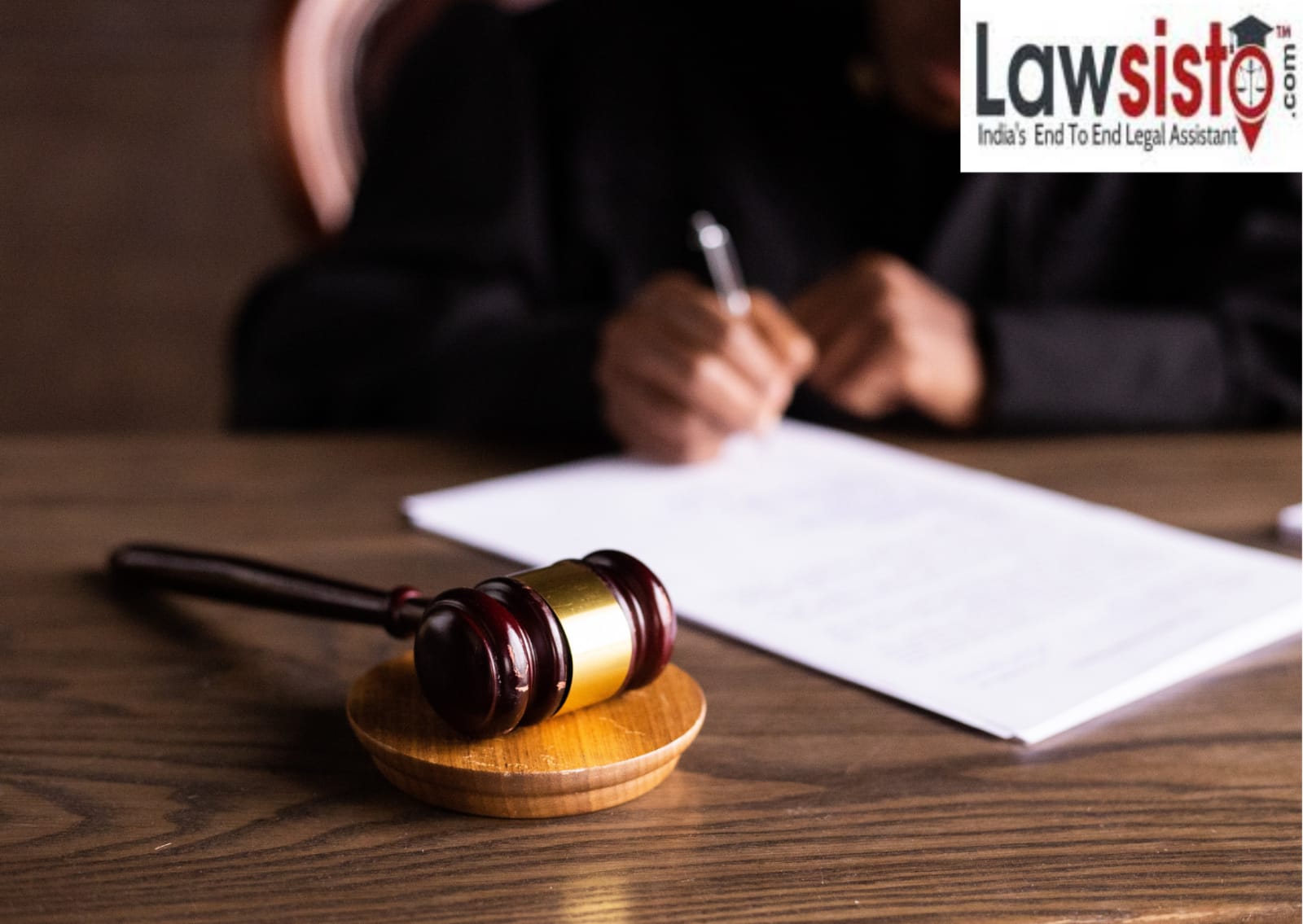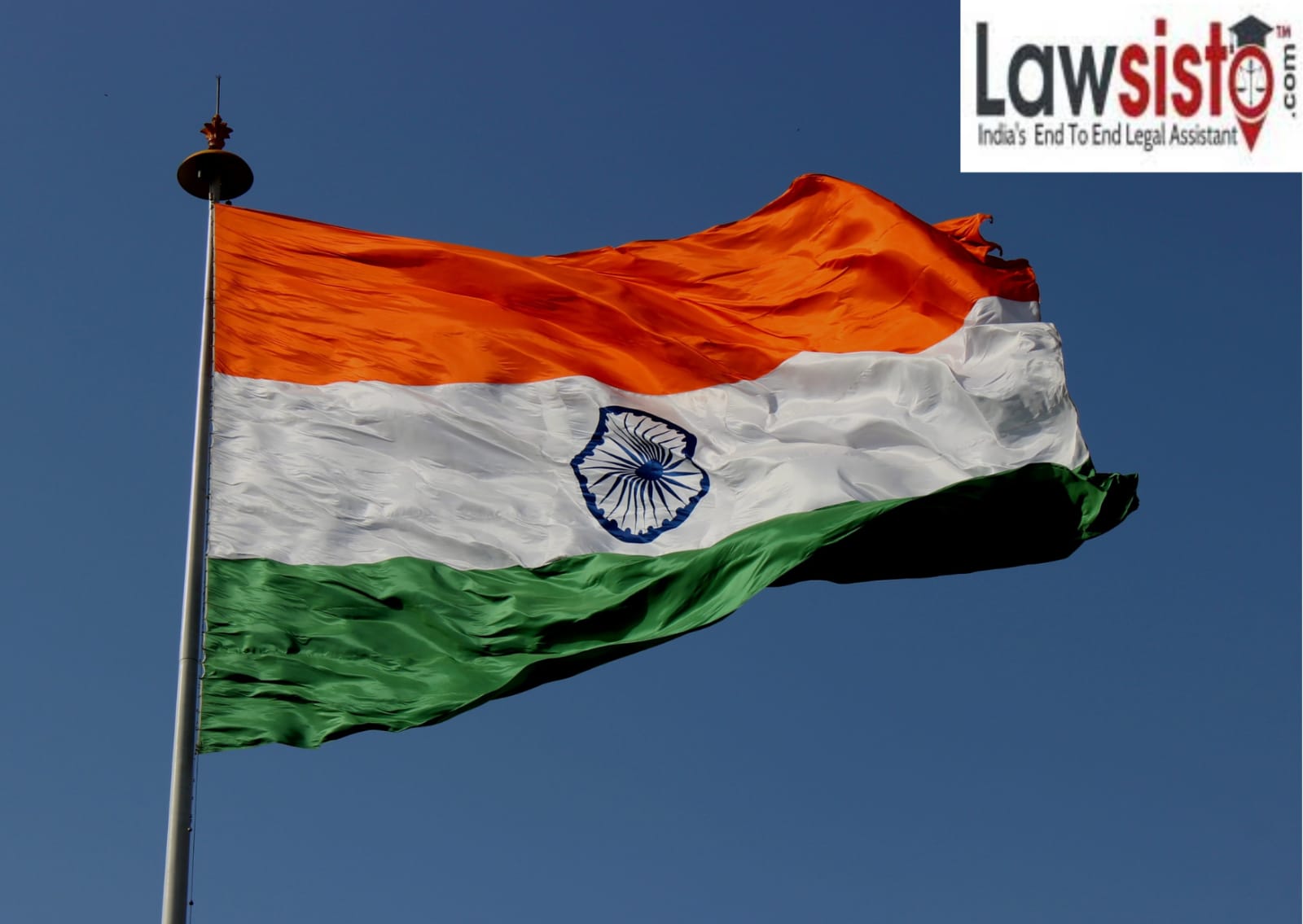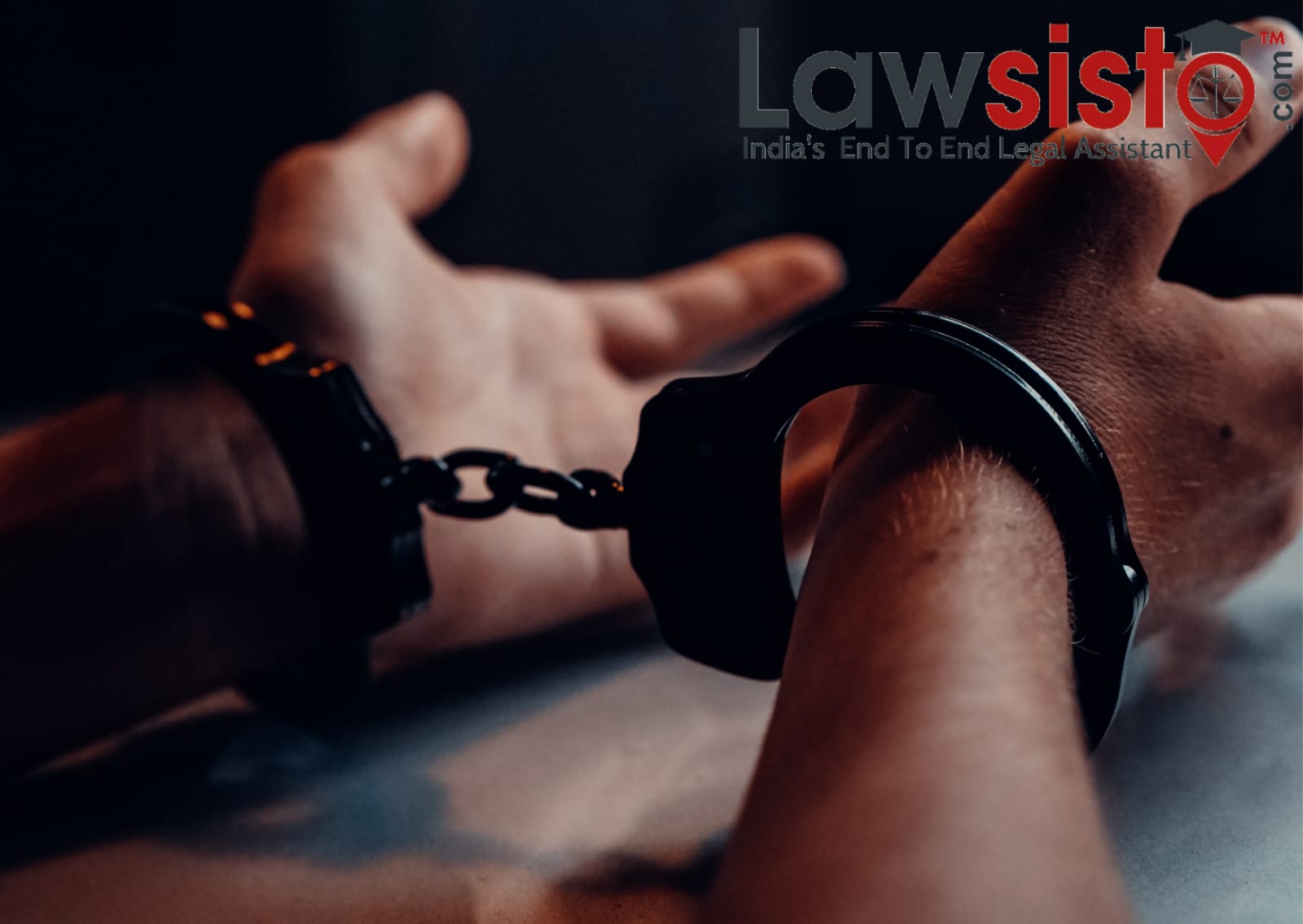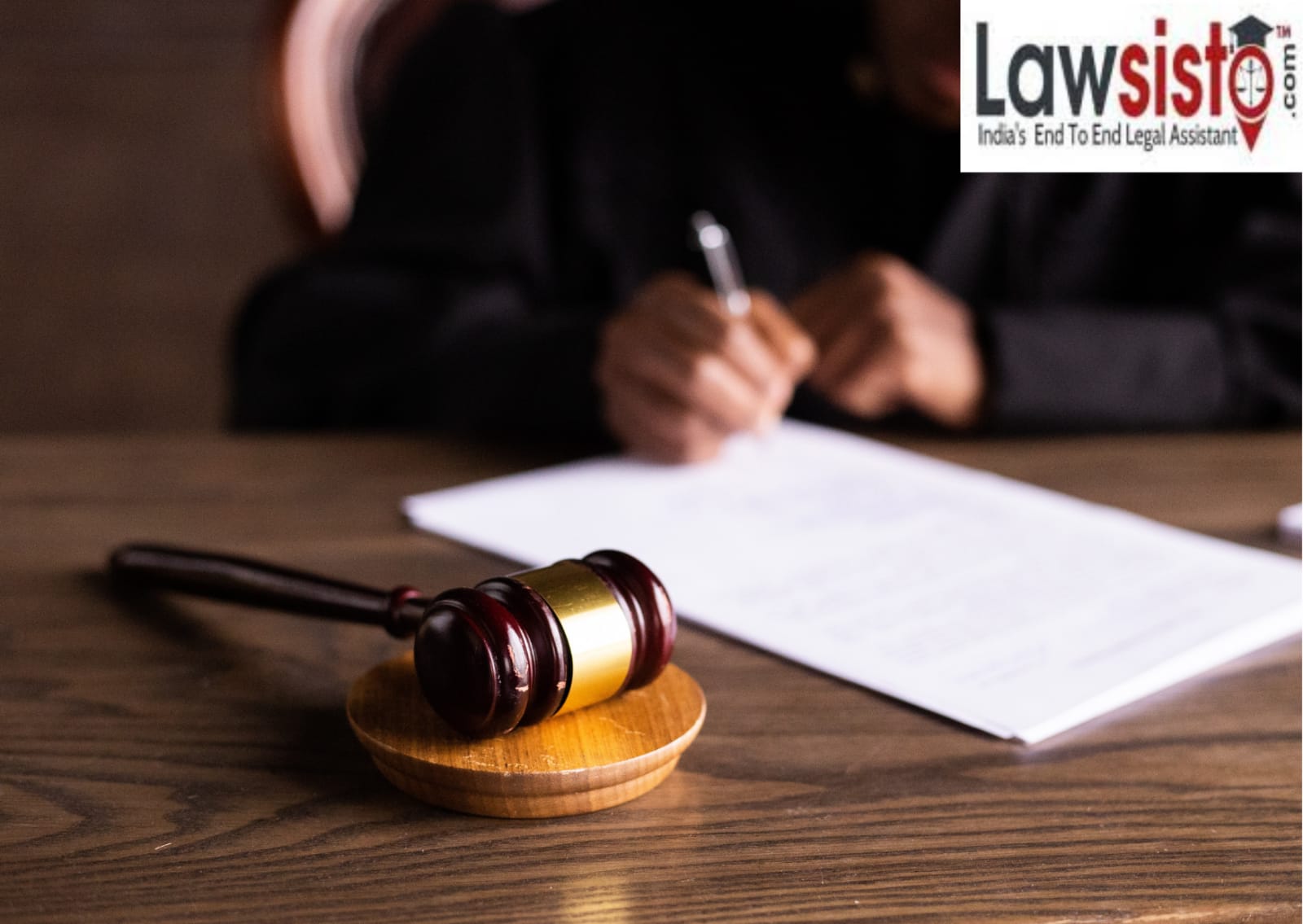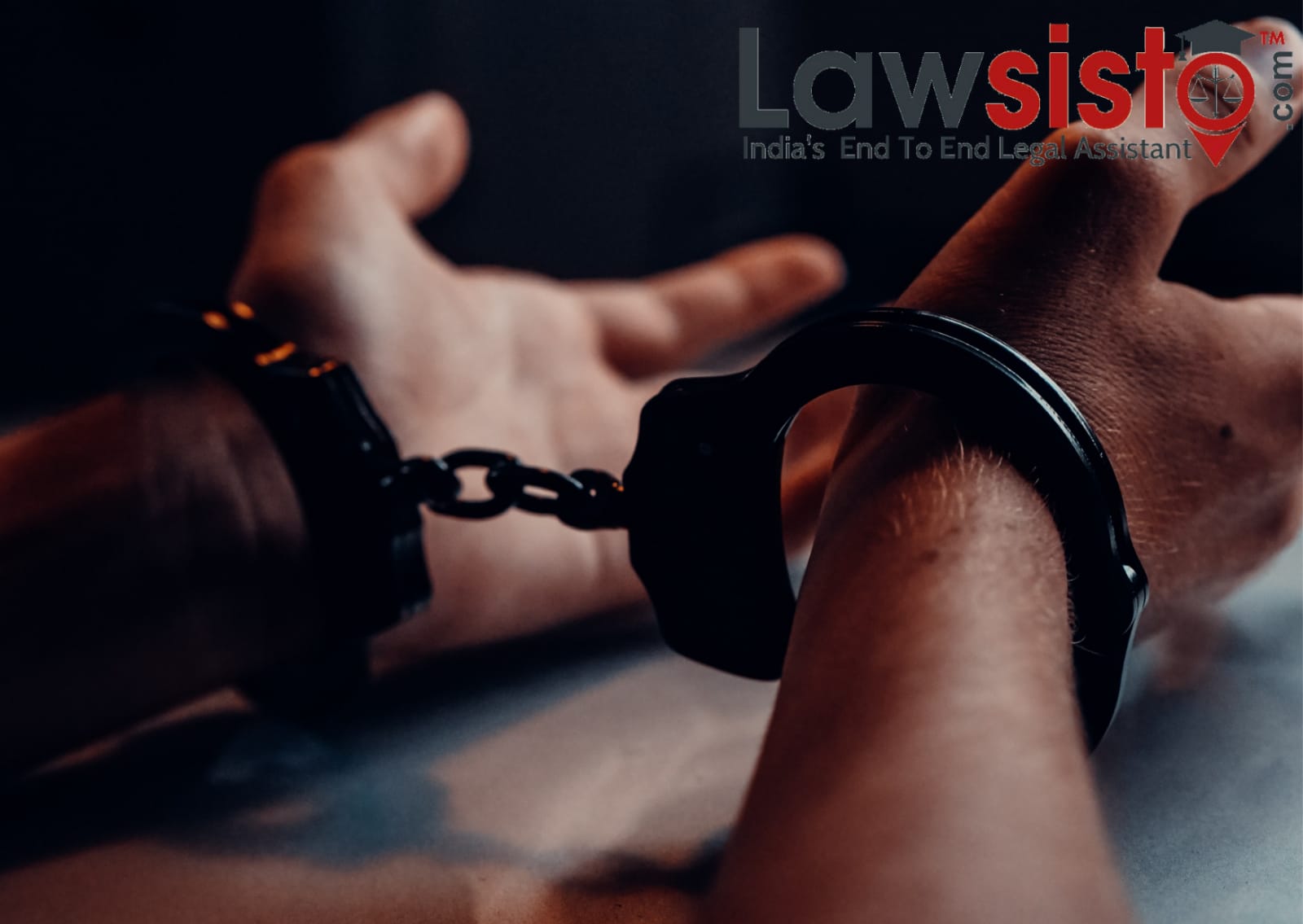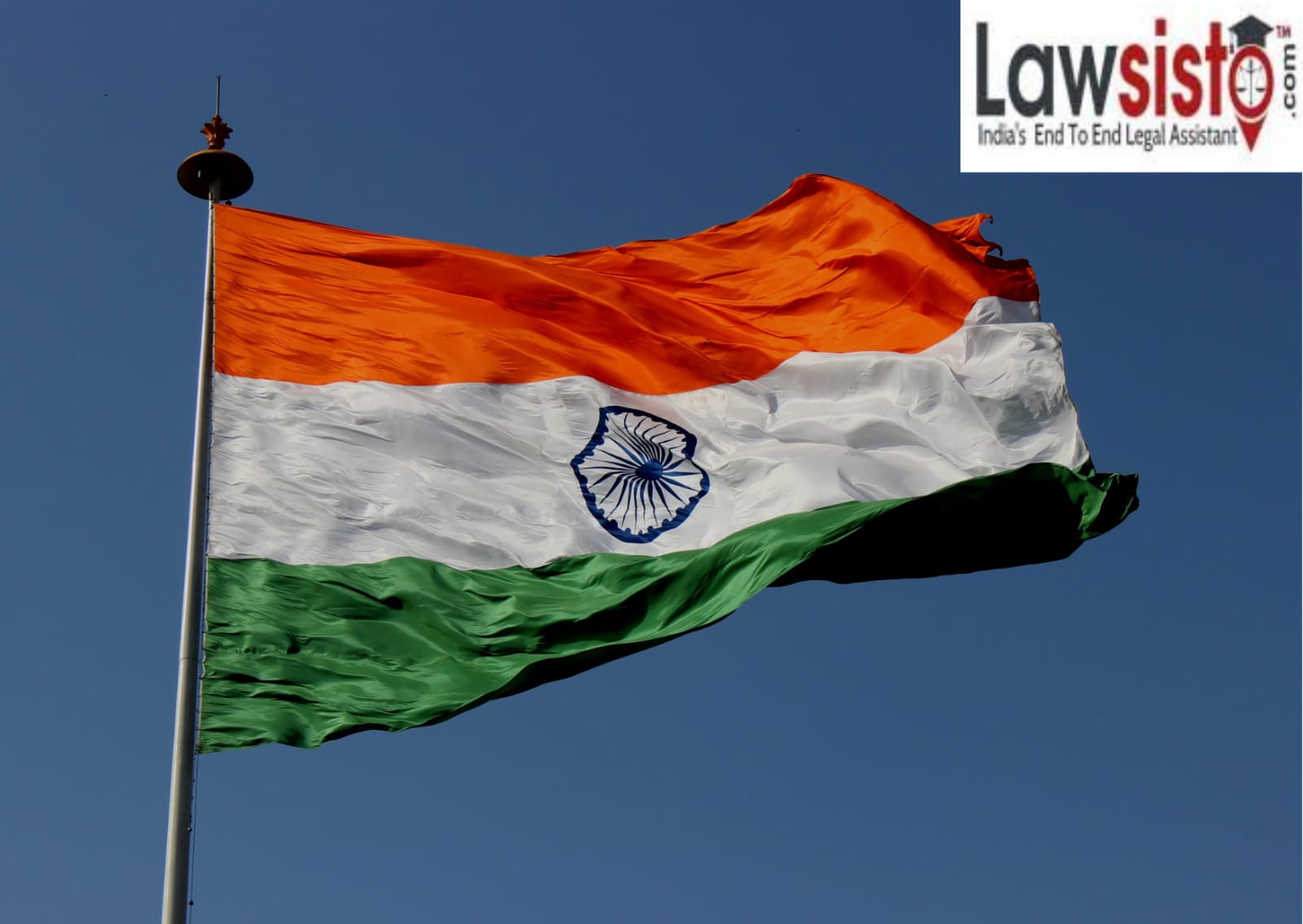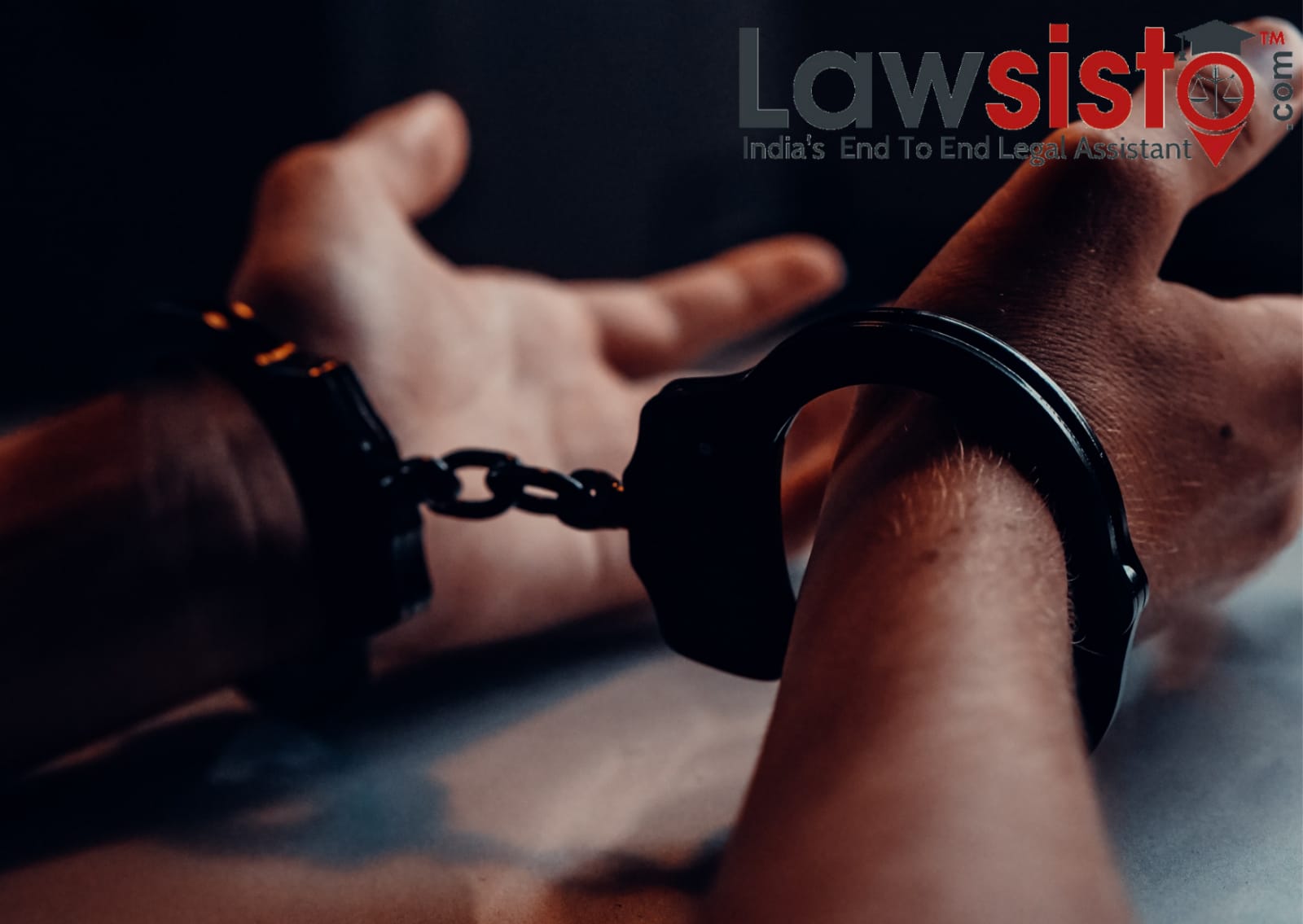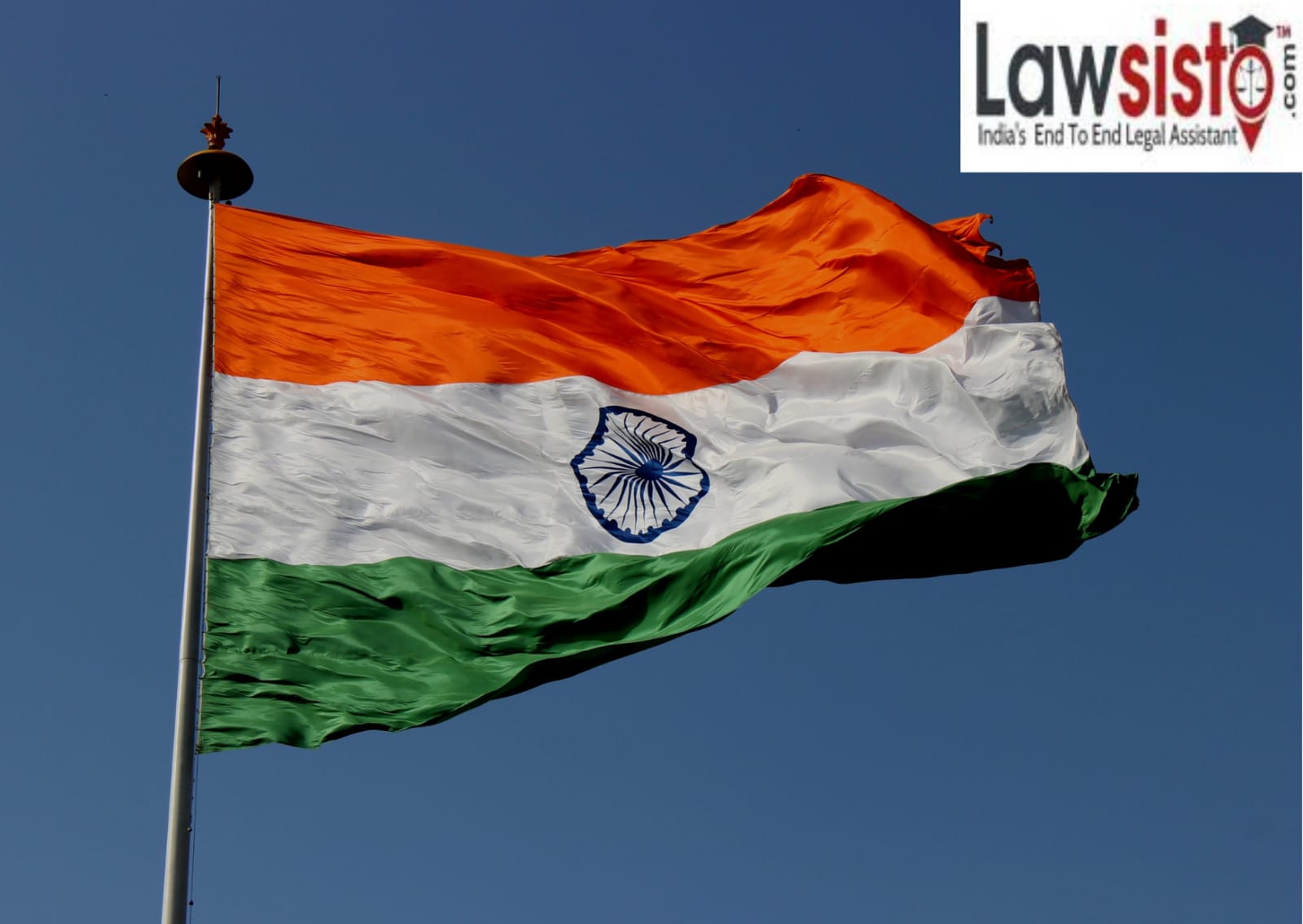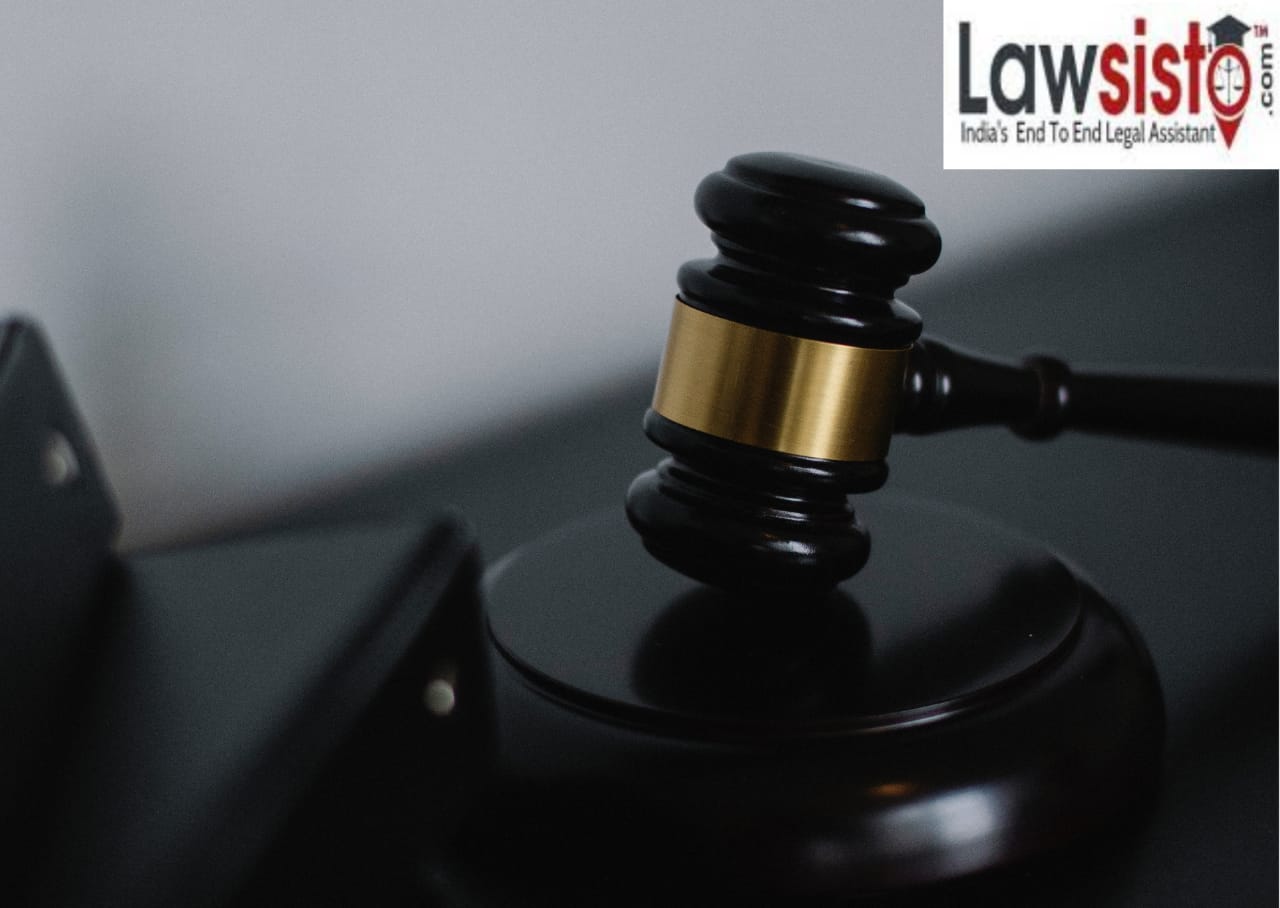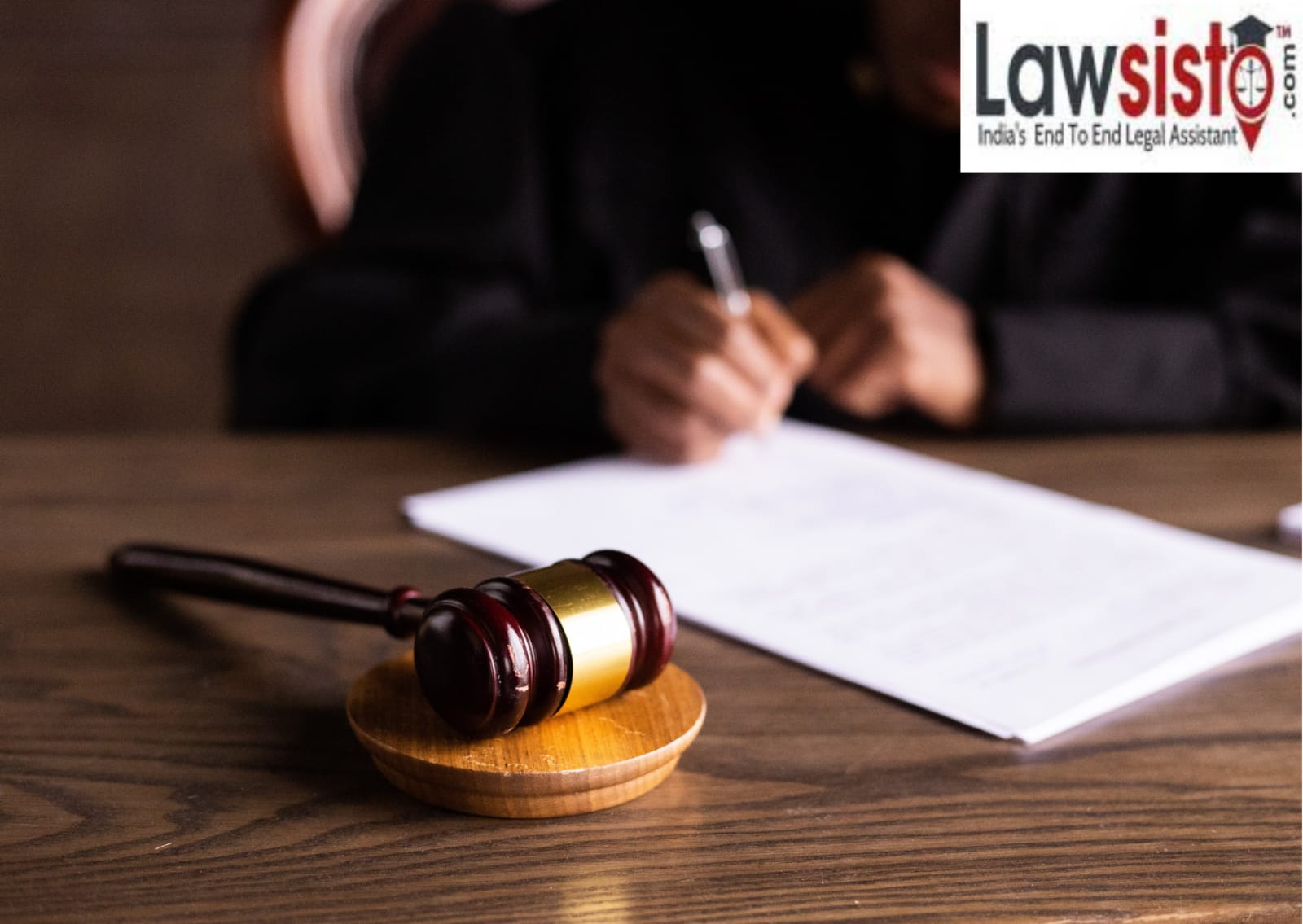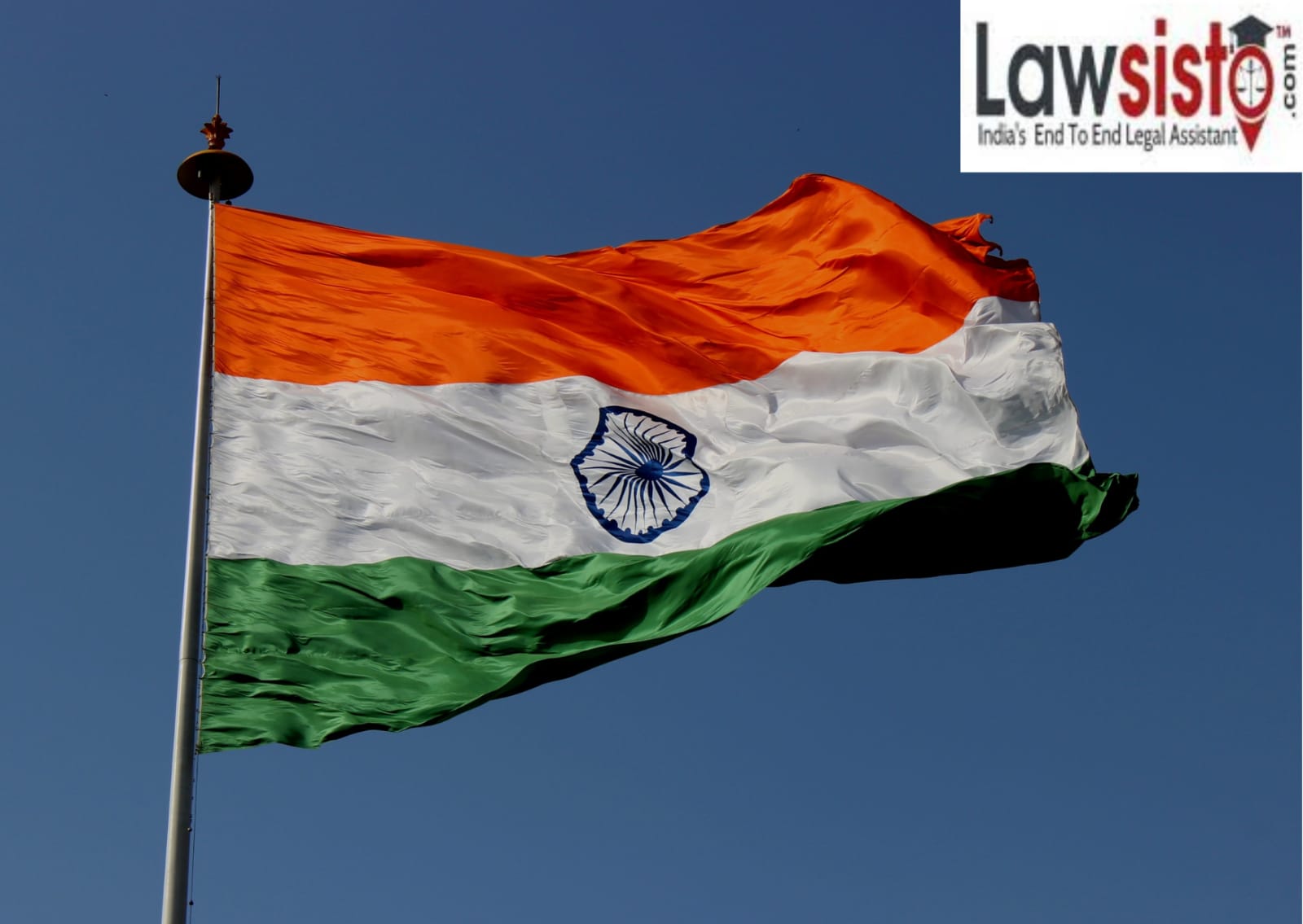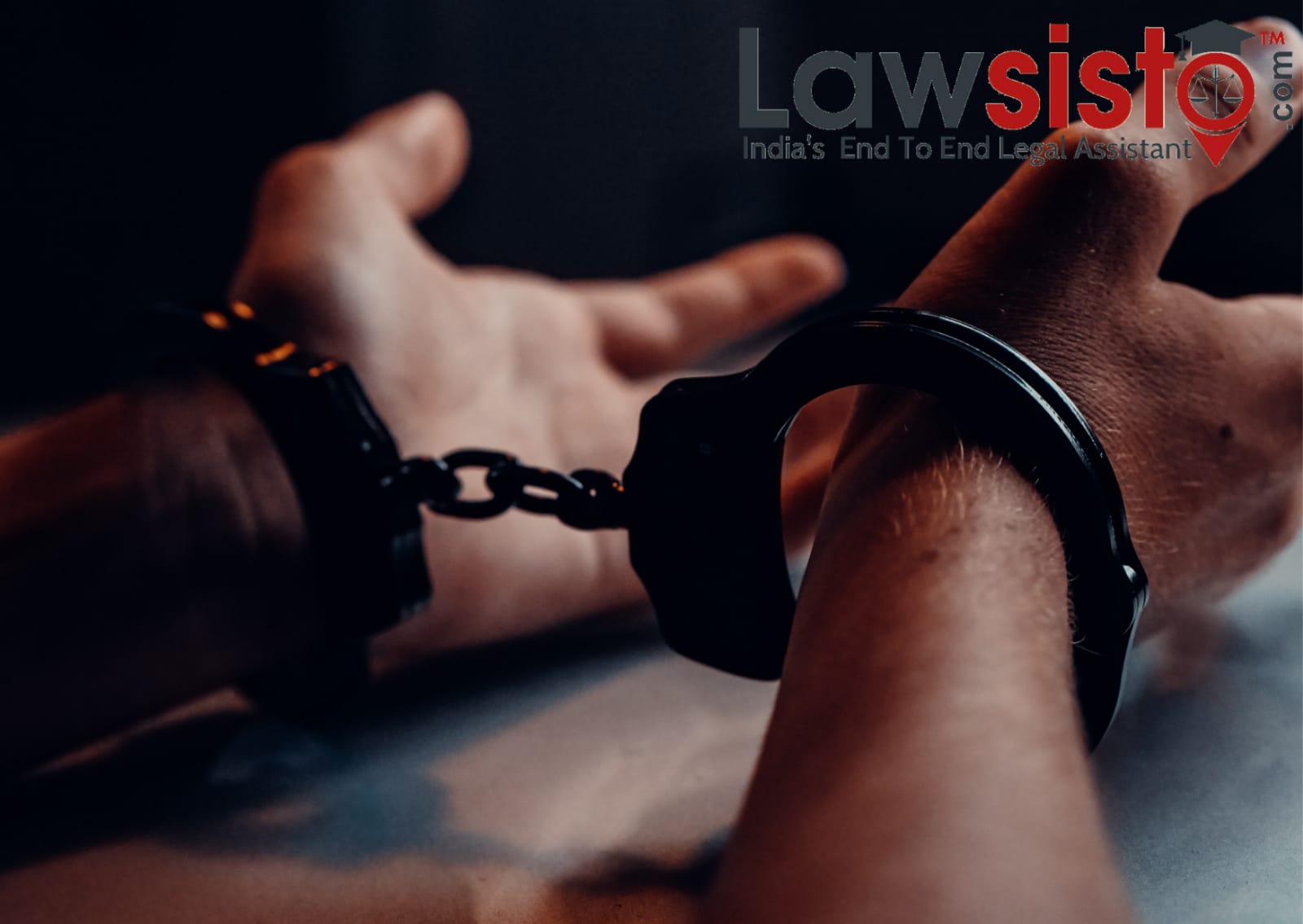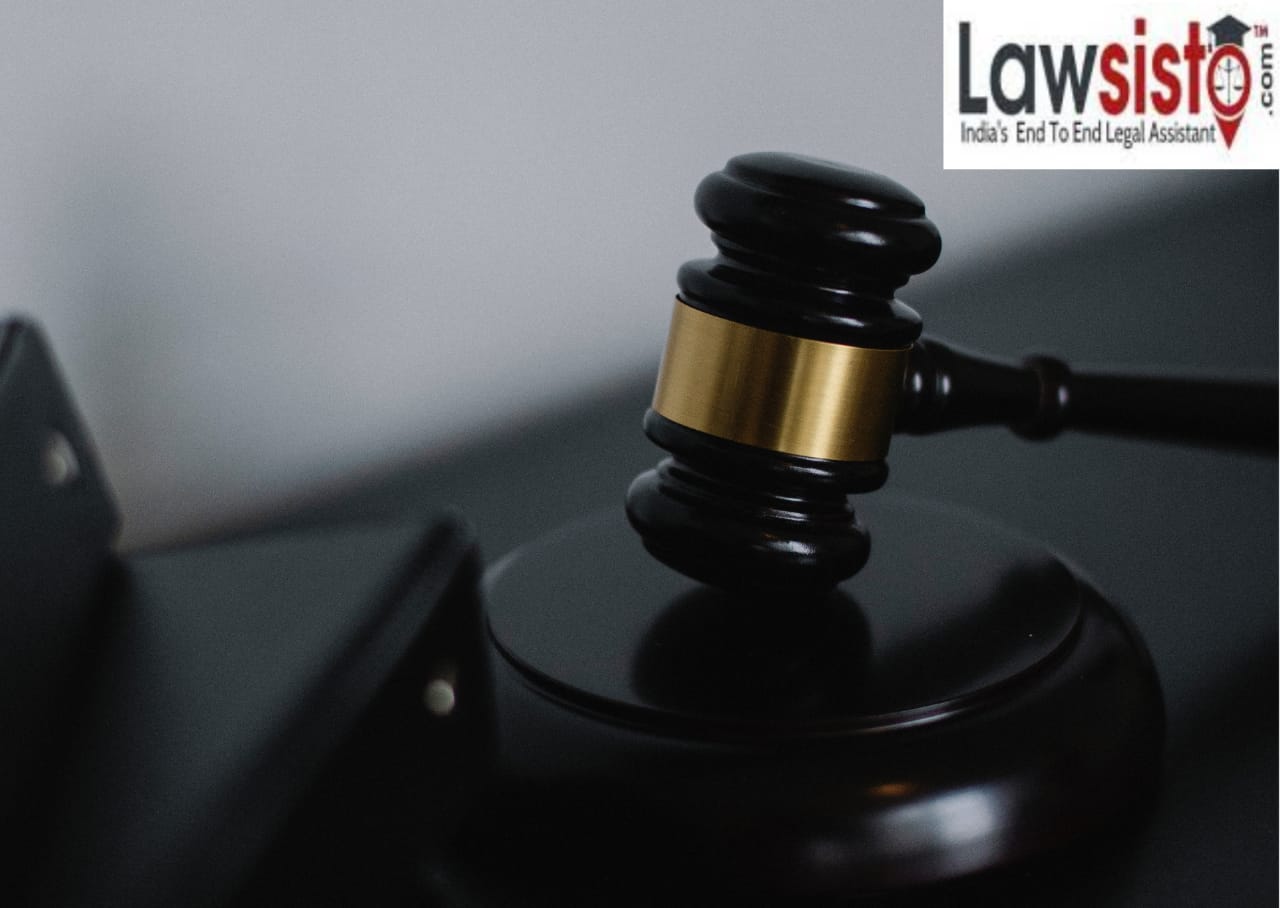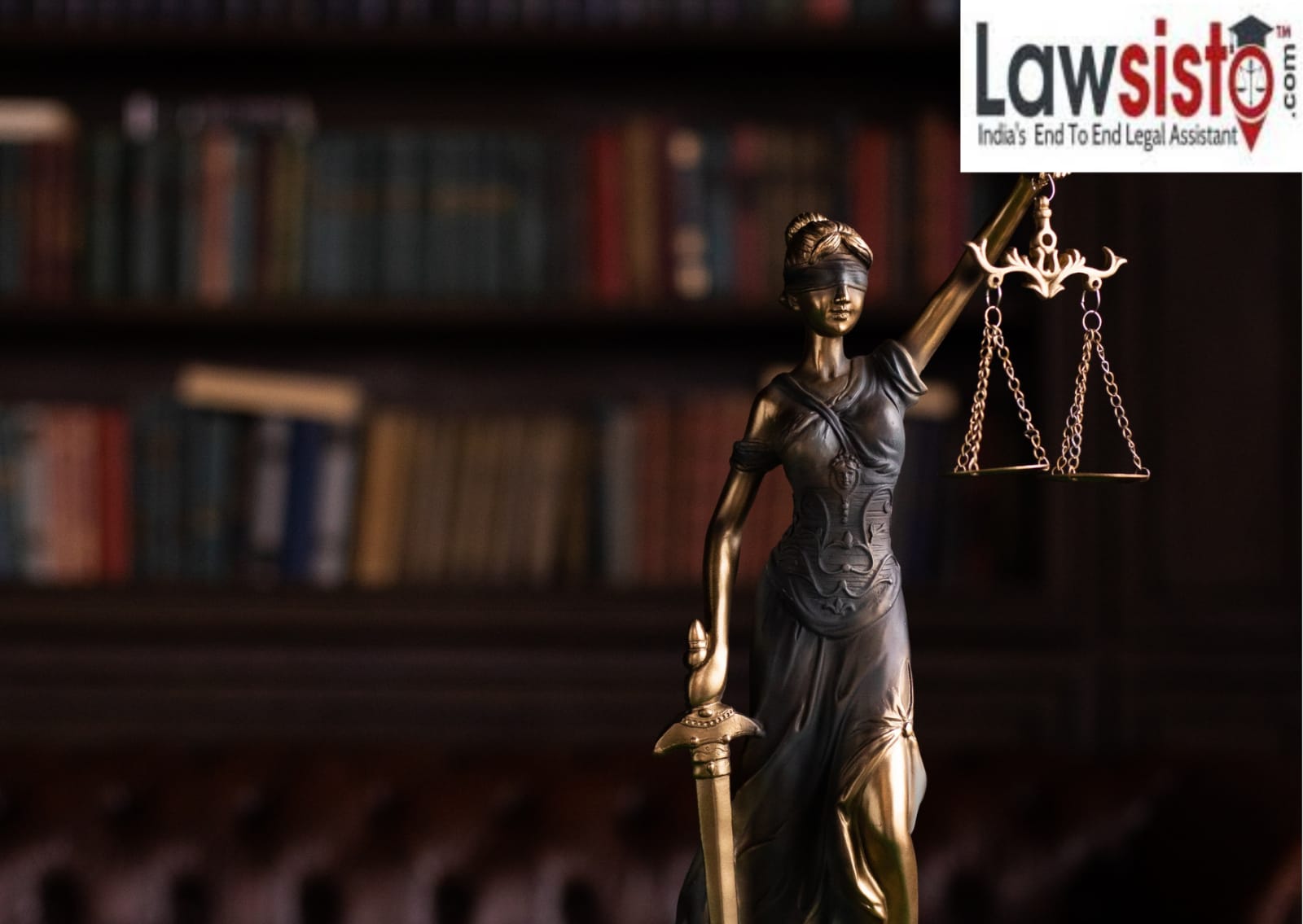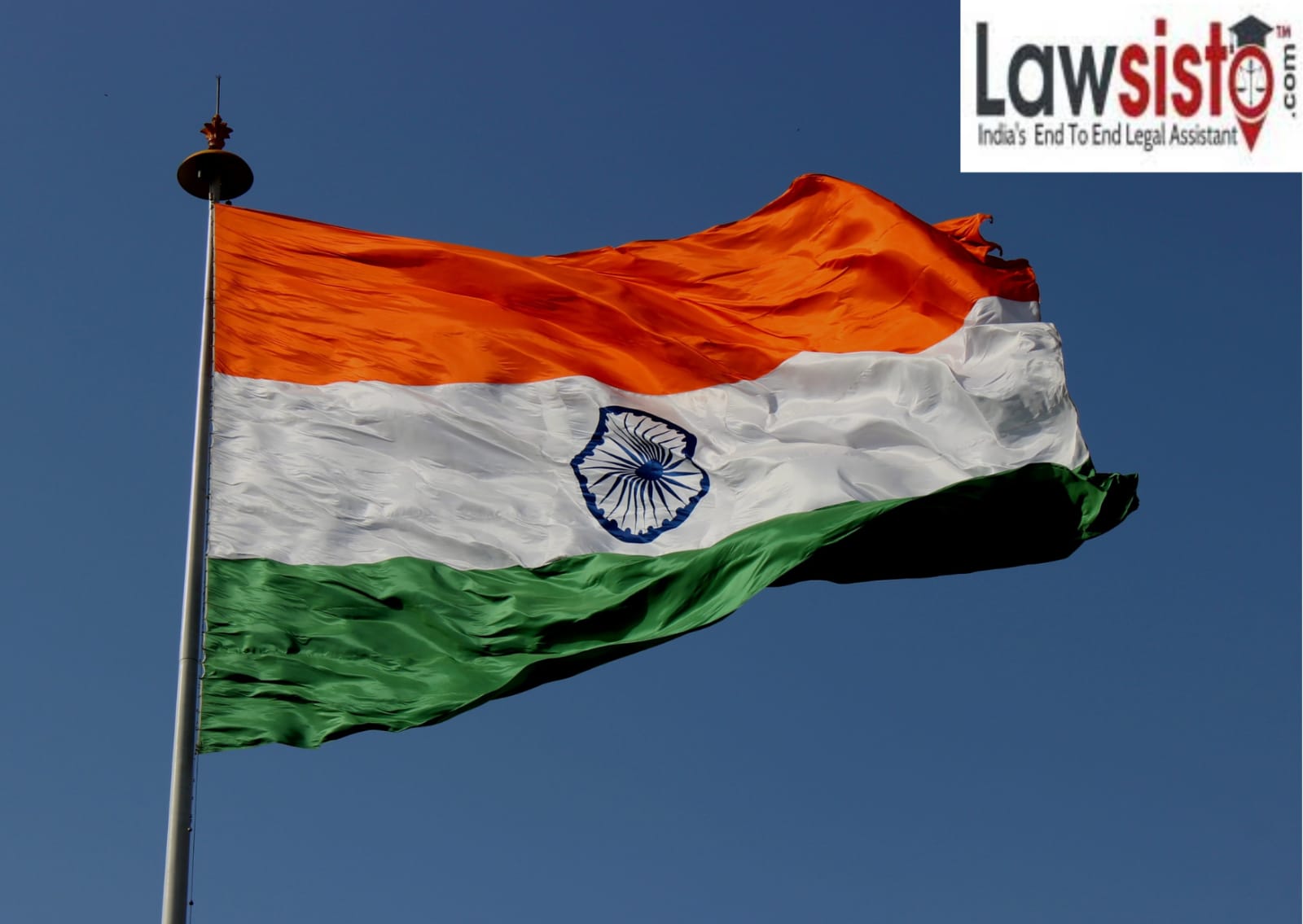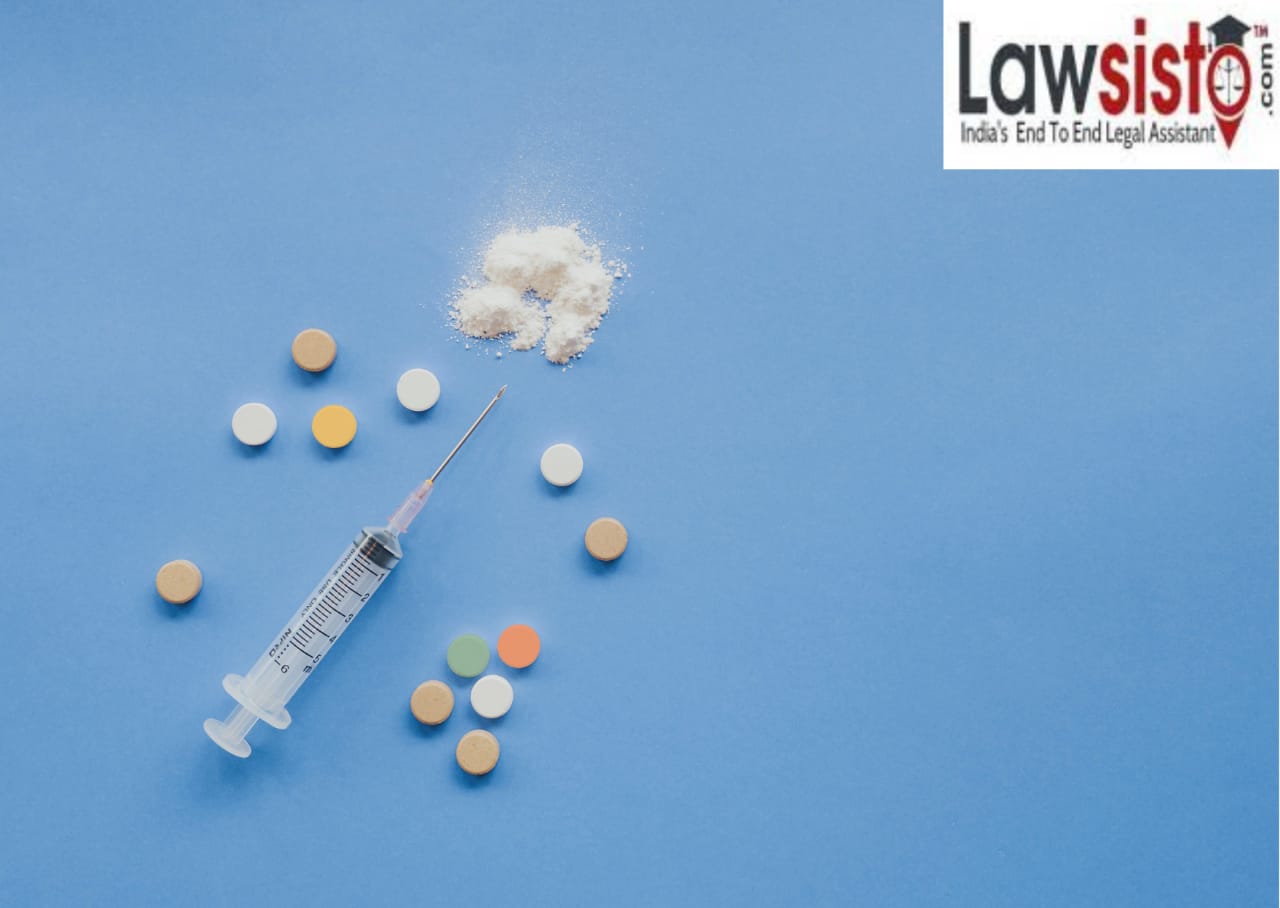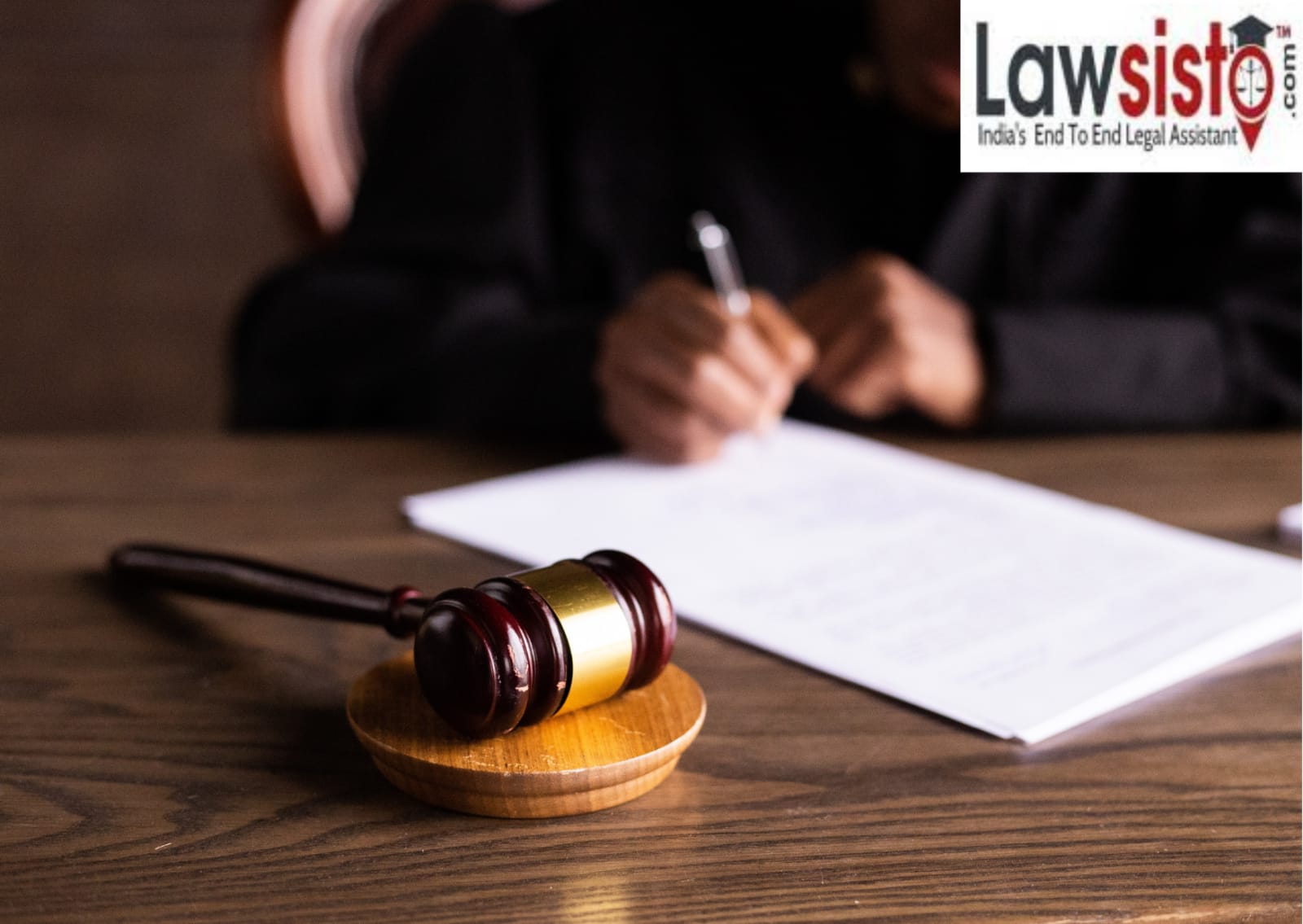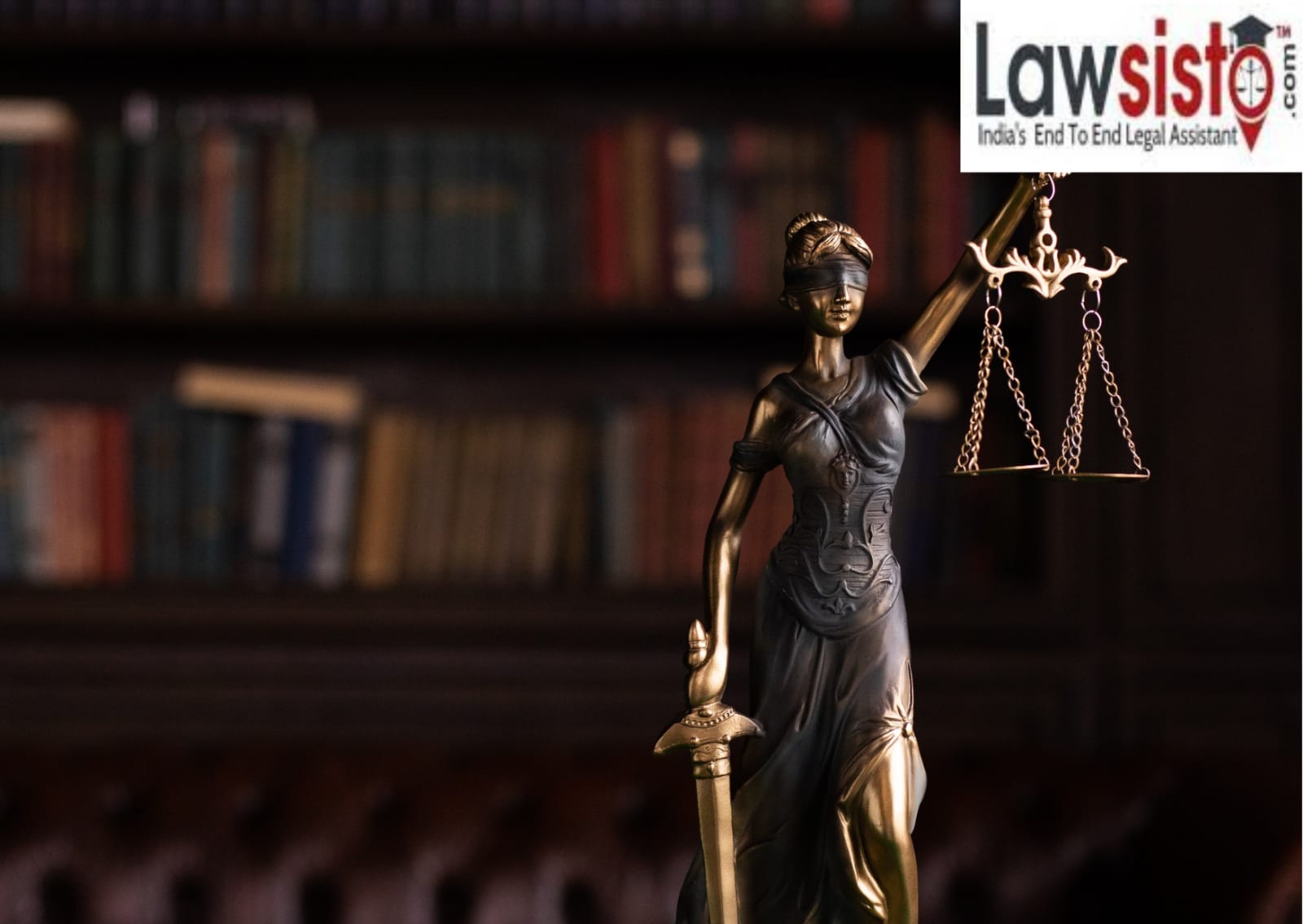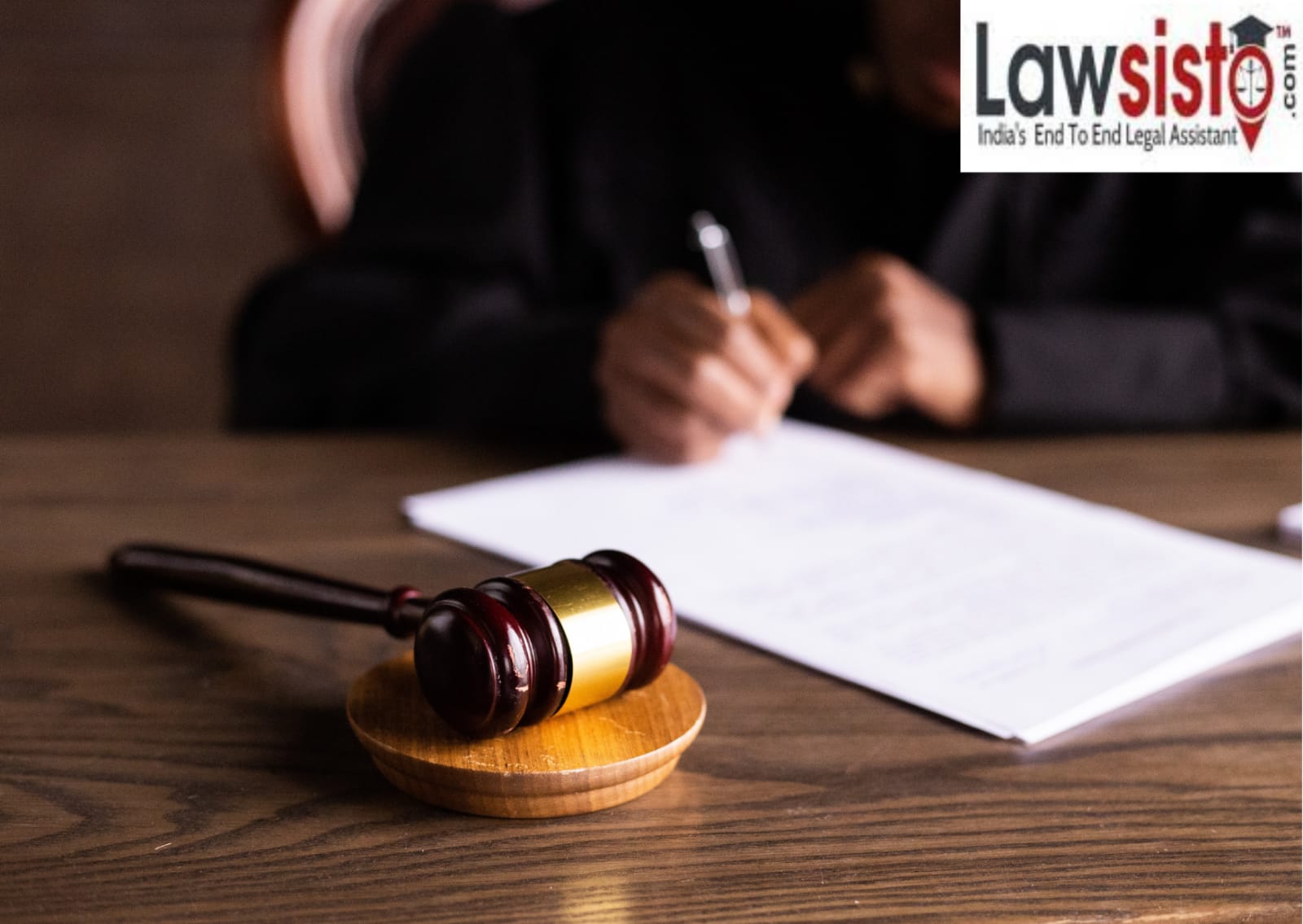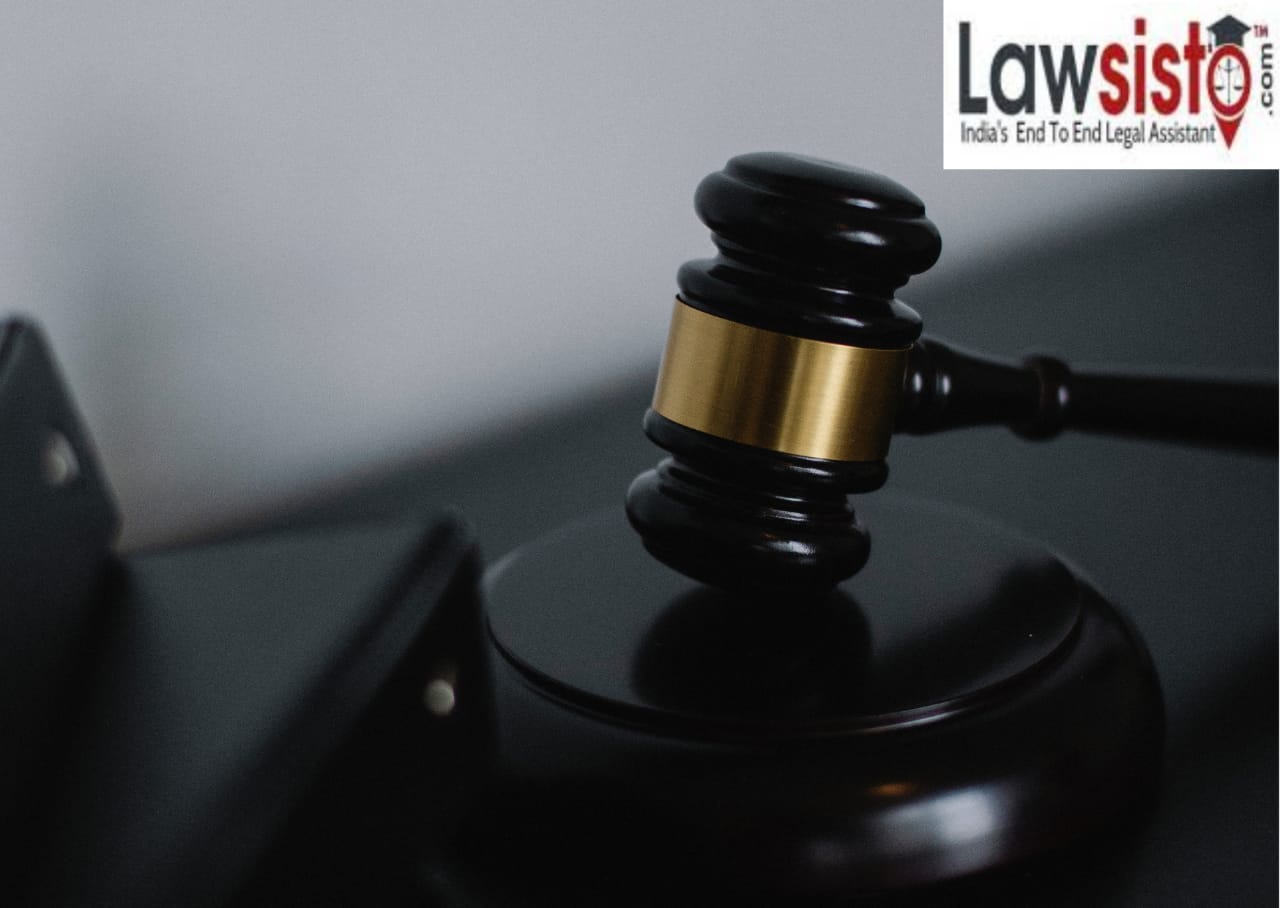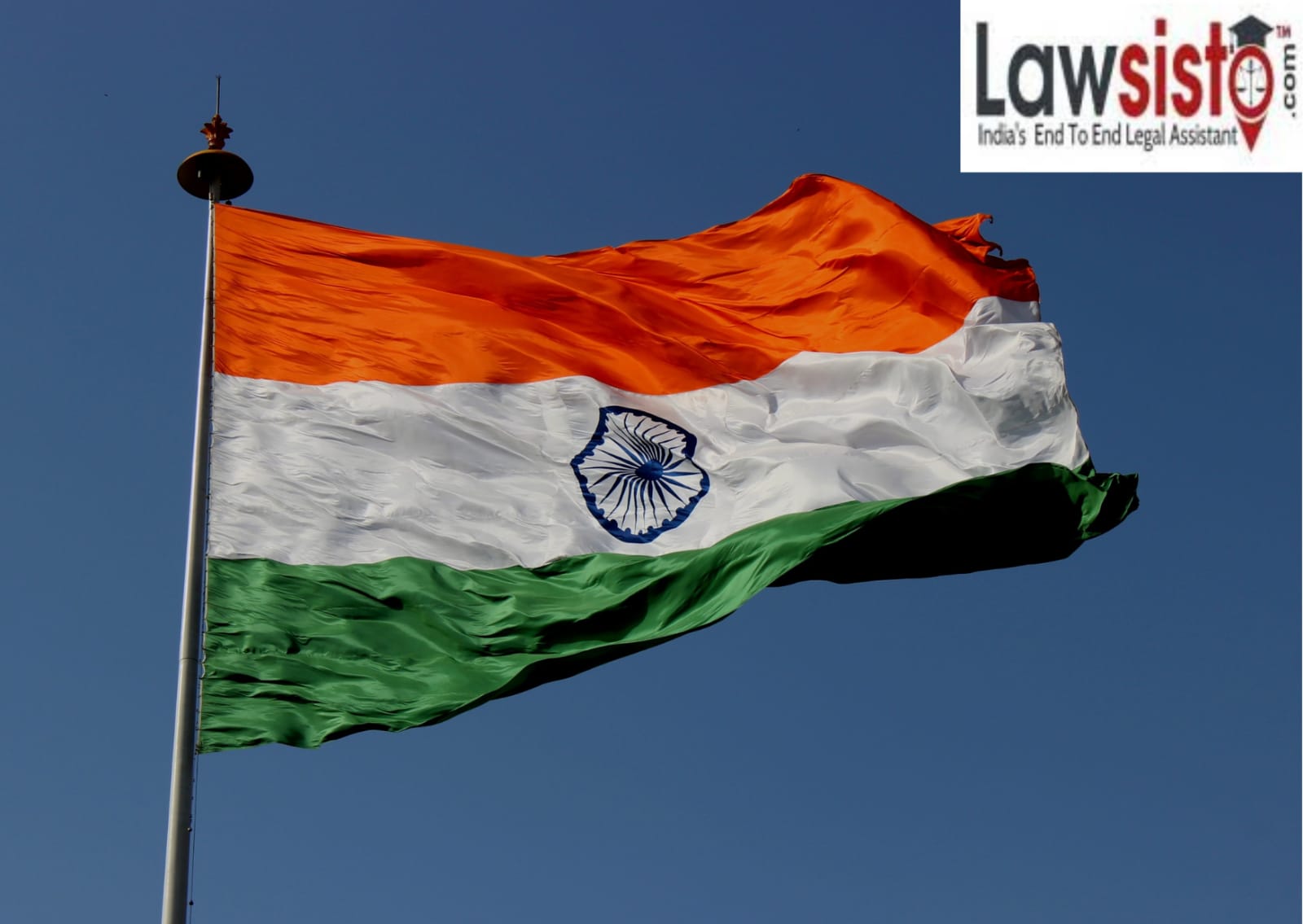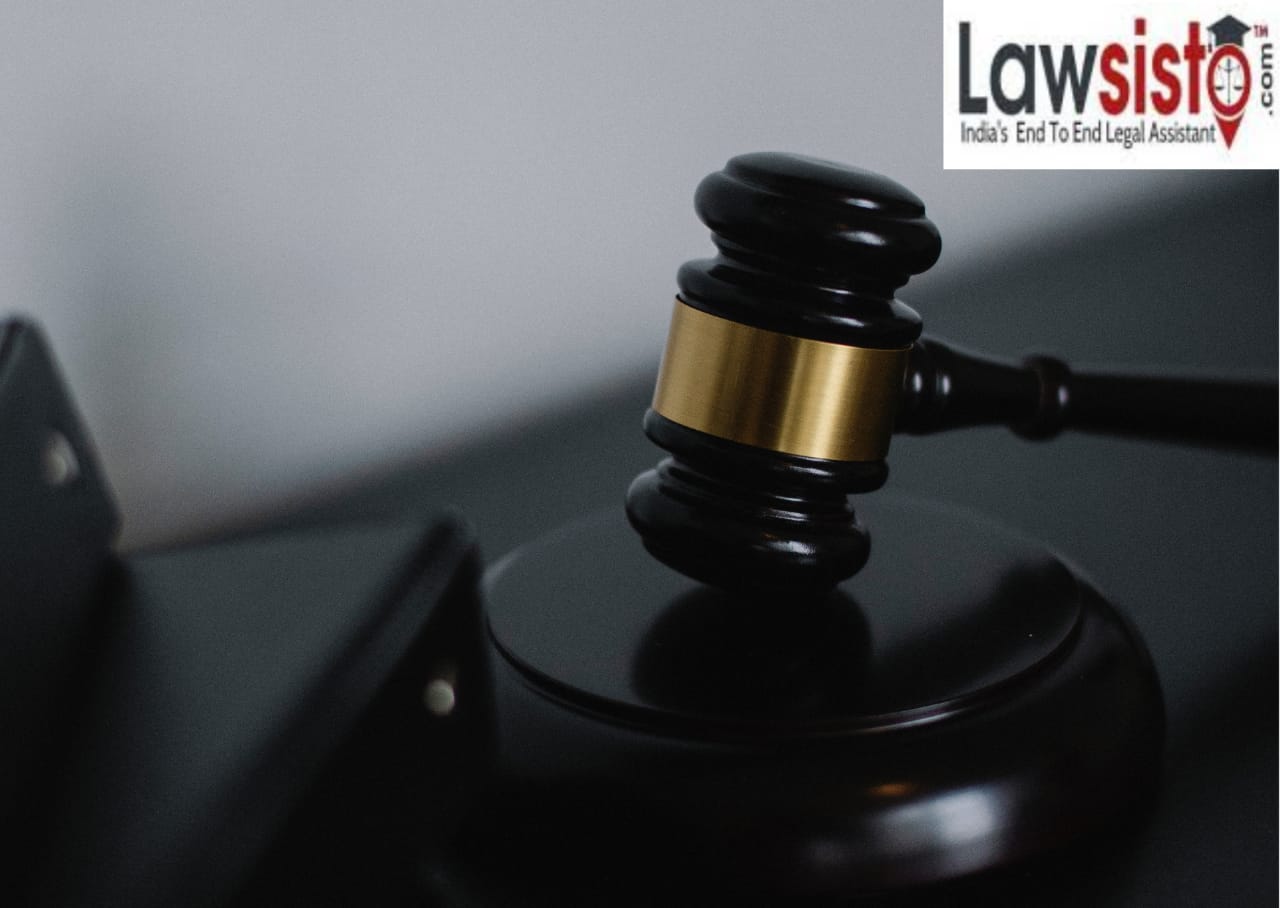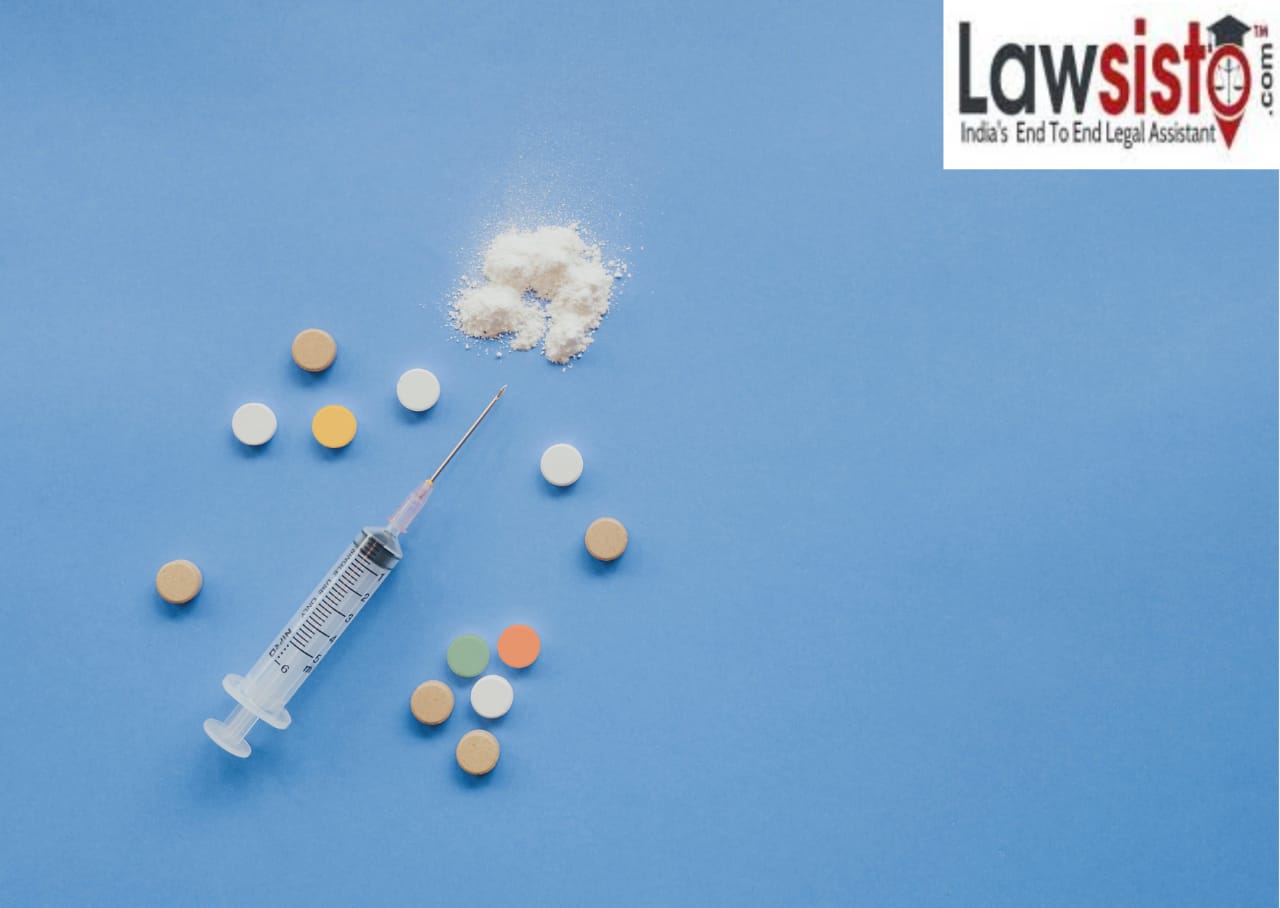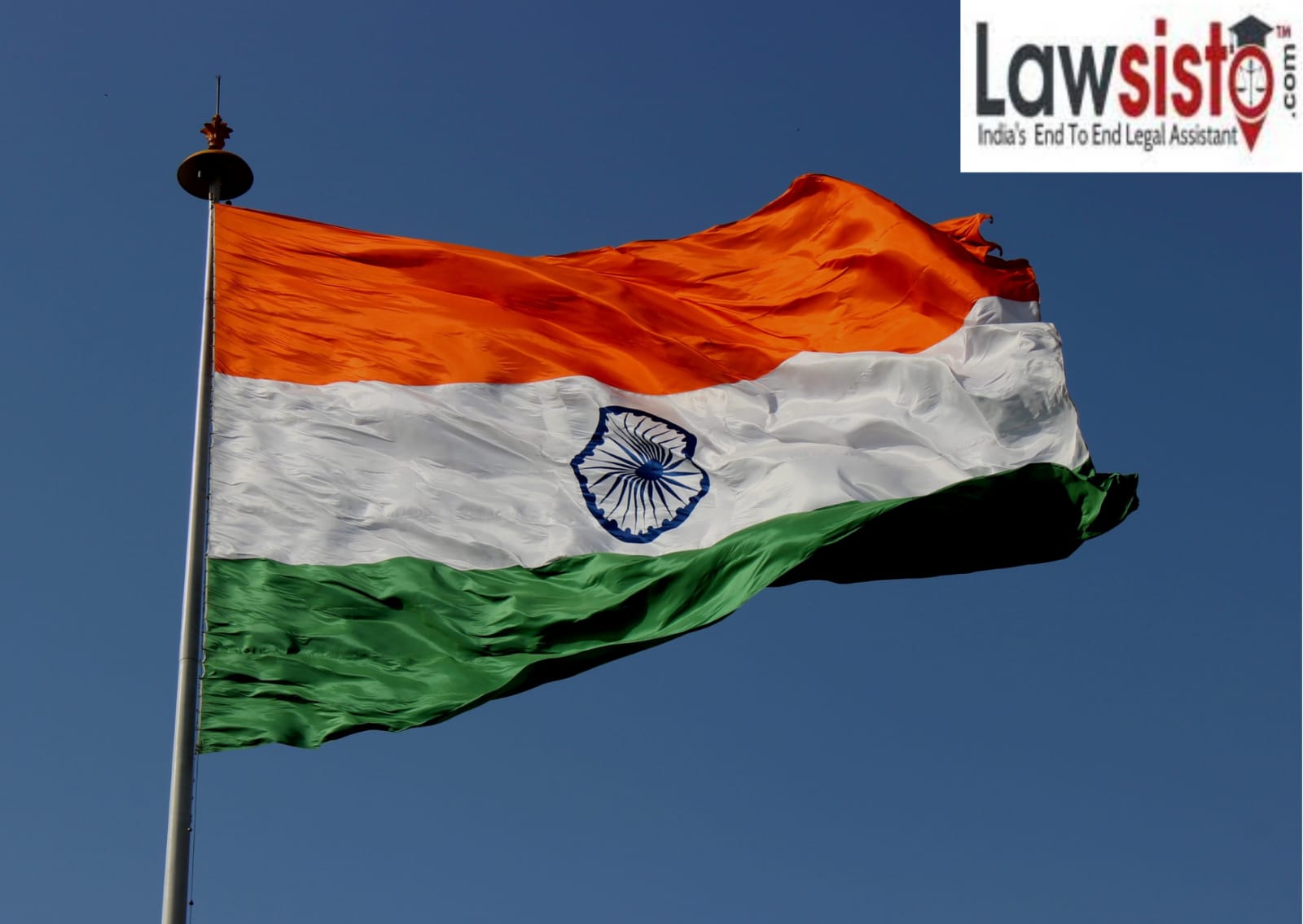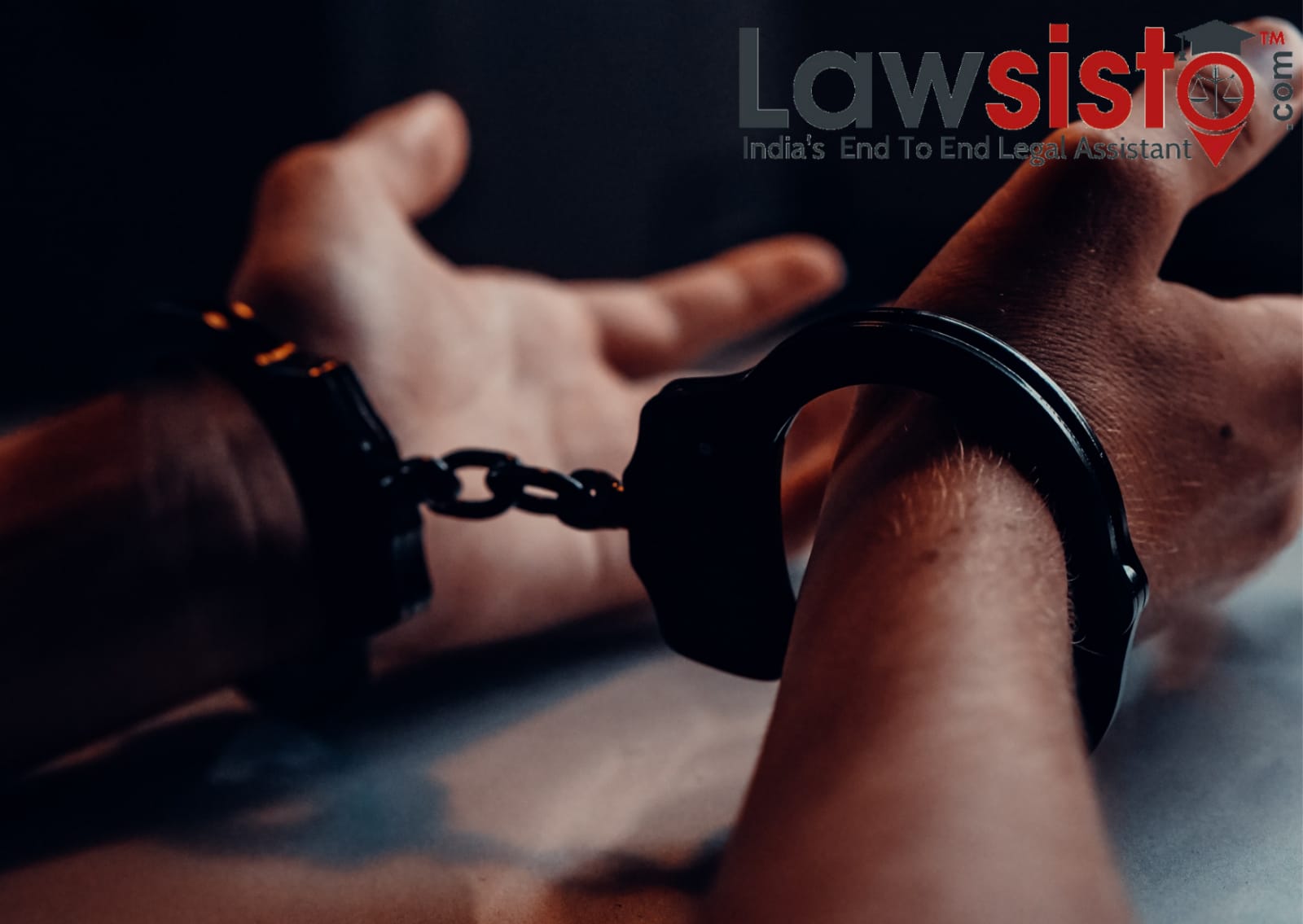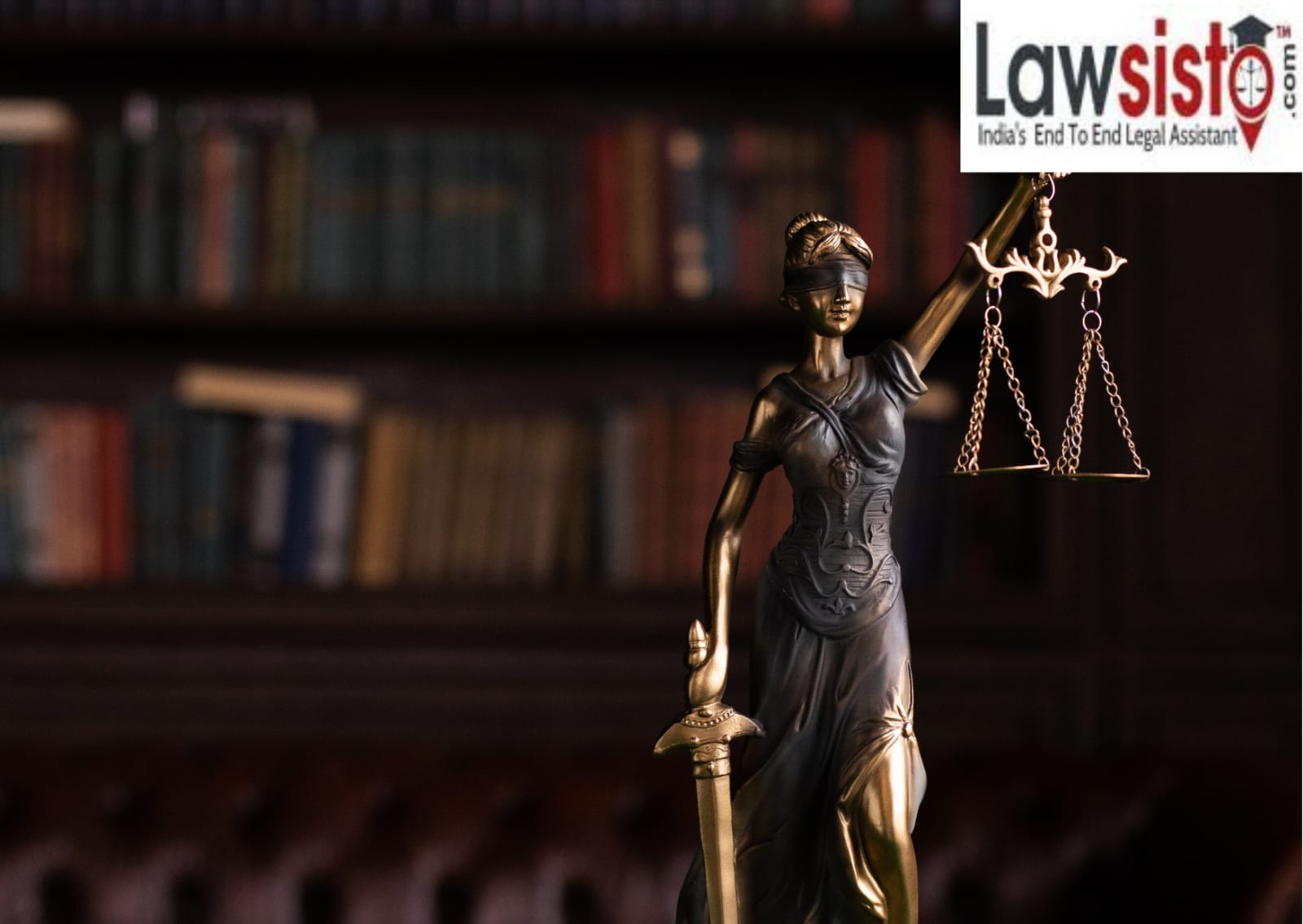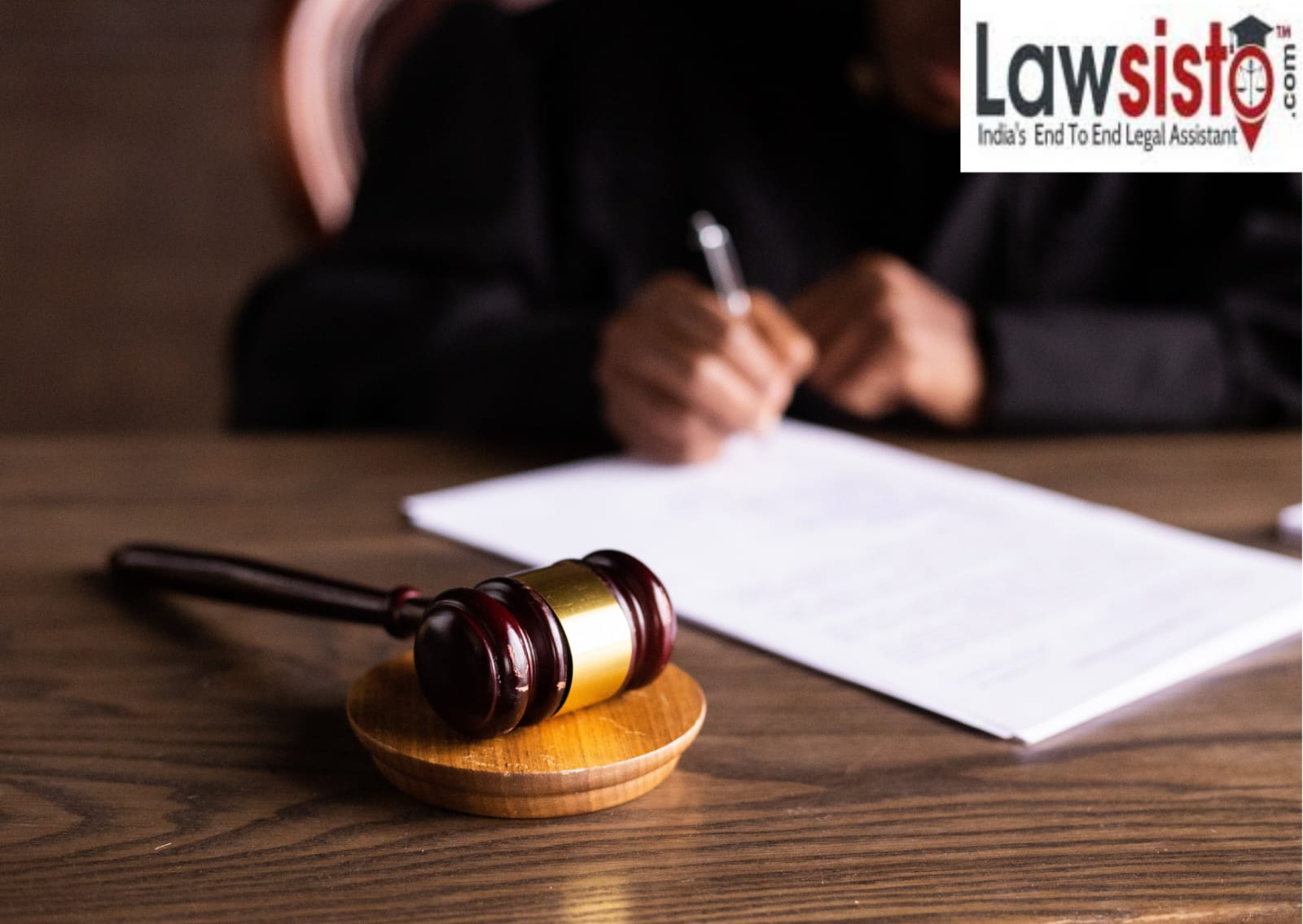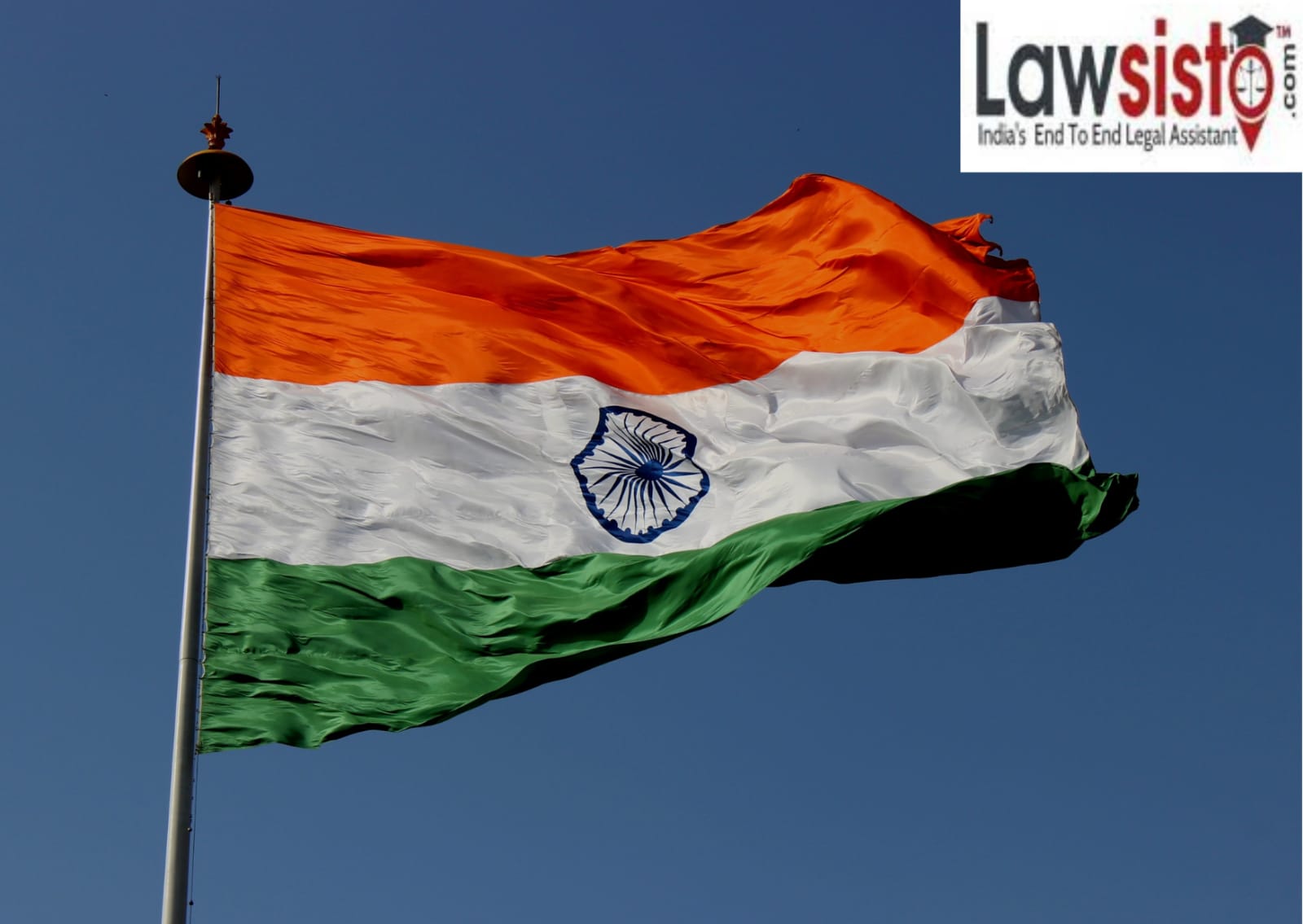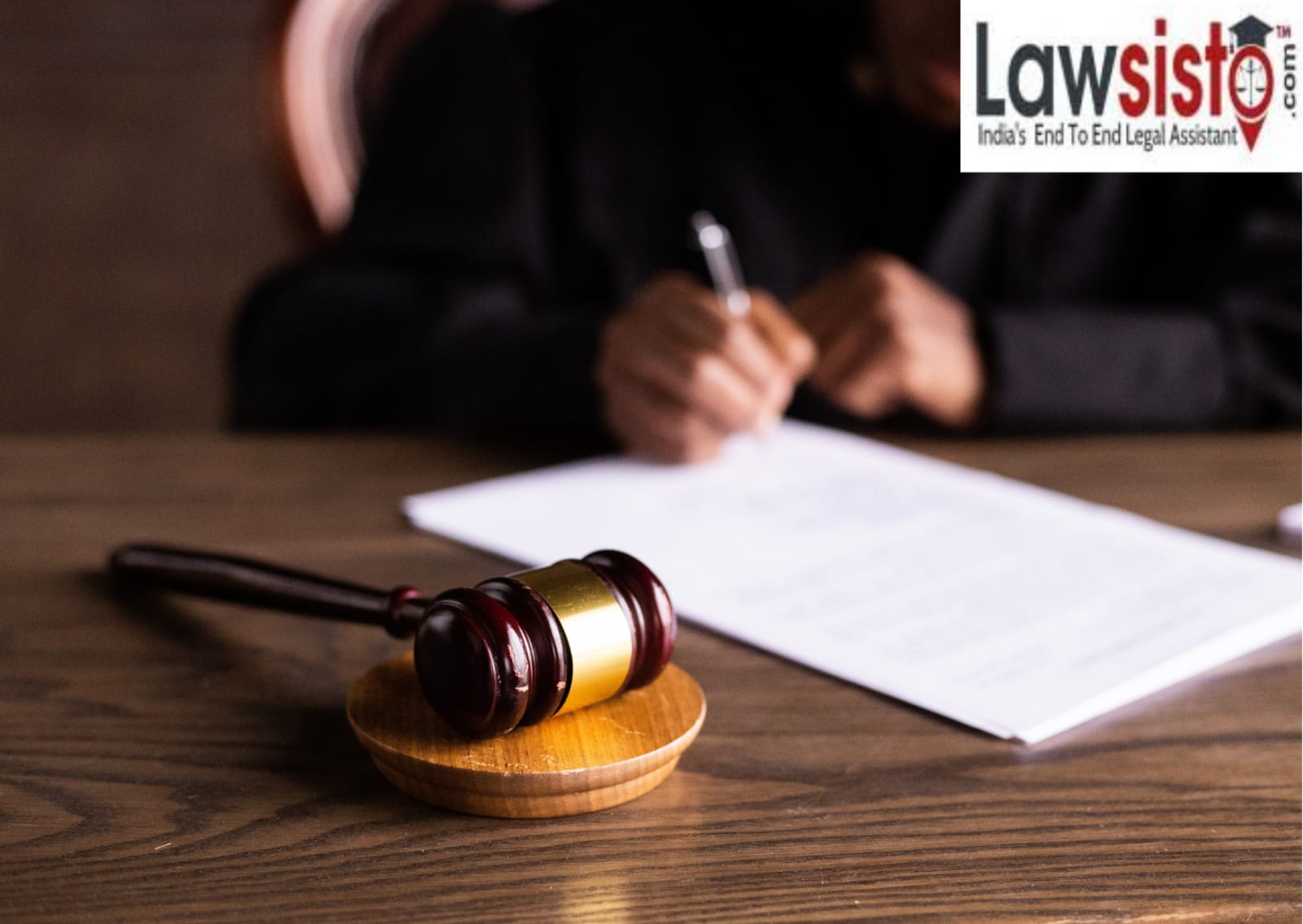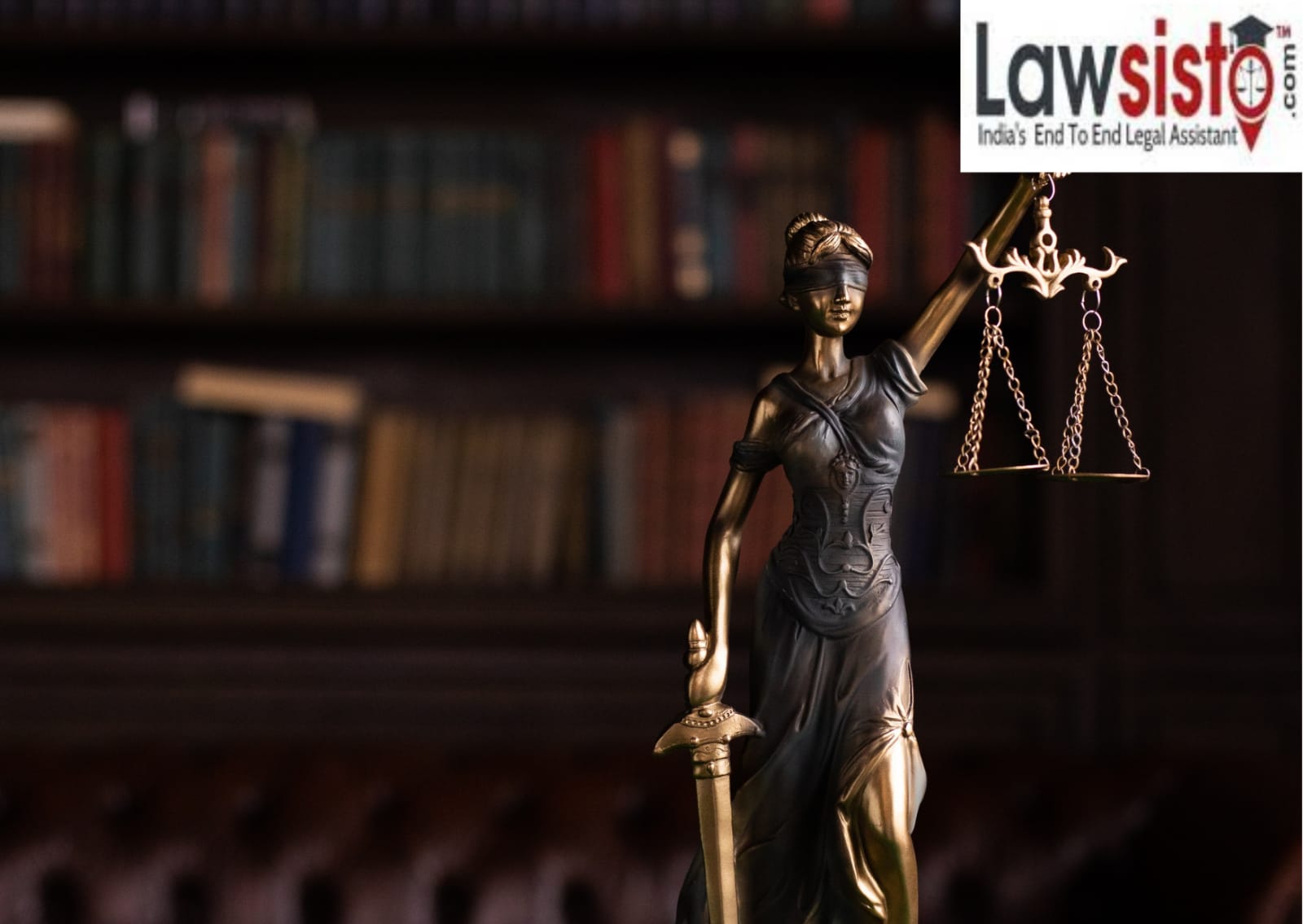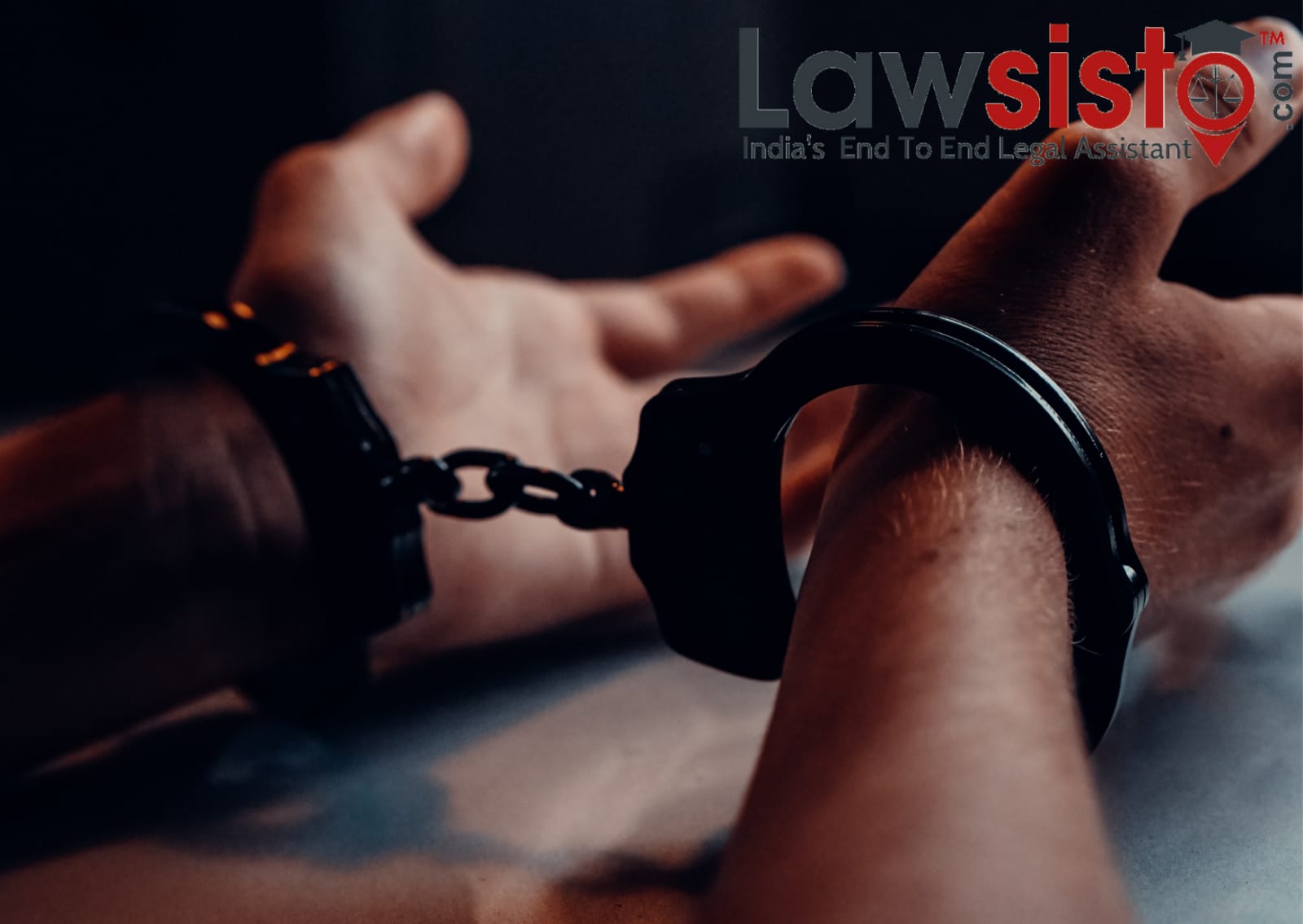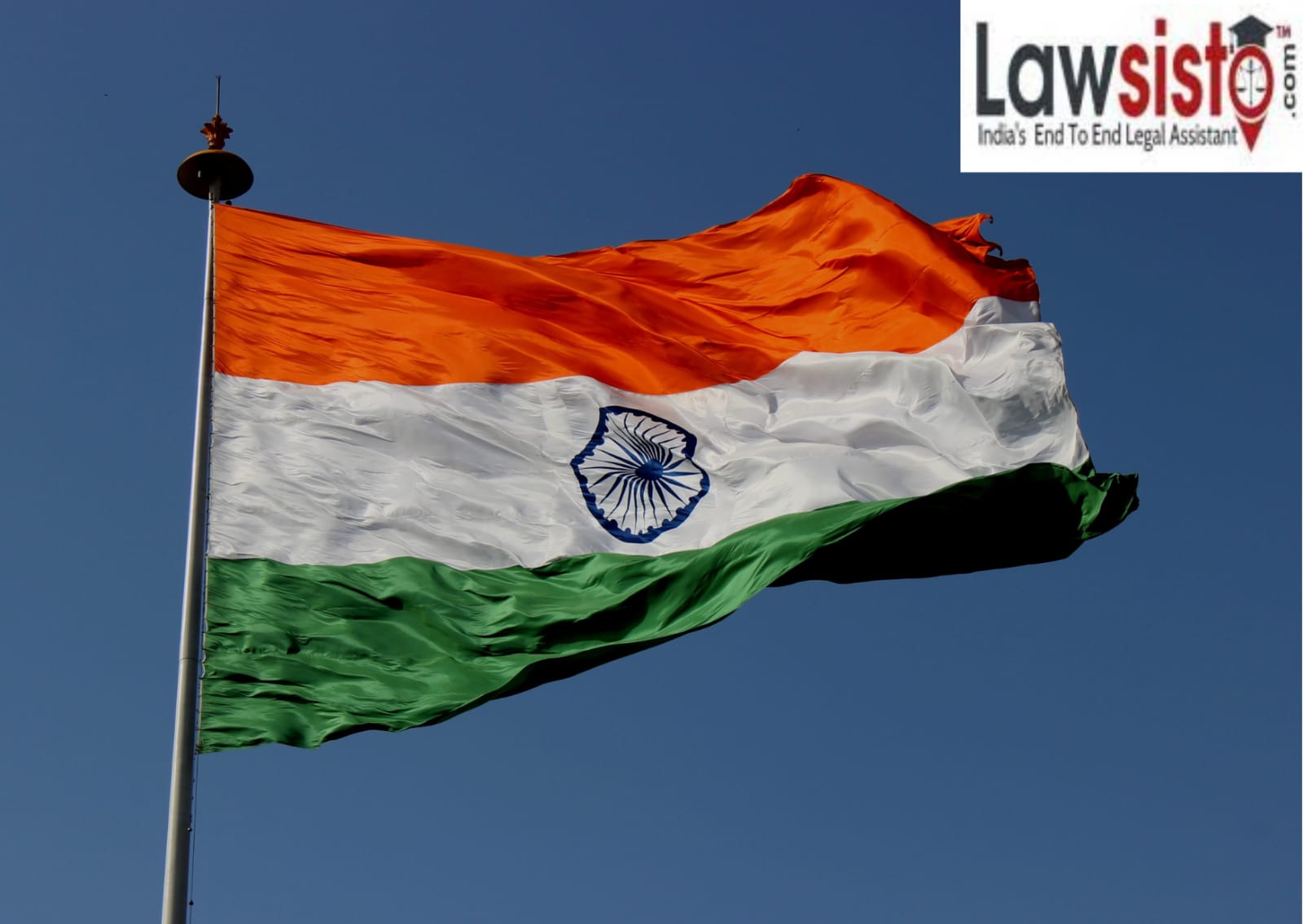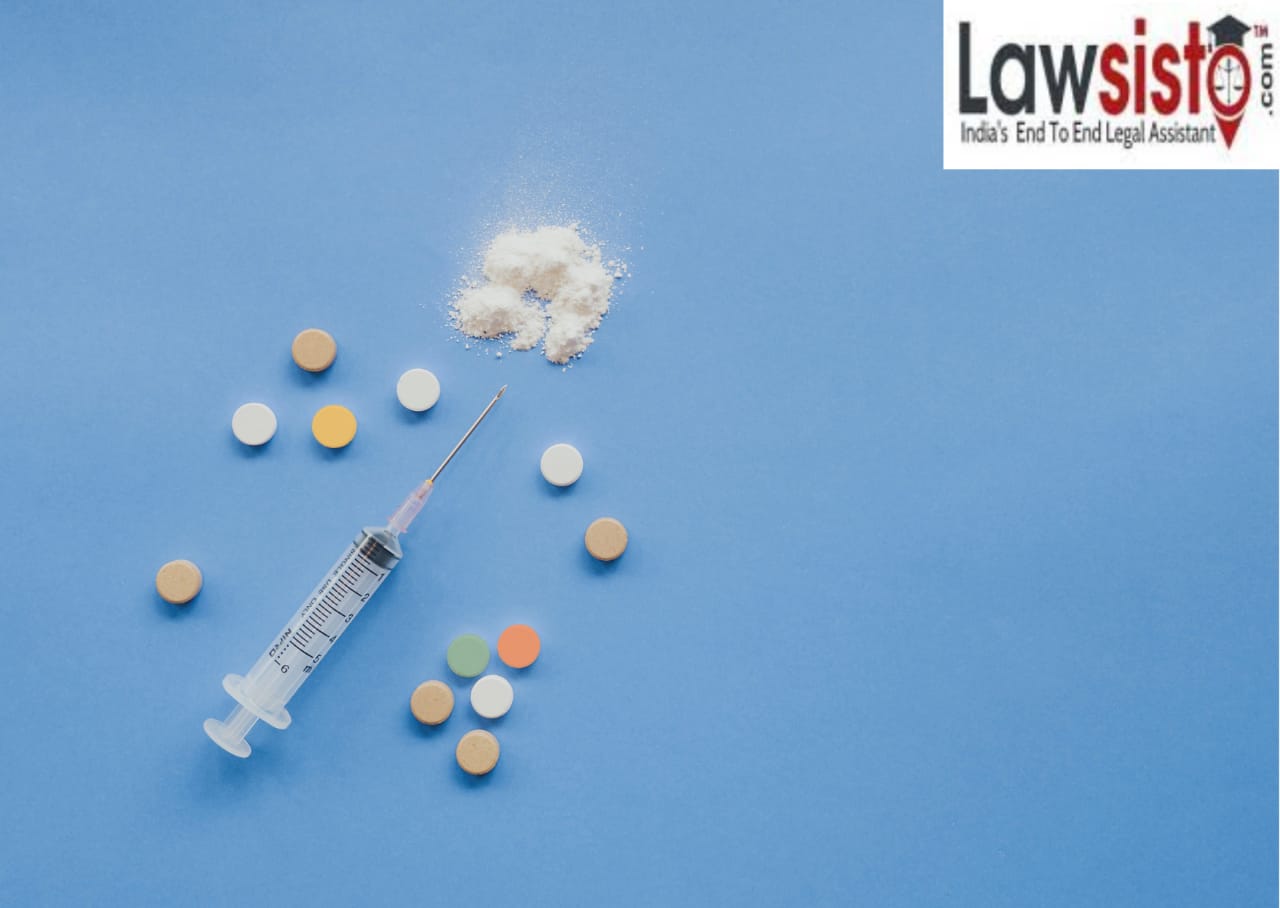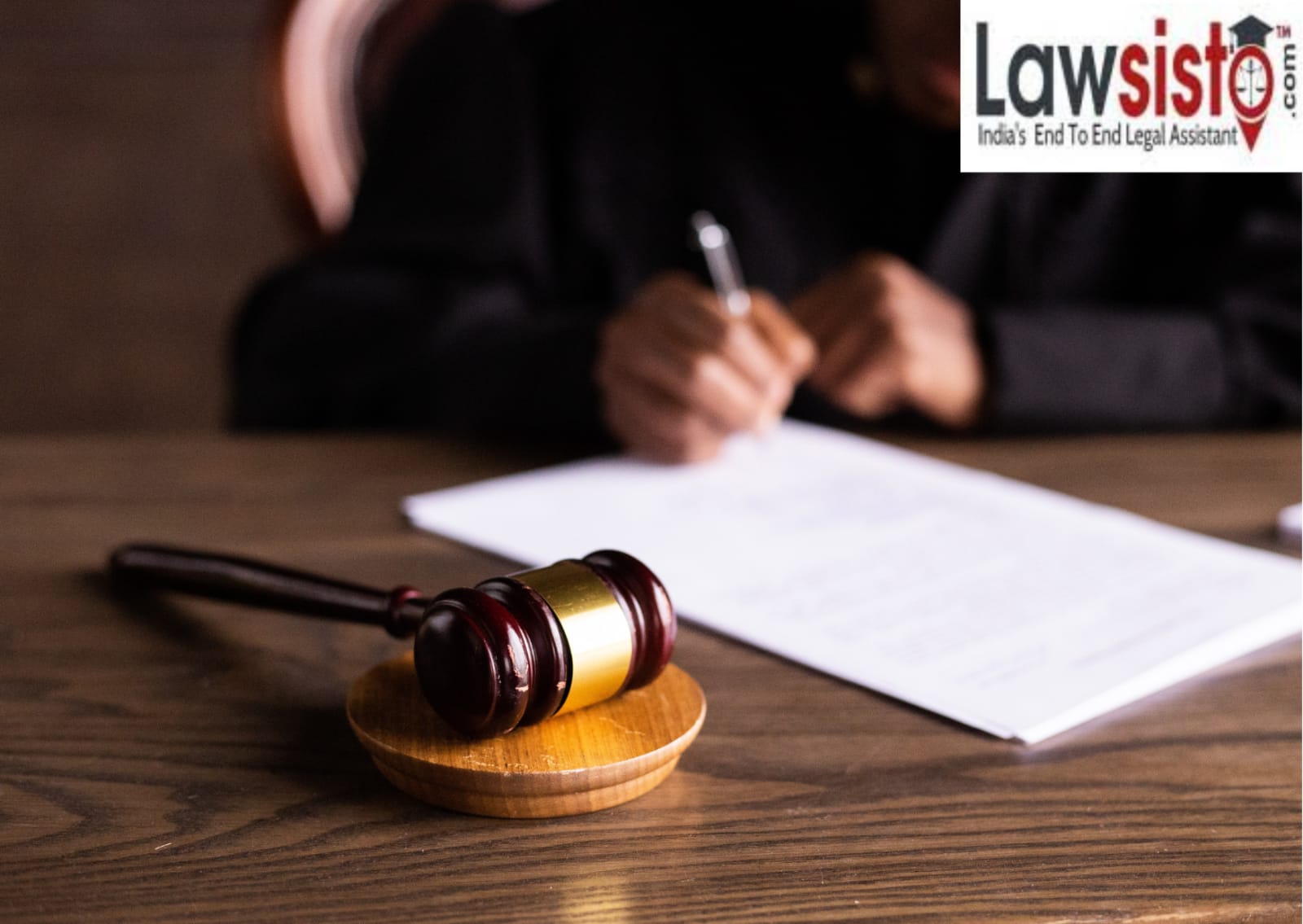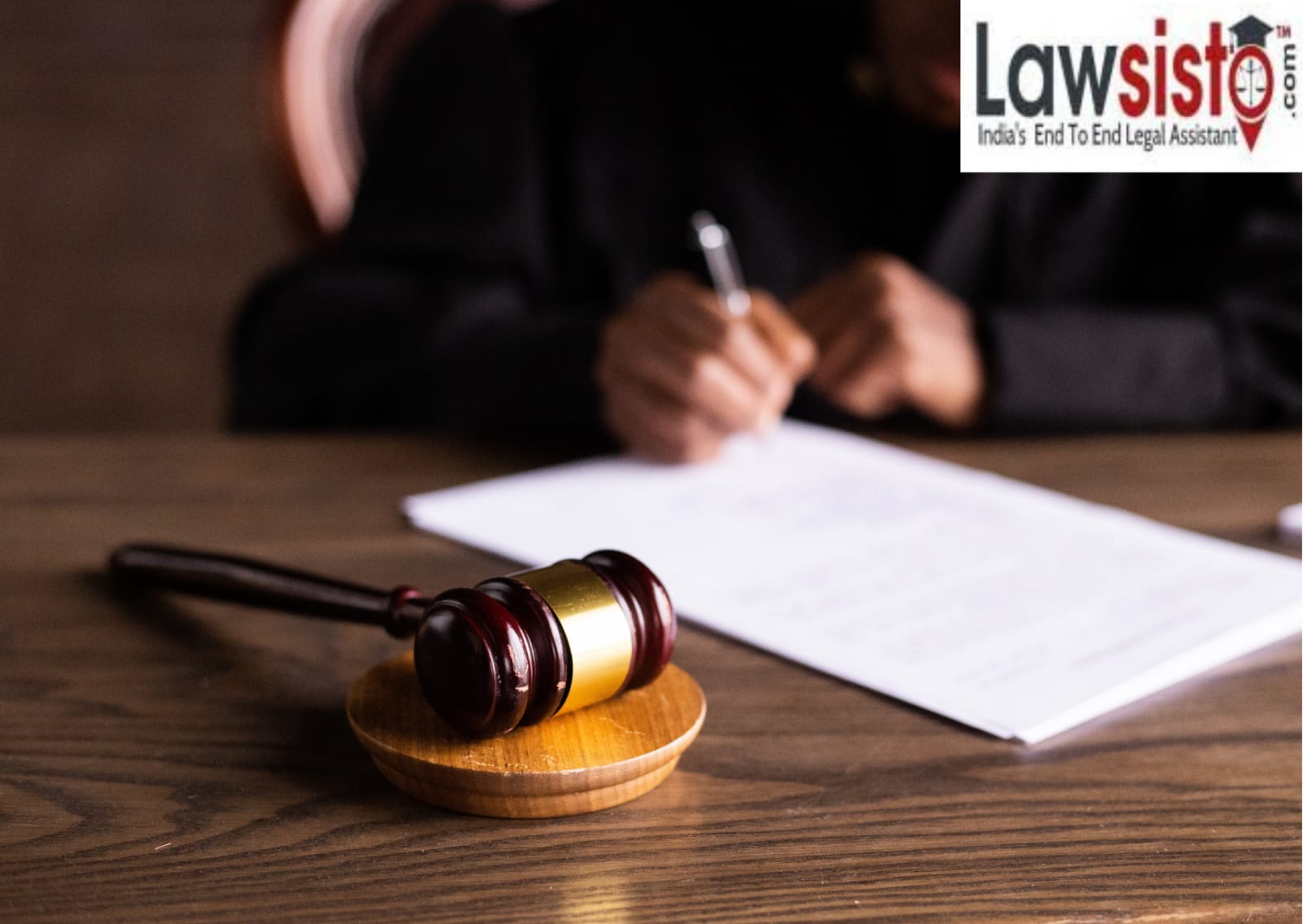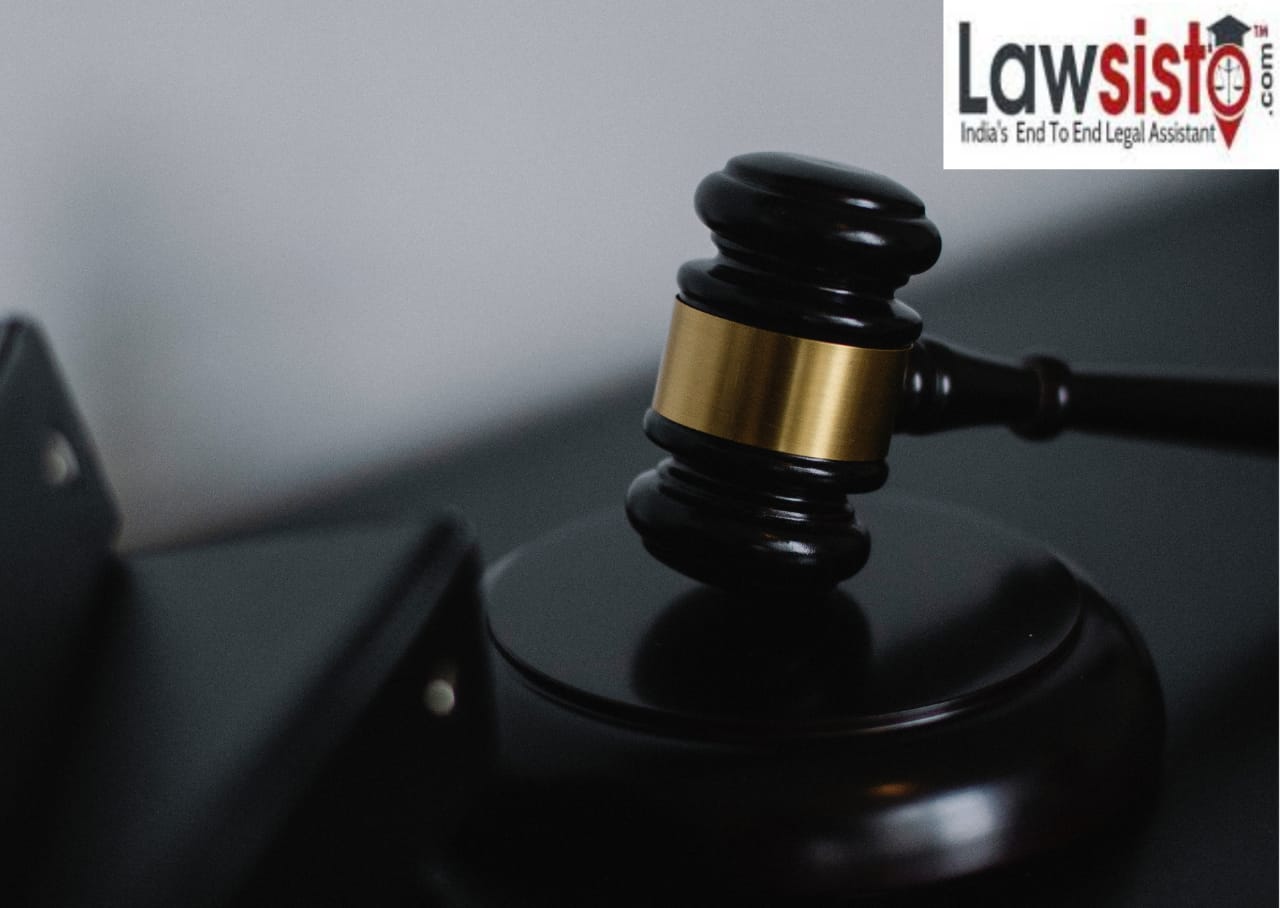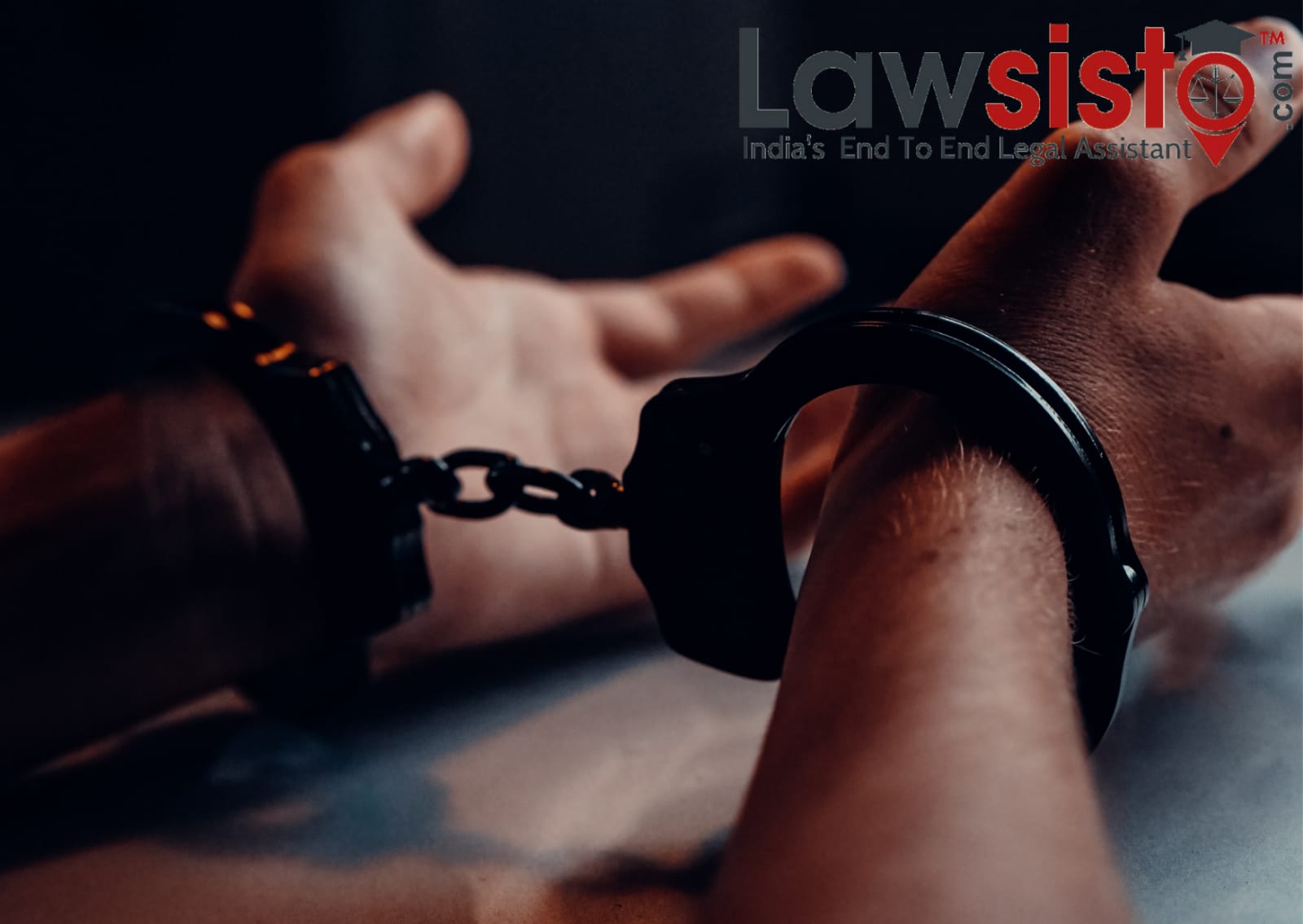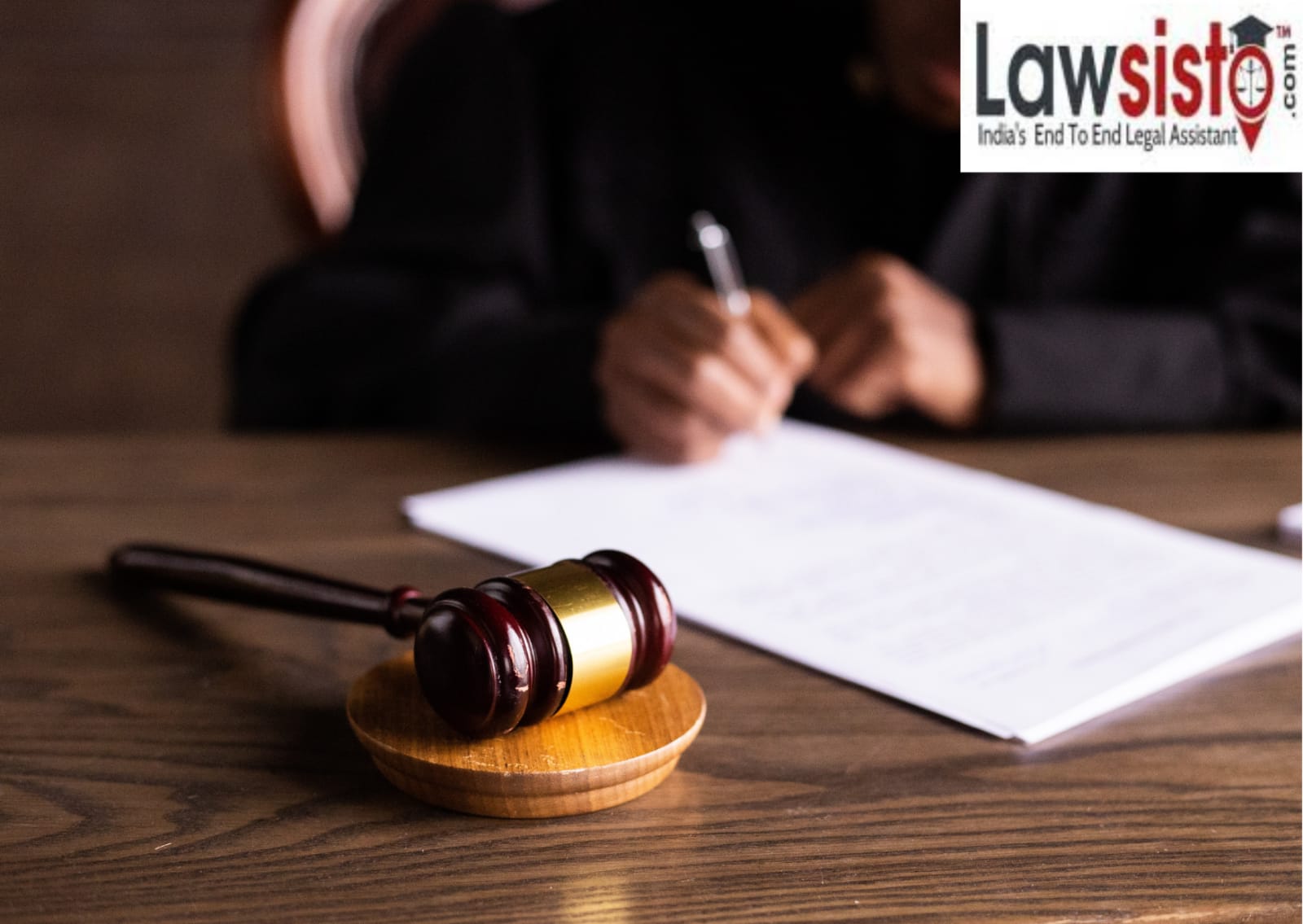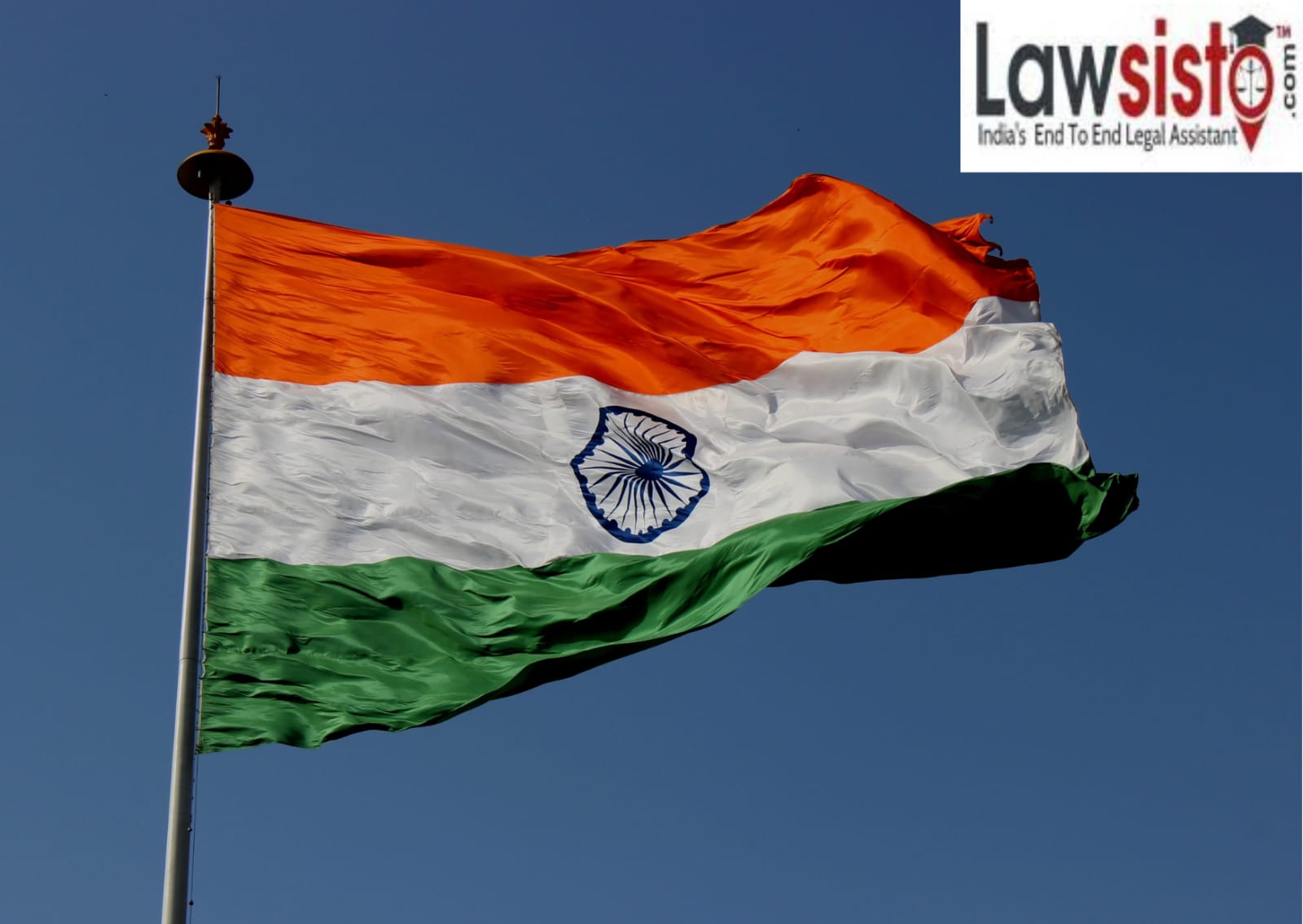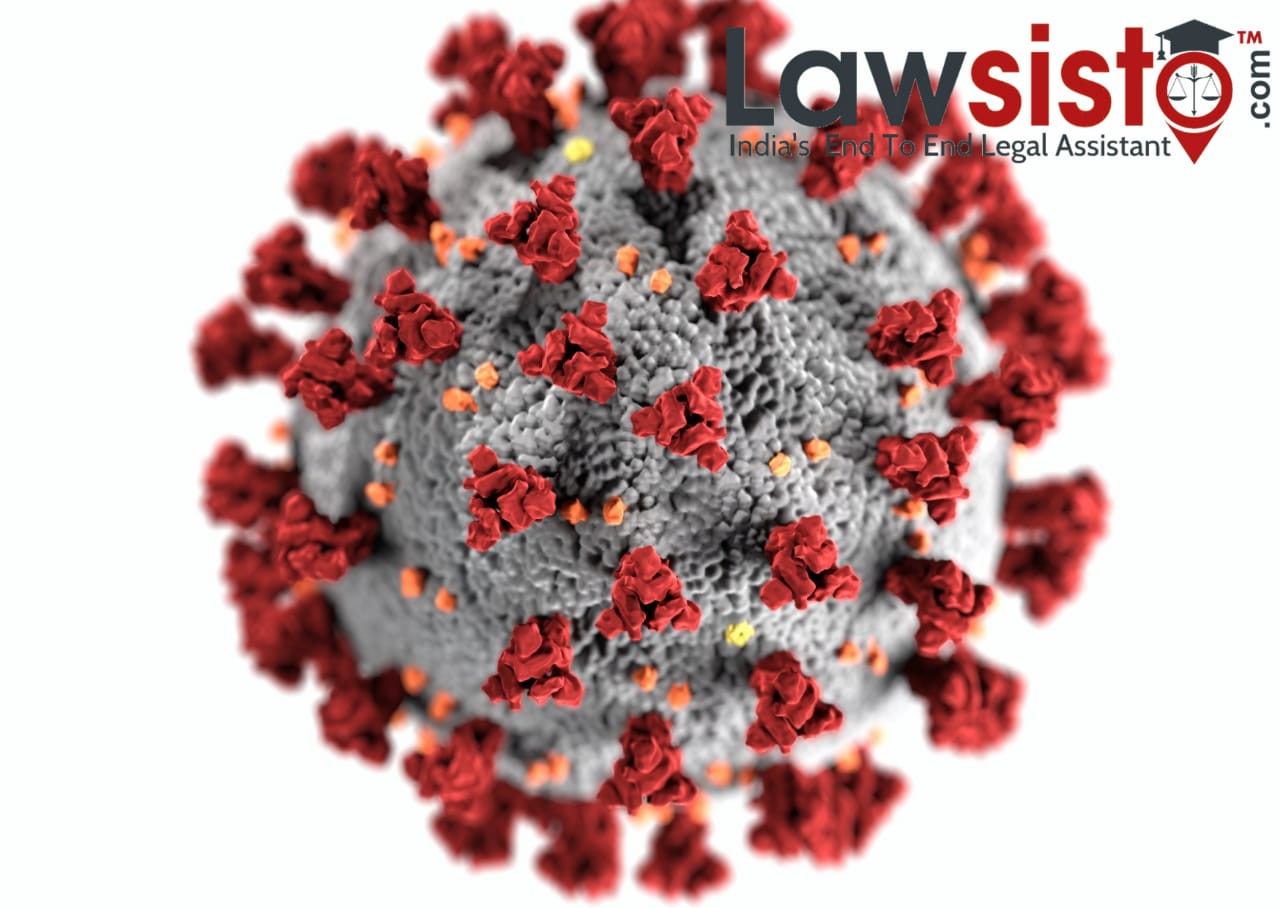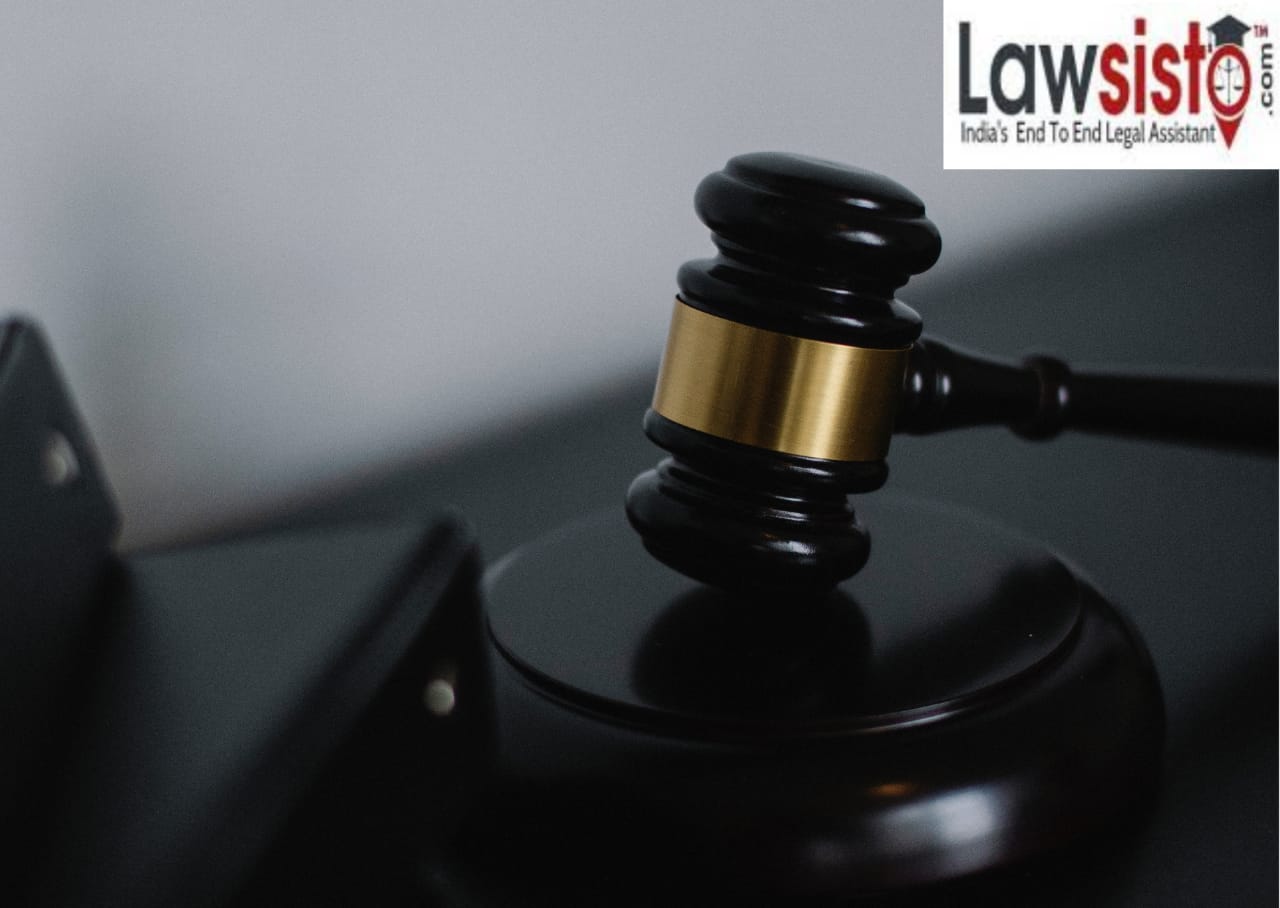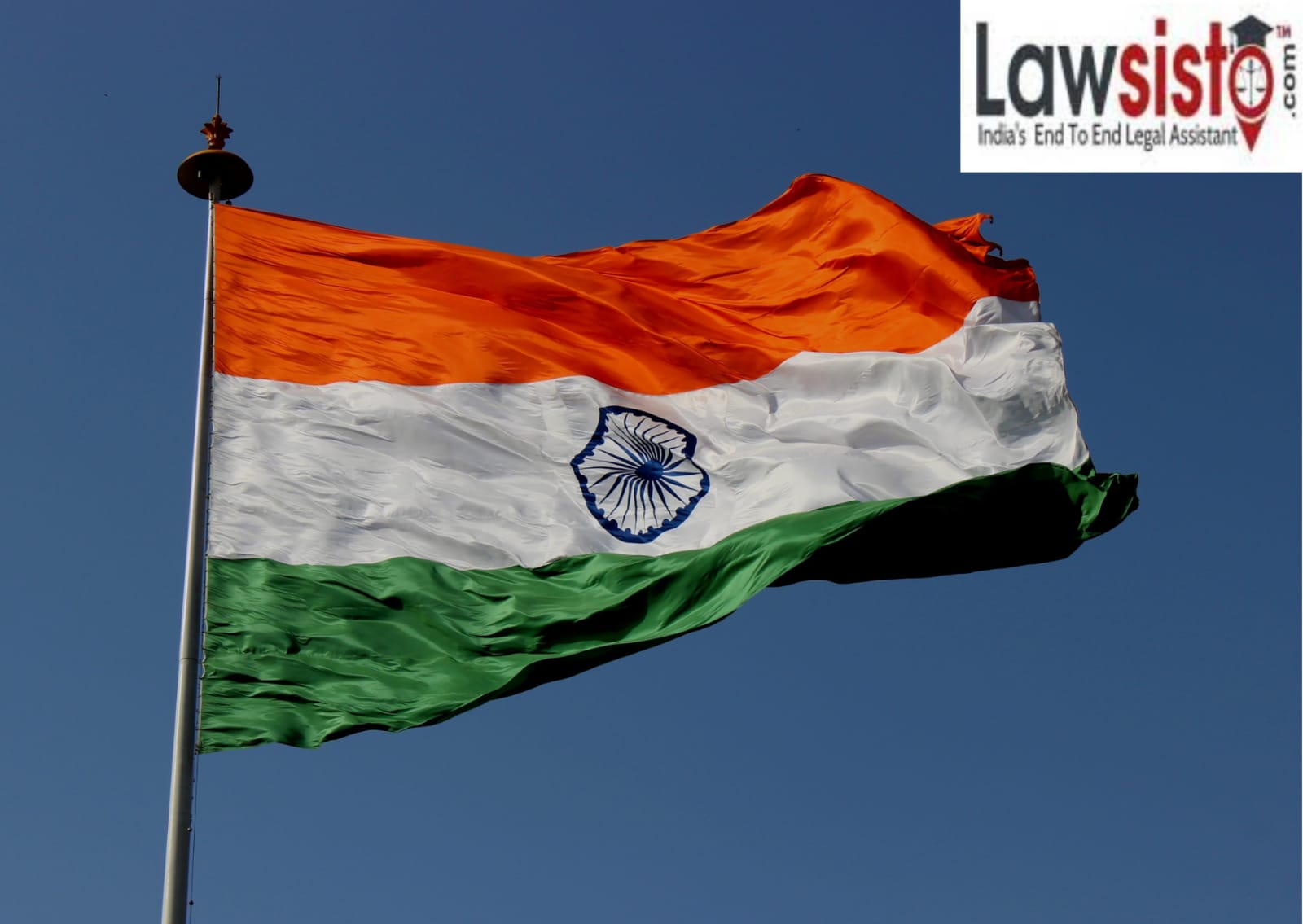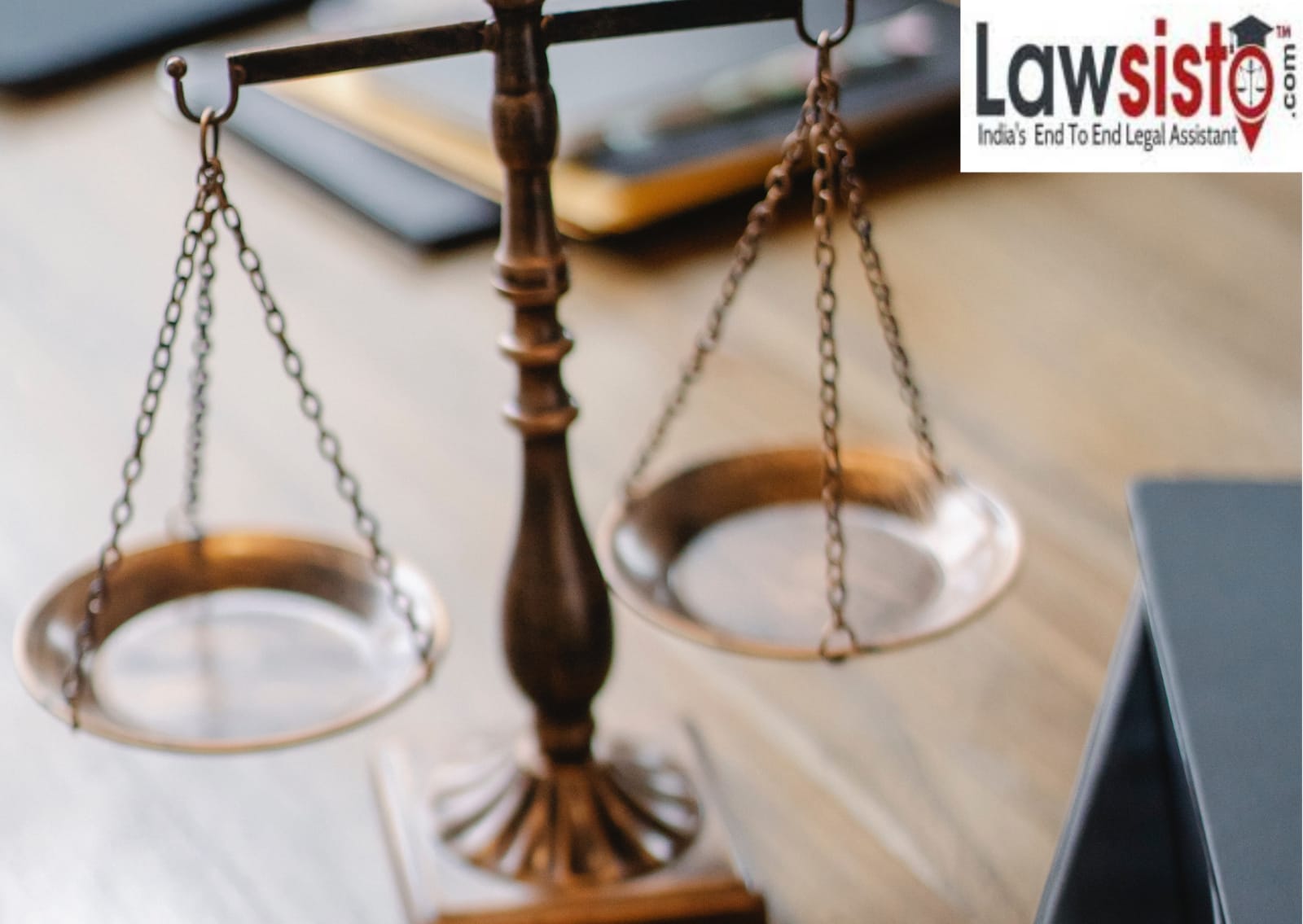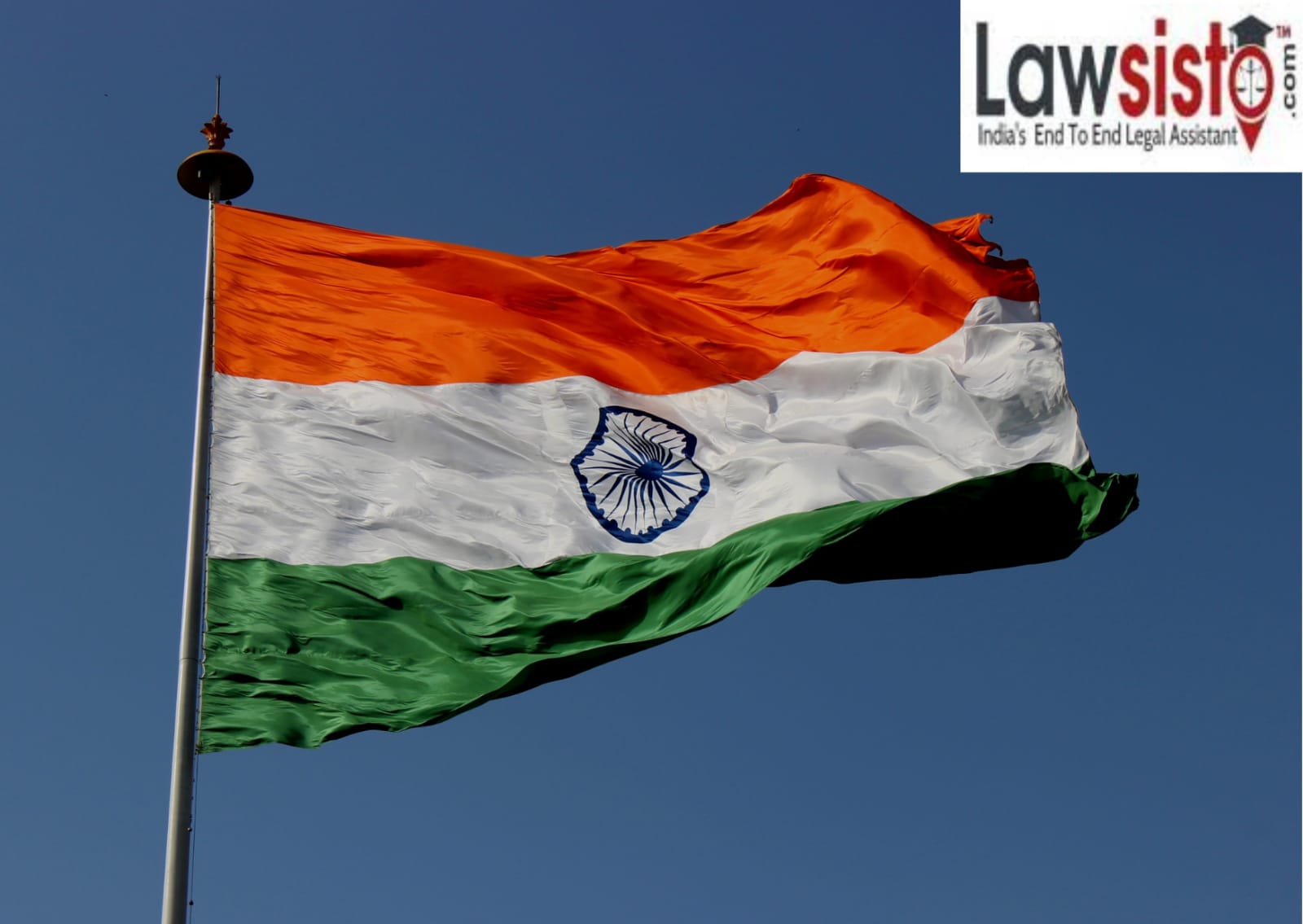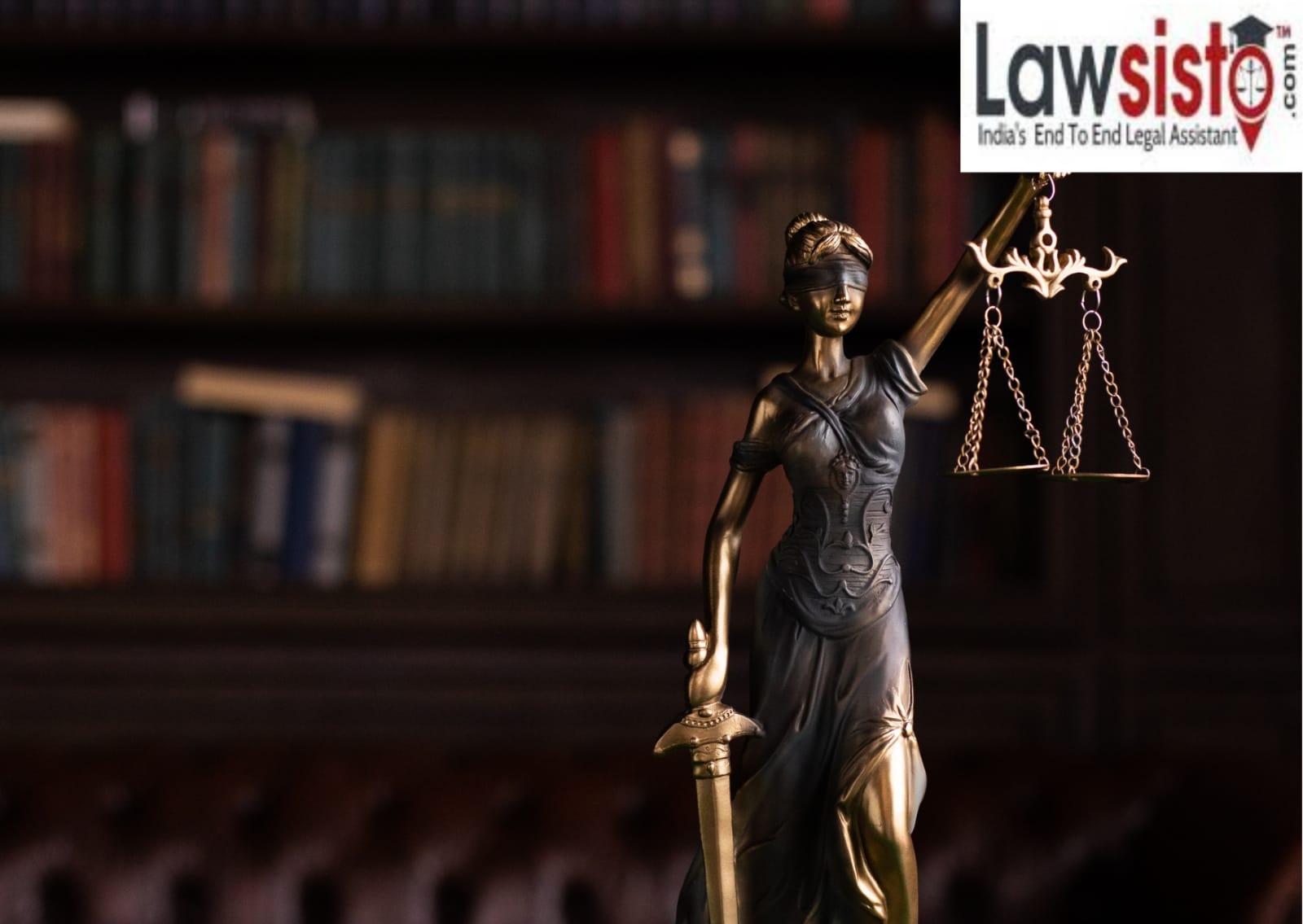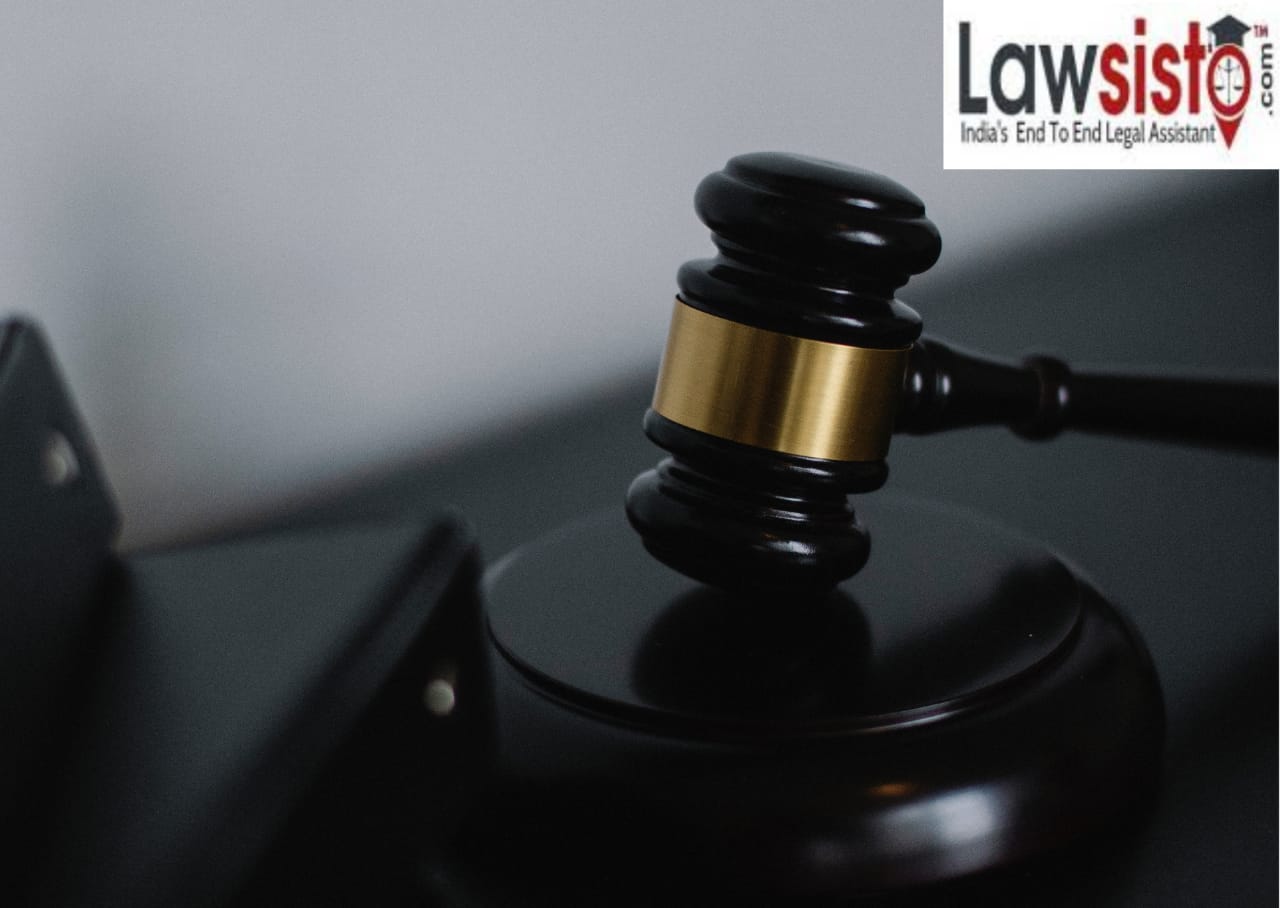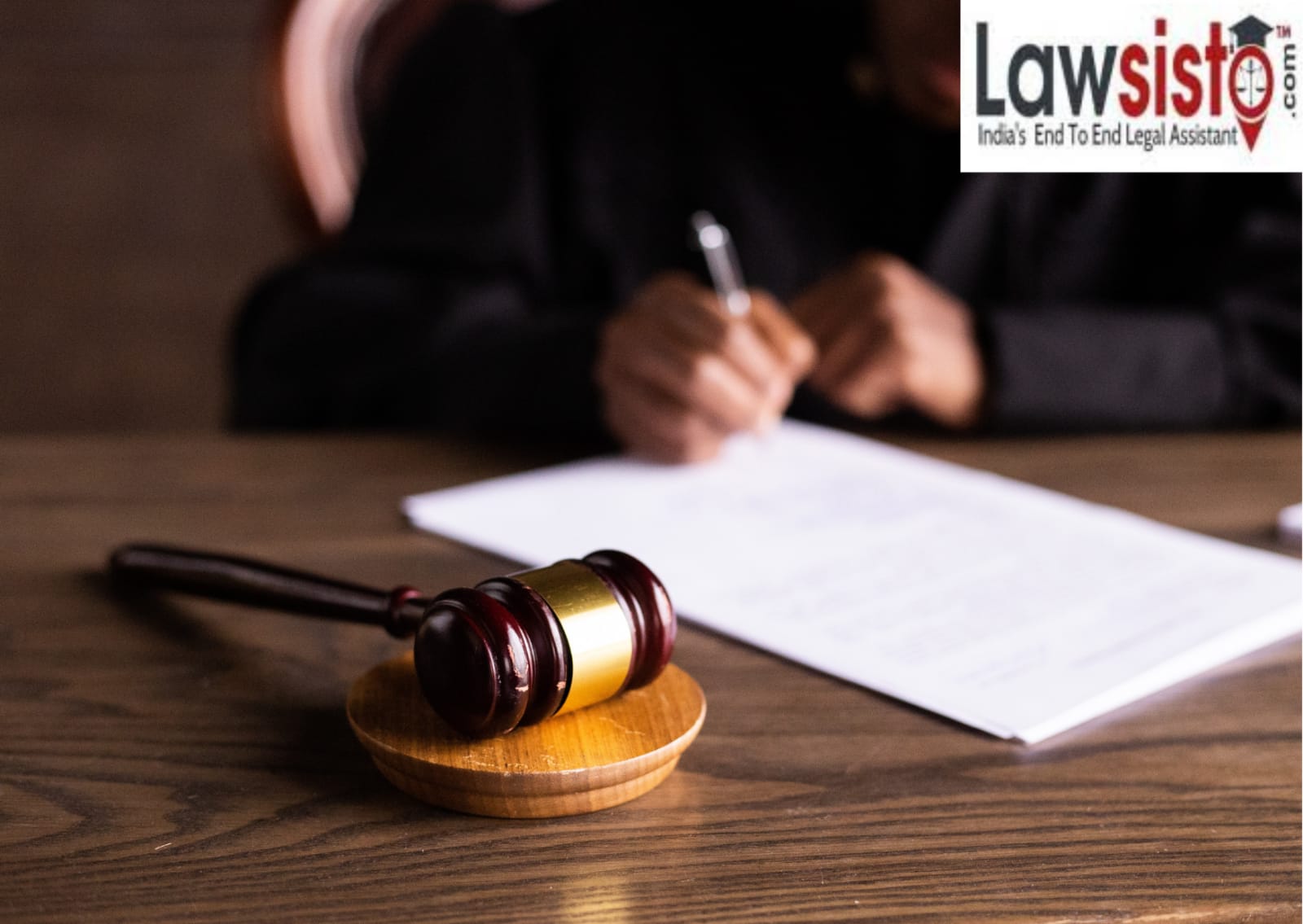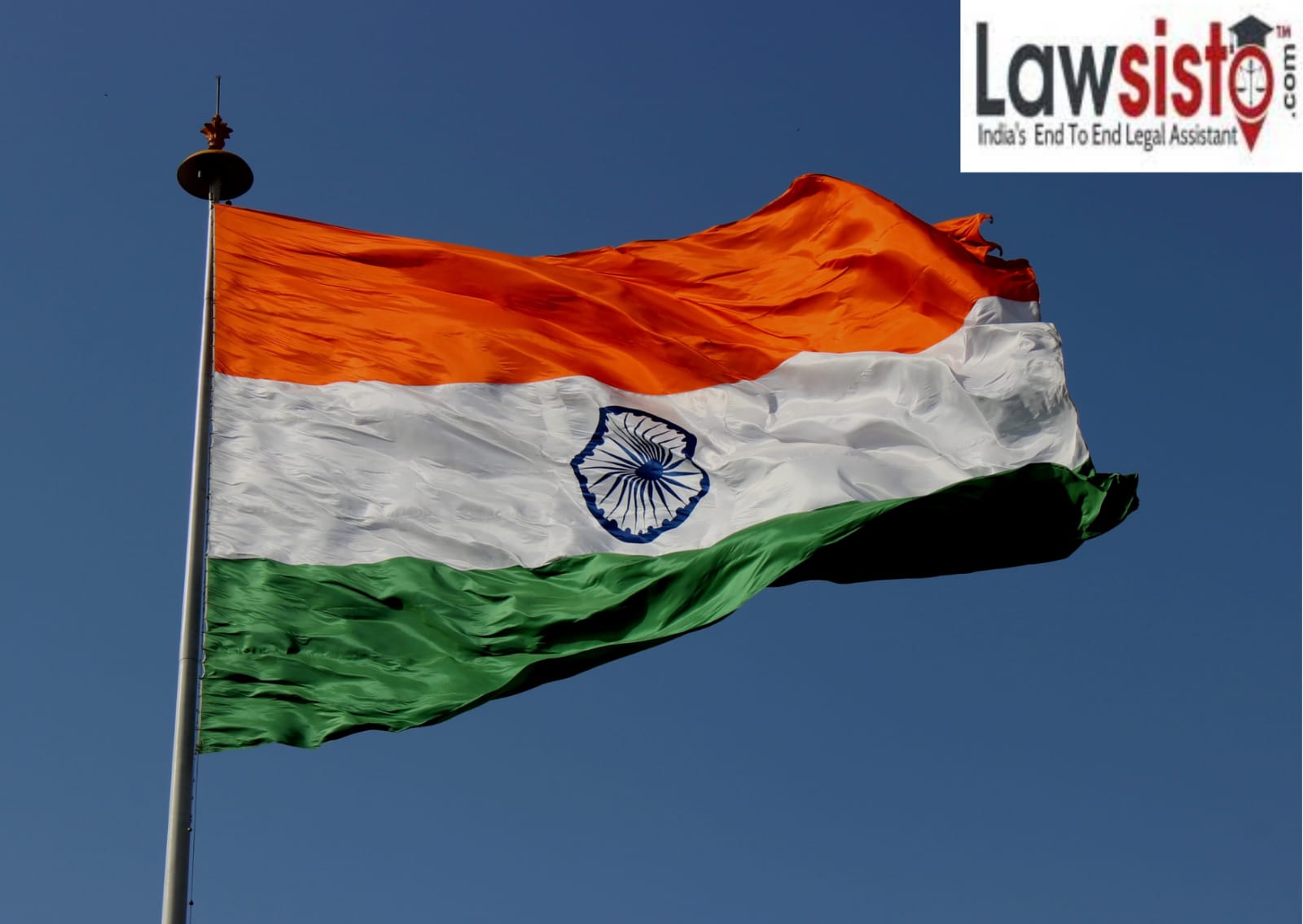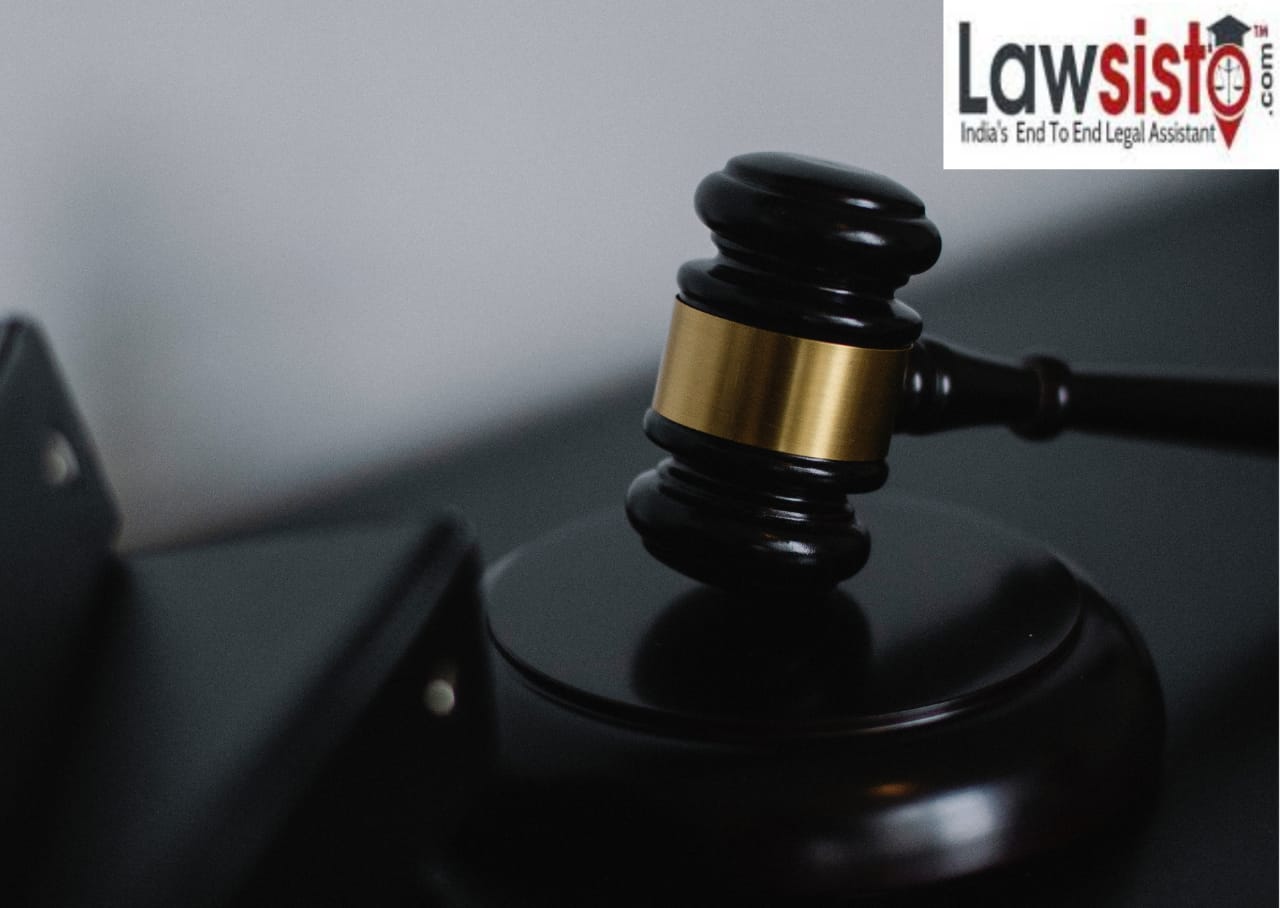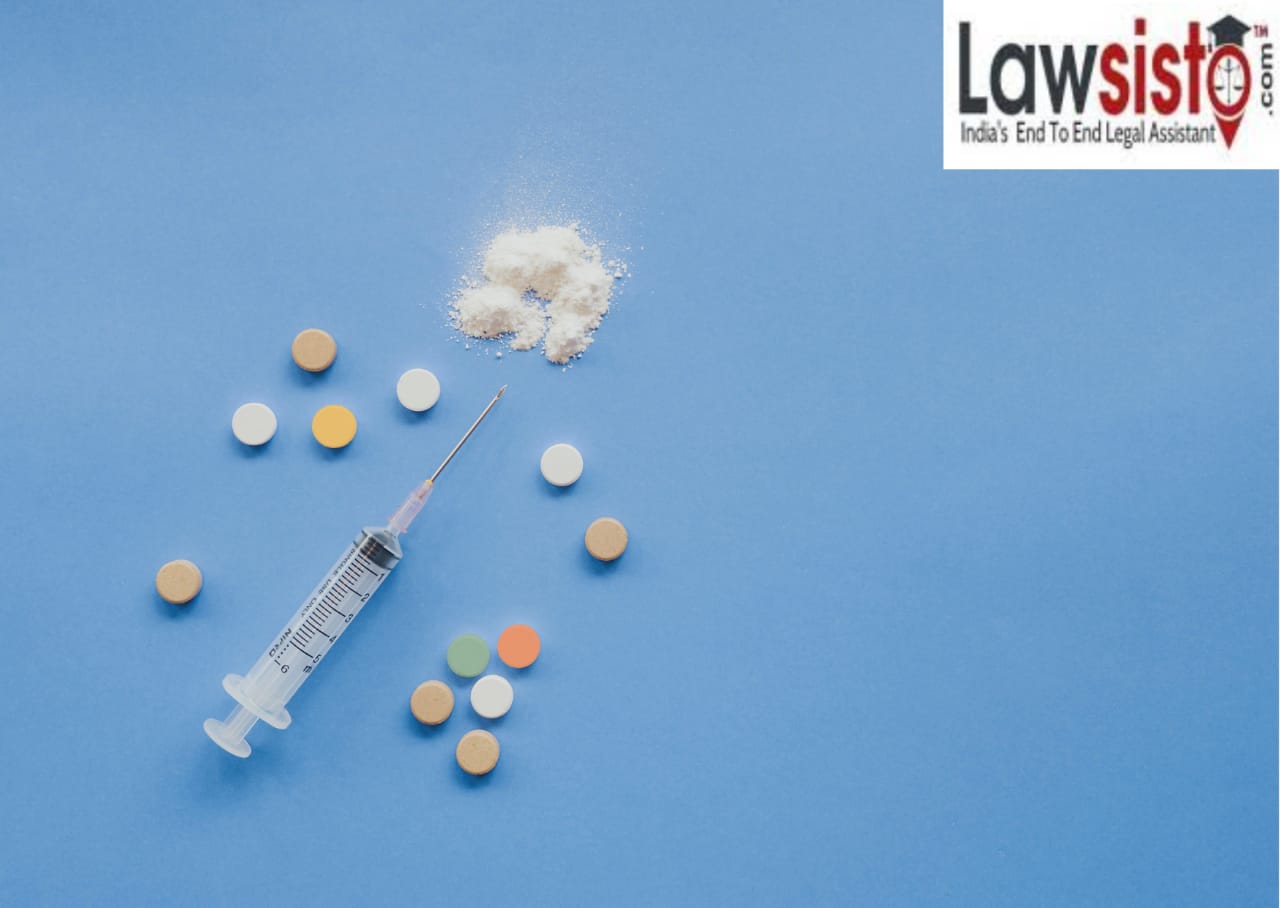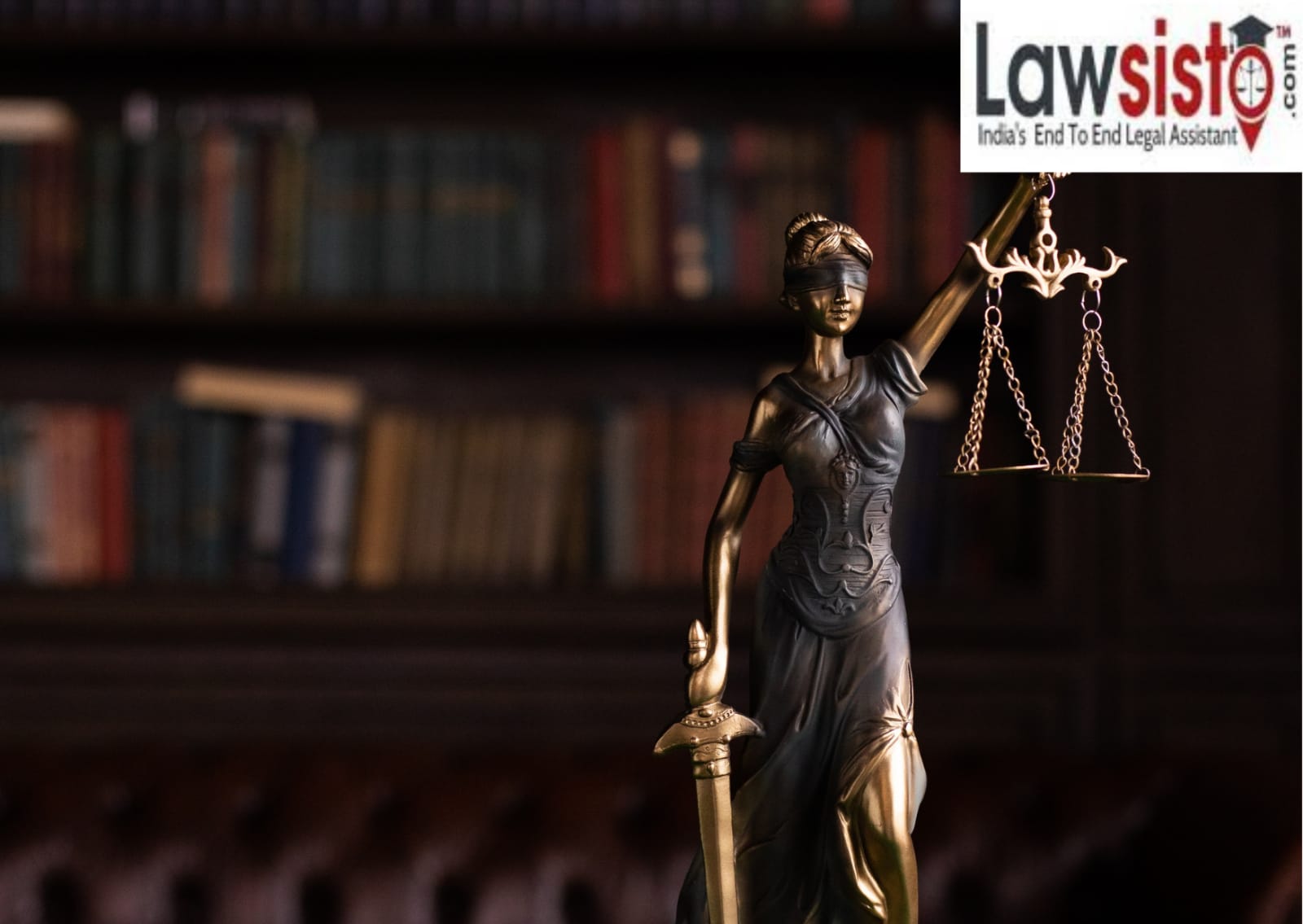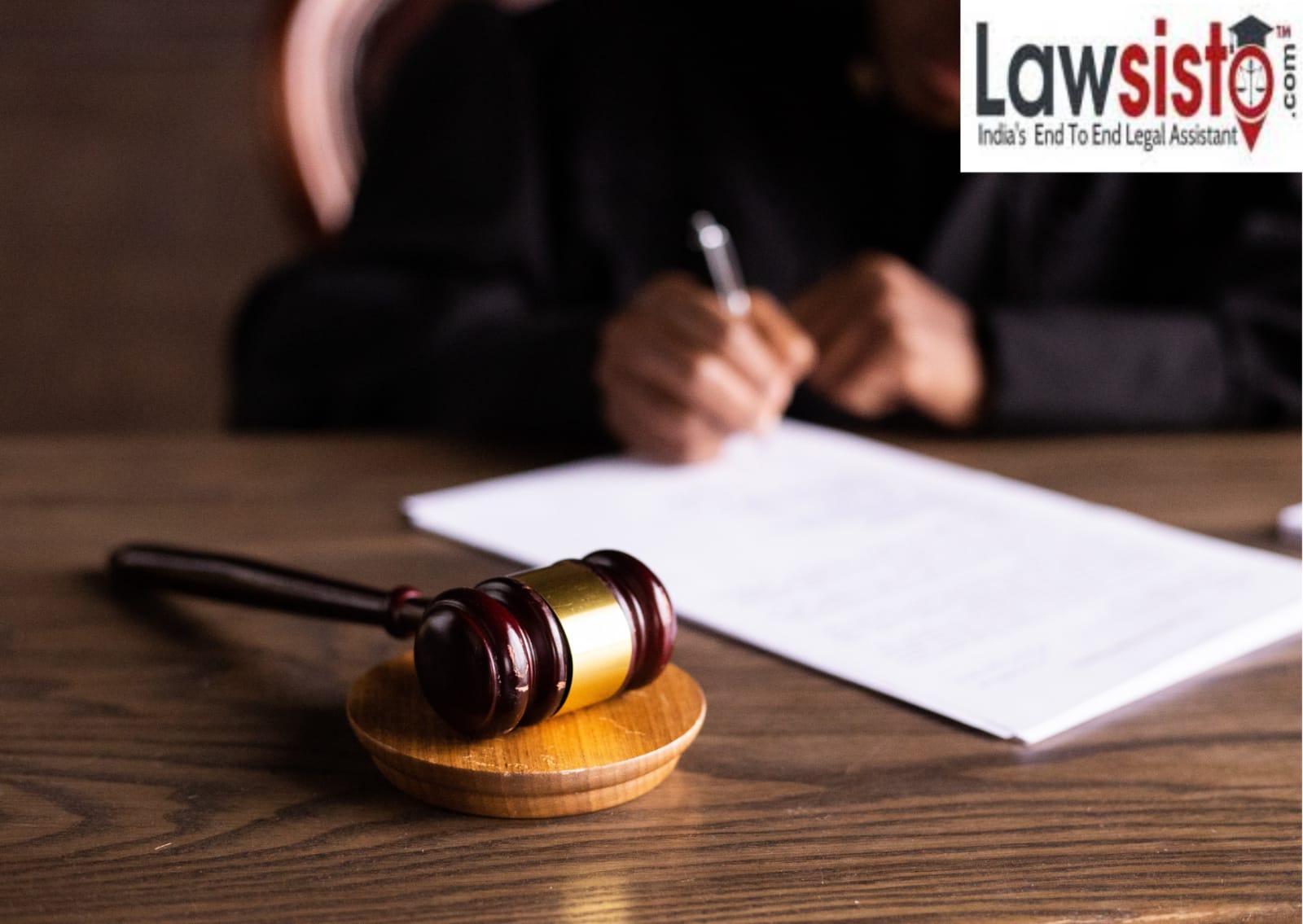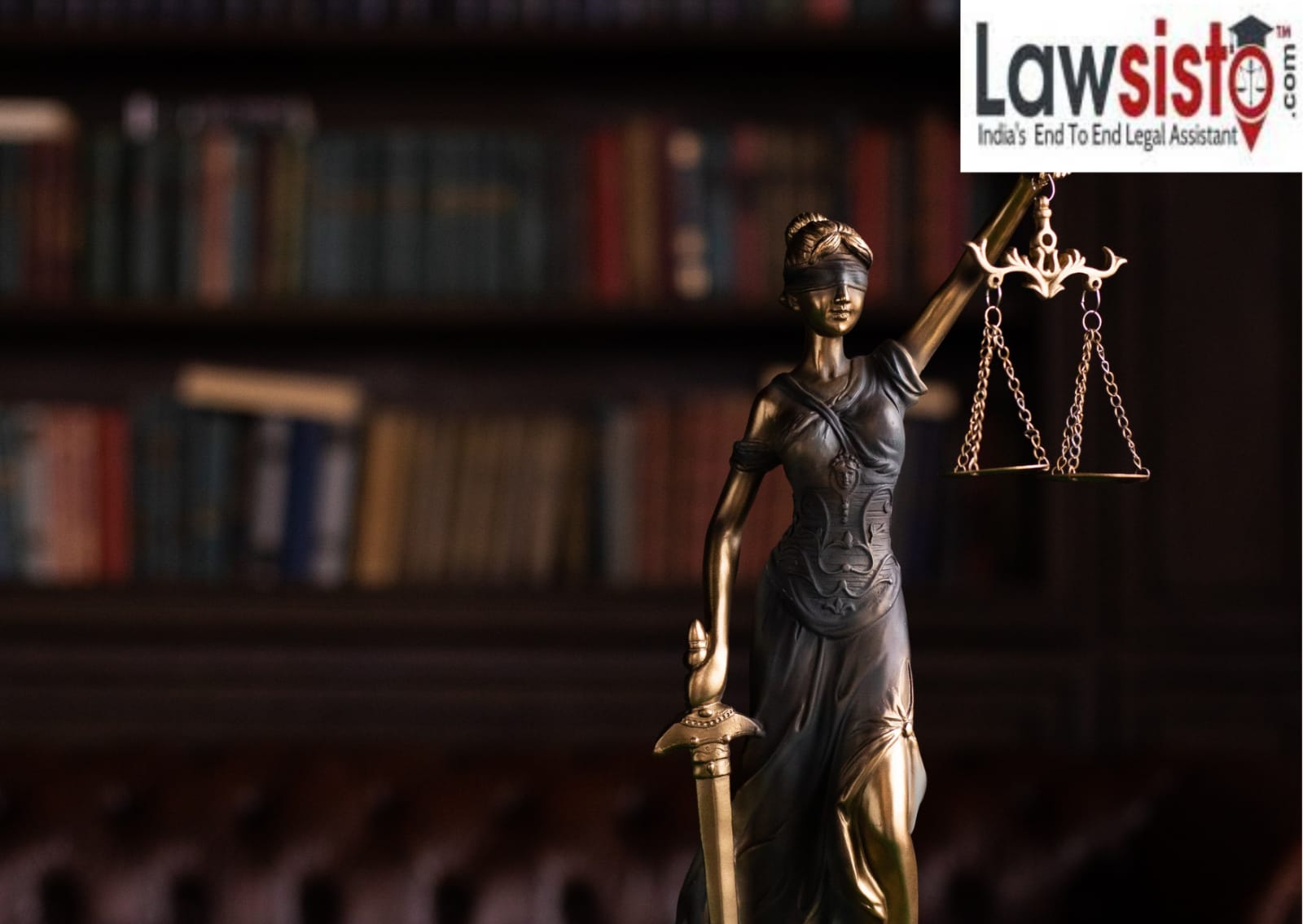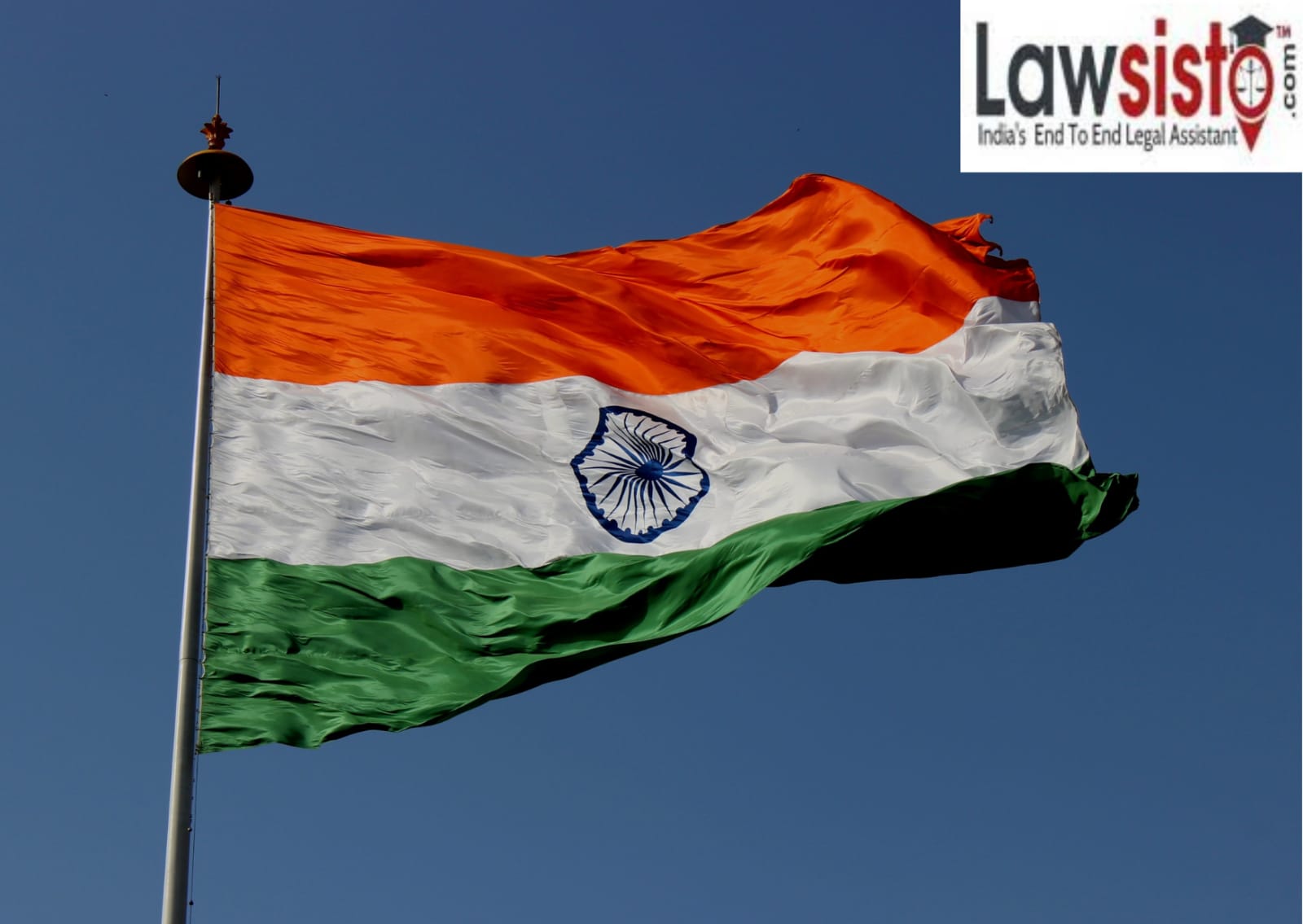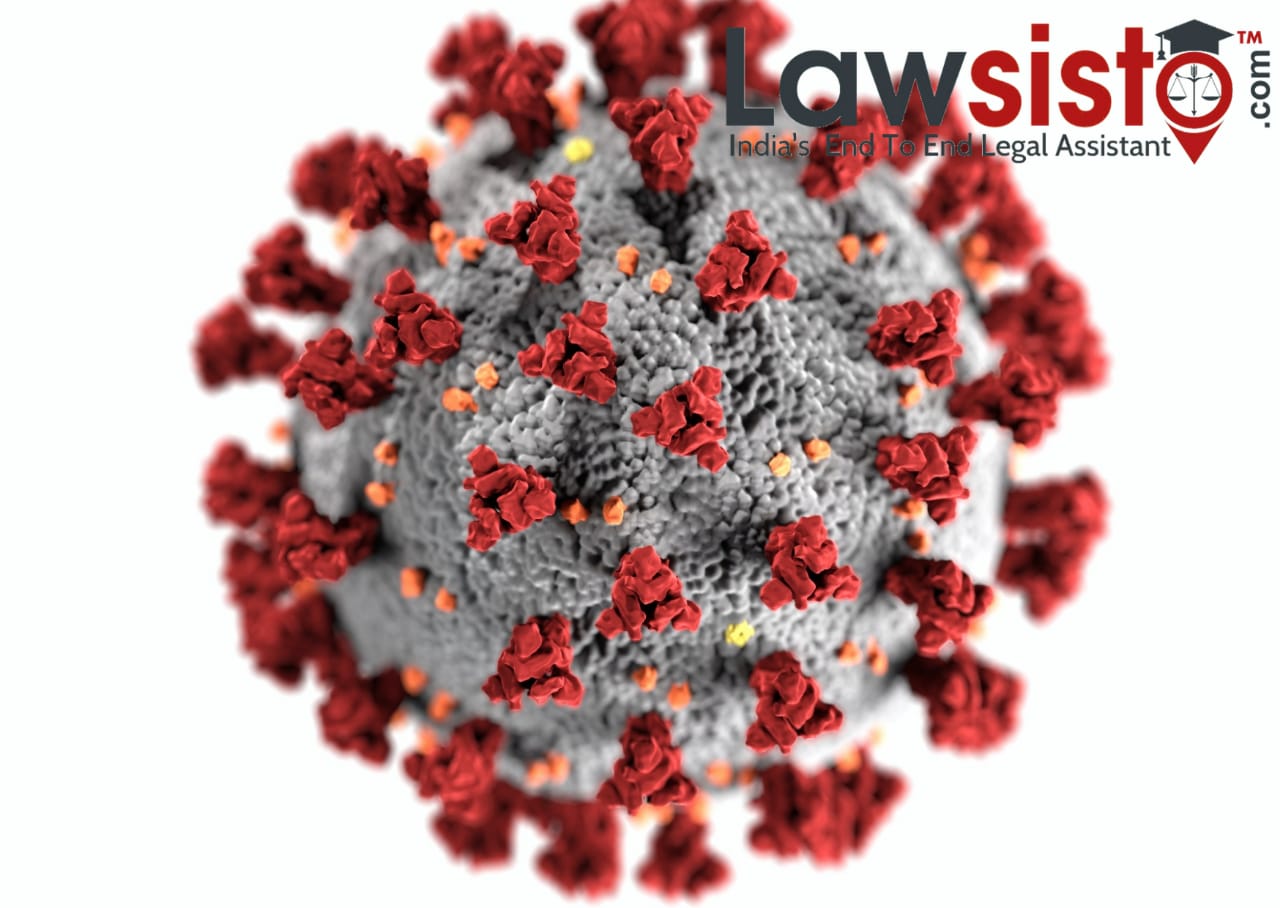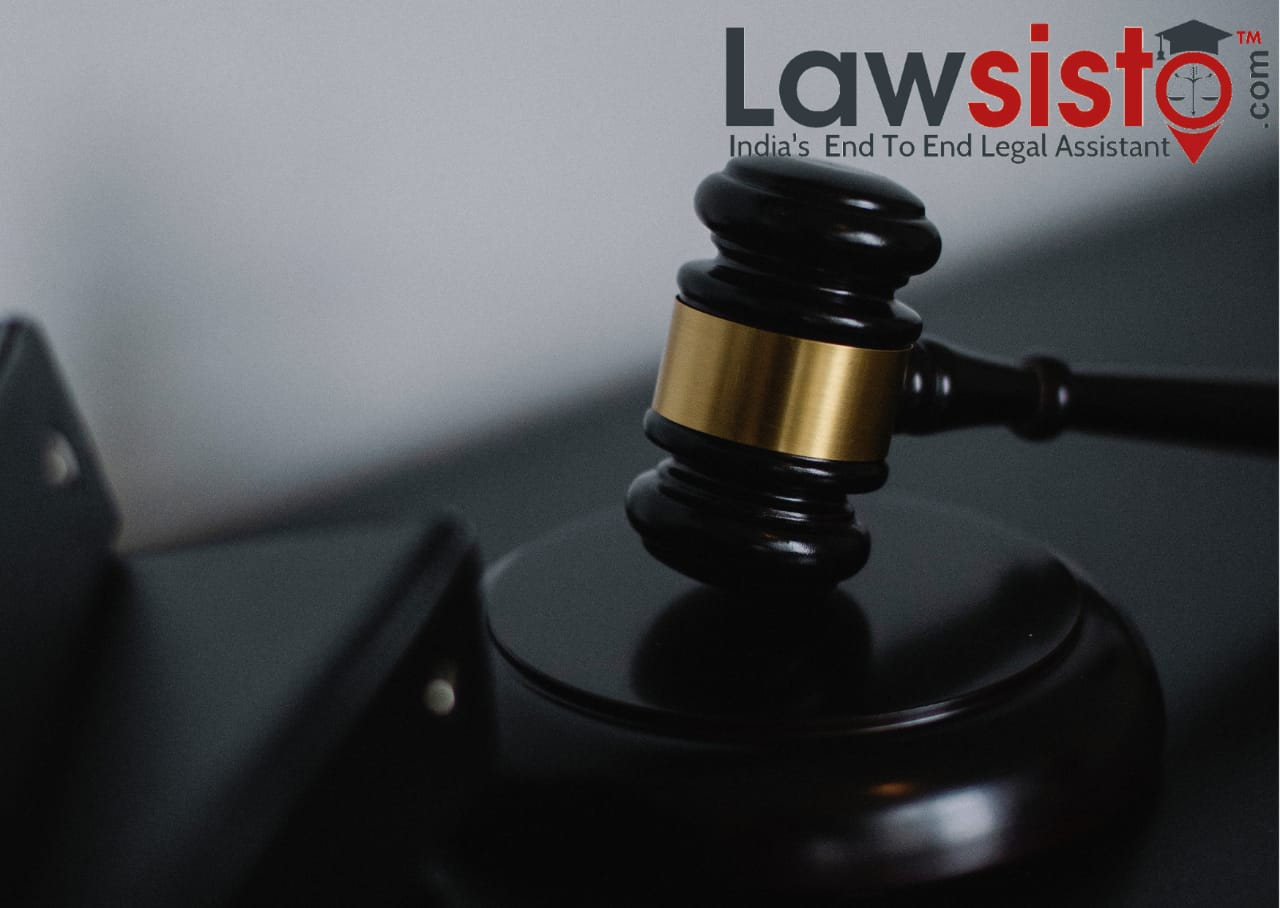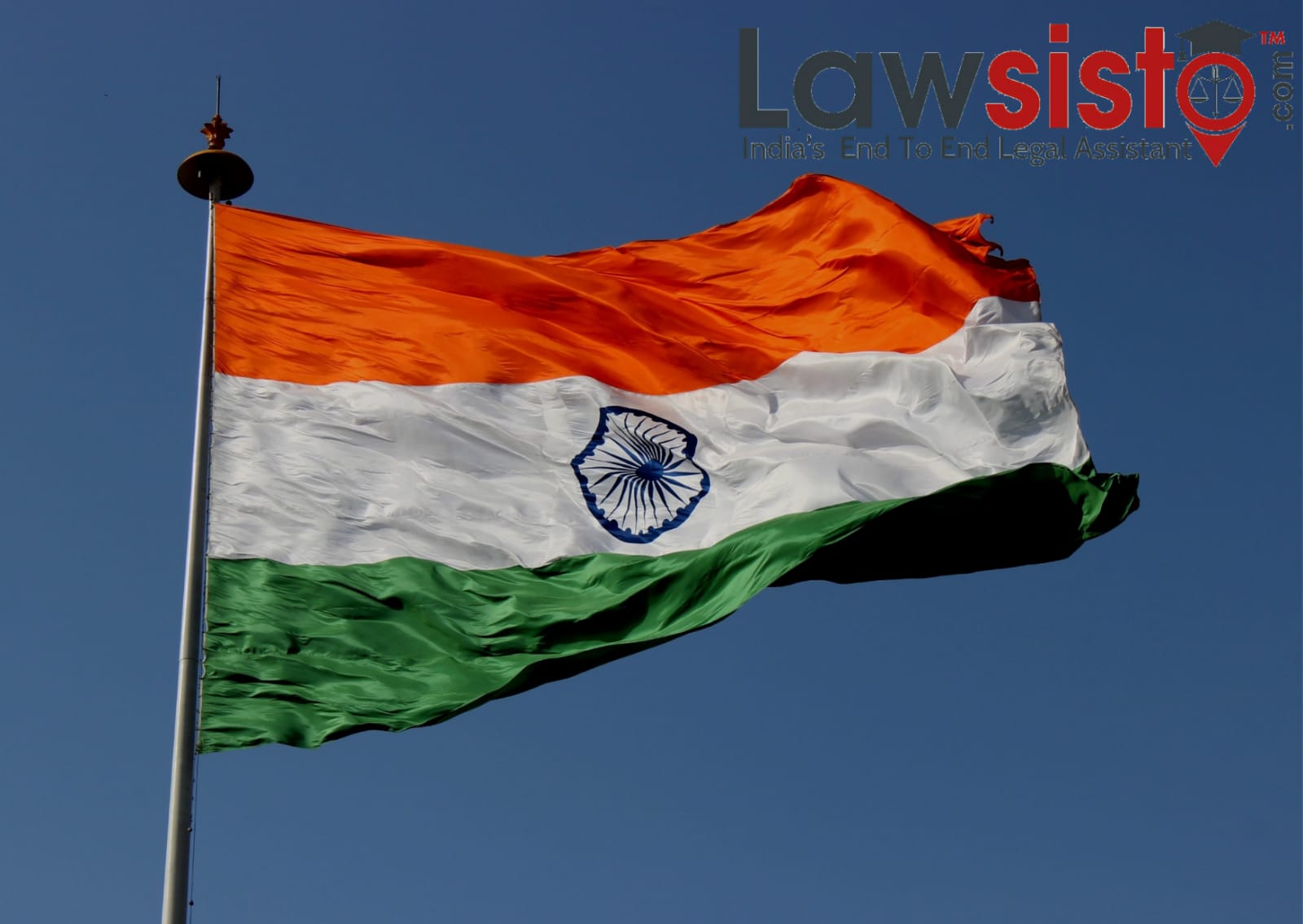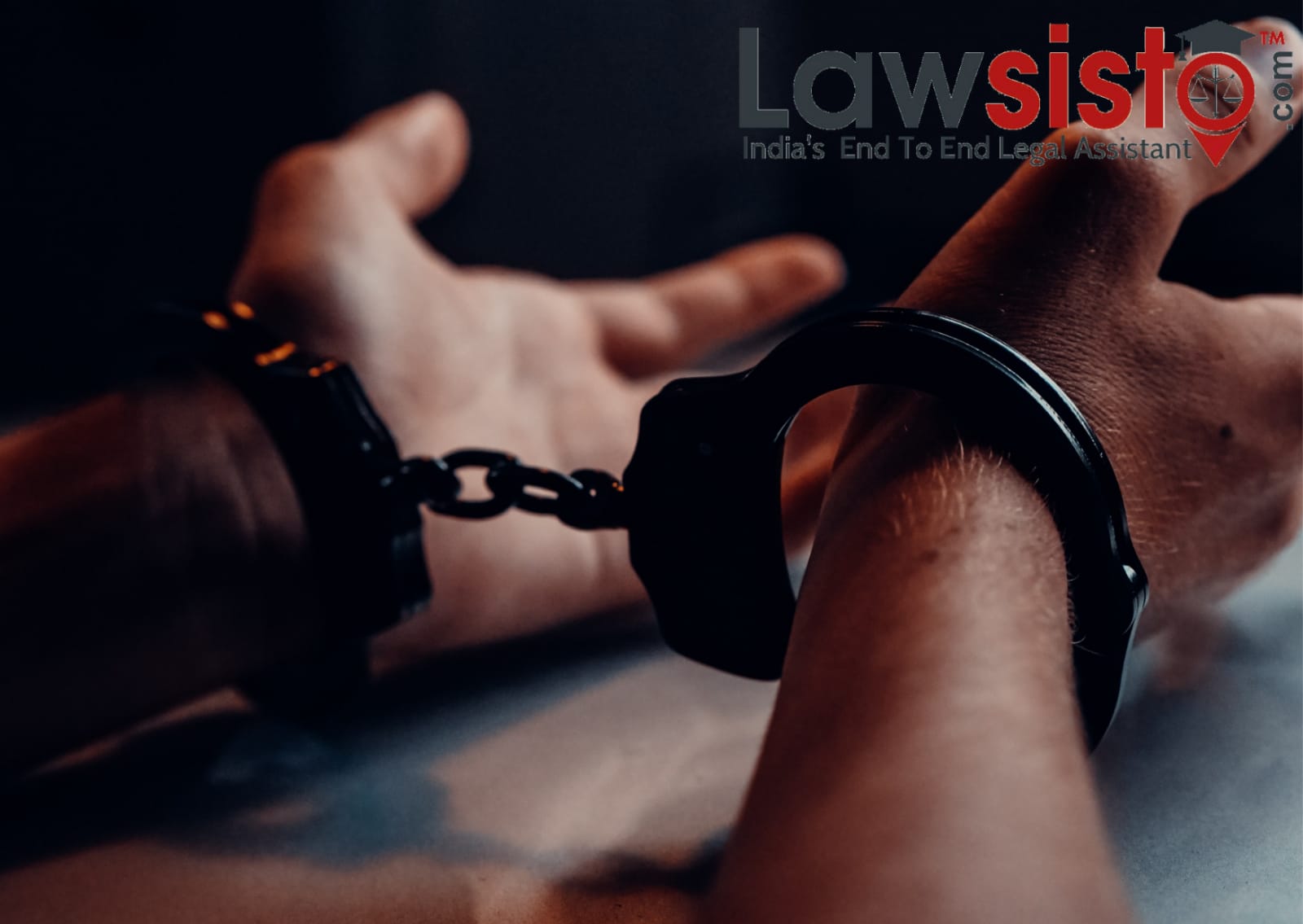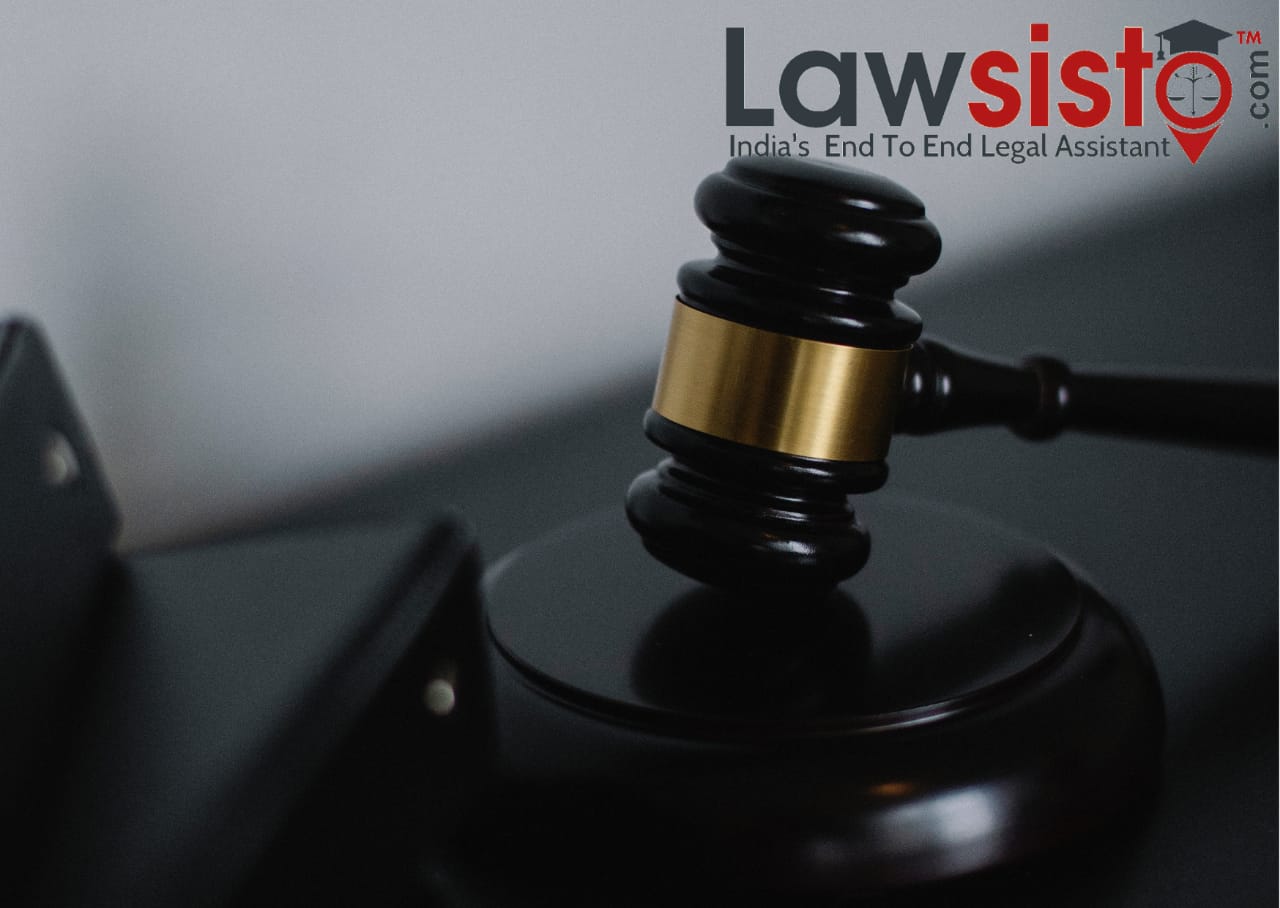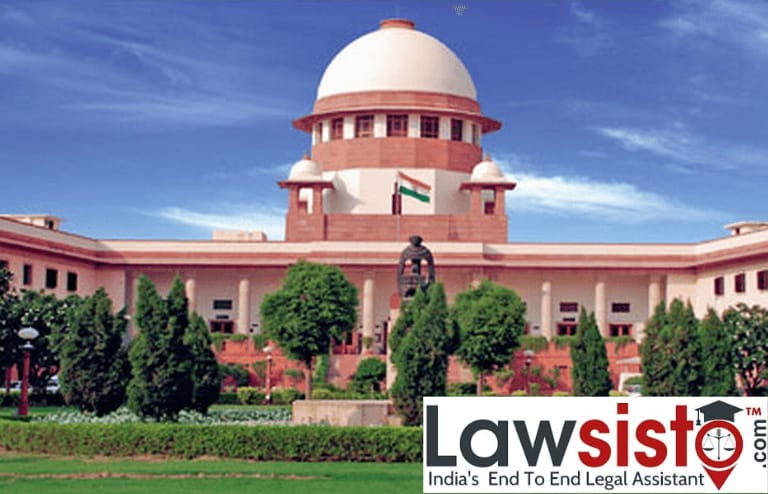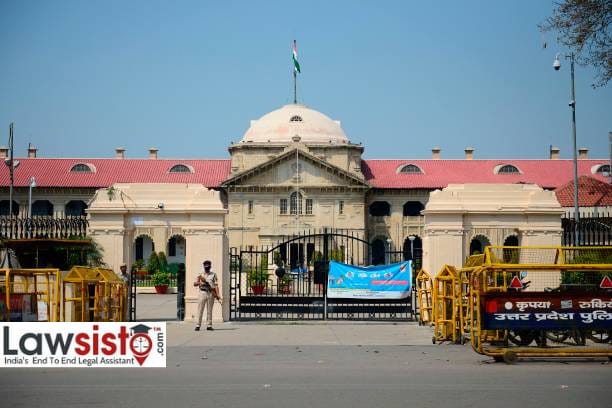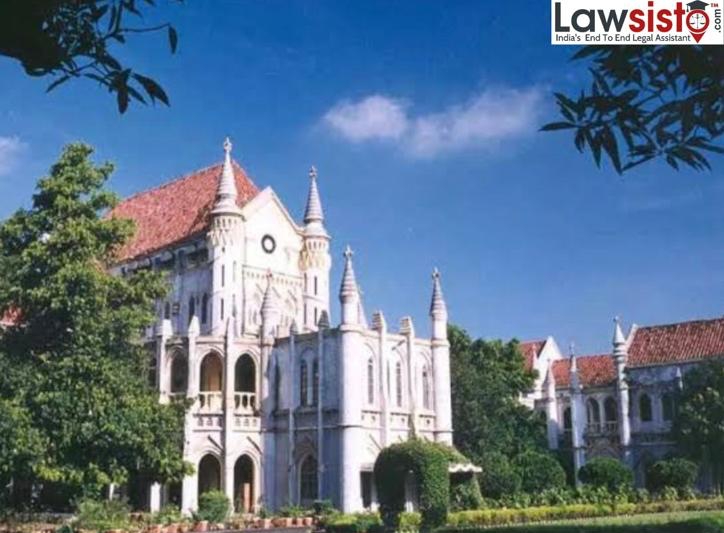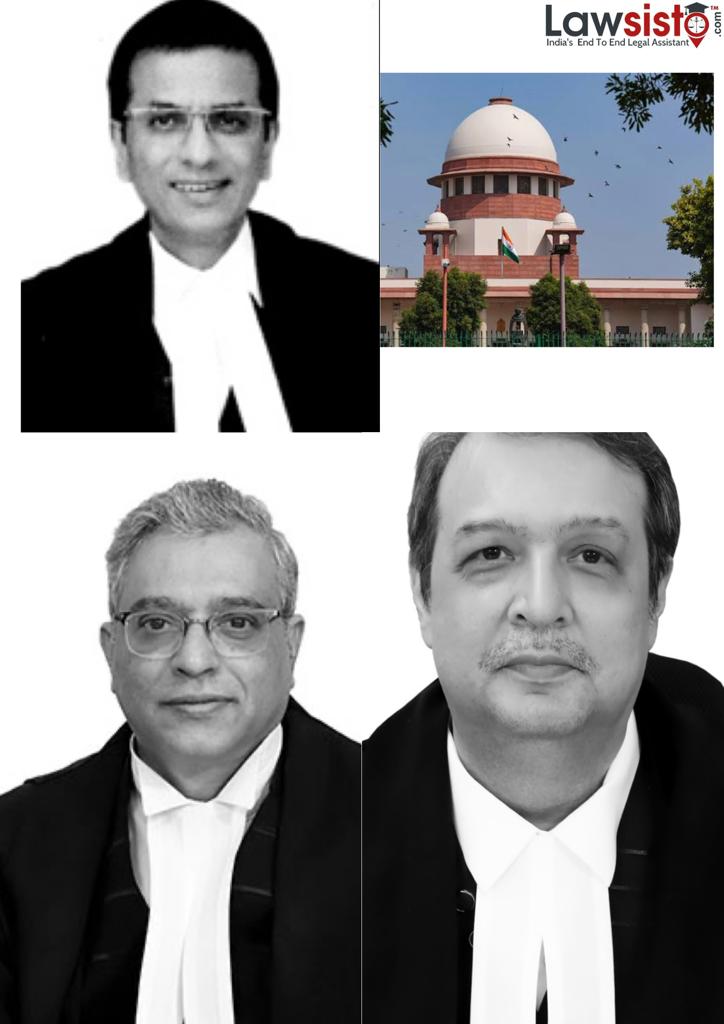Latest News
105th Amendment Act
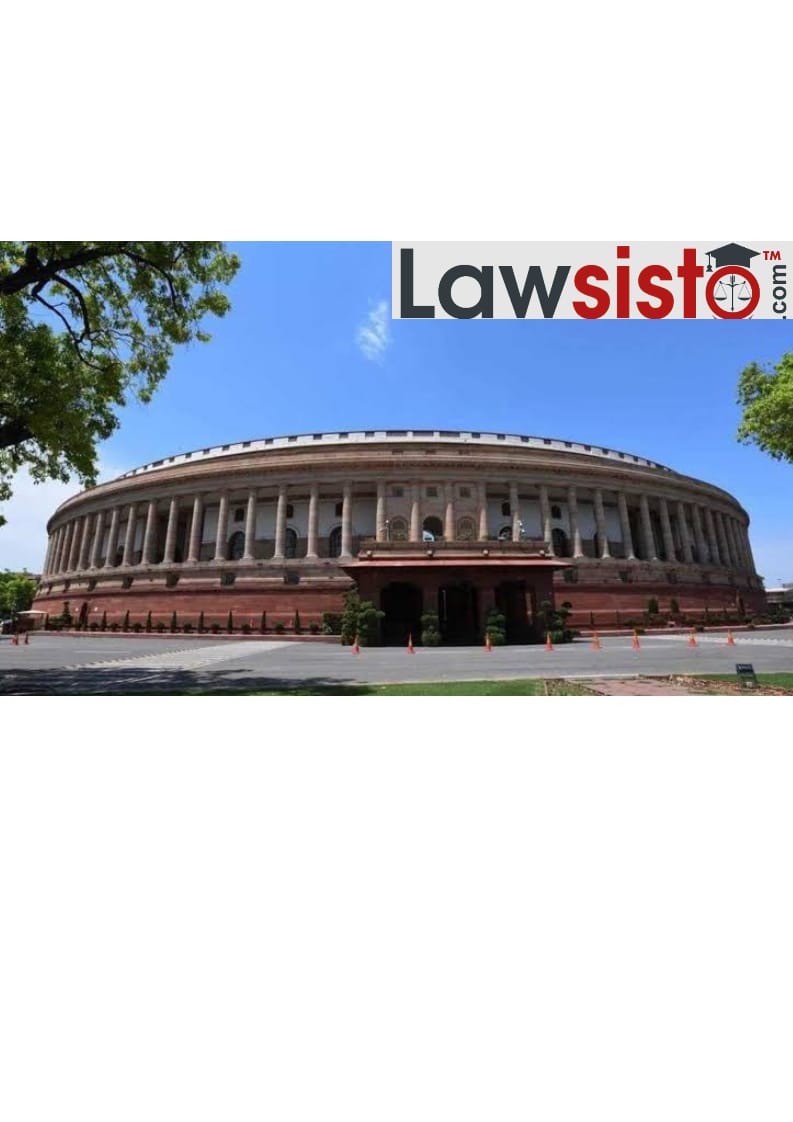
President of India has given assent to the Constitution (One Hundred and Fifth Amendment) Act, 2021 that permits States and Union Territories to identify Socially and Educationally Backward category (SEBC) and embrace them throughout a list to be revealed underneath Article 342A (1), specifying SEBCs in relevance every State and Union TerritoryThe change was introduced among the wake of the Supreme Court ruling among the Maratha reservation case that had by a 3:2 majority, dominated that it is the Central government alone that is sceptered to identify SEBCs. To get over this judgment the change Act has projected changes to Article 342A."In order to adequately clear that the government and Union territories are sceptered to rearrange and maintain their own State List/ Union territory List of SEBCs and with a read to want care of the federal structure of this country, there is a demand to amend article 342A and build important amendments in articles 338B and 366 of the Constitution," the 'Statement of Objects and Reasons' of the bill same. The question concerning the power of States to specify SEBCs had arisen among the Maratha Reservation case before the Supreme Court.
The Court in that judgment had a control that States will, through their existing mechanisms, or even statutory commissions, solely build suggestions to the President or the Commission underneath Article 338B, for inclusion, exclusion or modification of castes or communities, among the list to be revealed underneath Article 342A (1).“By the introduction of Articles 366 (26C) and 342A through the 102nd Constitution of India, the President alone, to the exclusion of all different authorities, is sceptered to identify SEBCs and embrace them throughout an inventory to be revealed underneath Article 342A (1), that shall be deemed to include SEBCs in regard to every state and union territory for the wants of the Constitution,” the Court had control. Article 342A was inserted into the Constitution by means of the 102nd Constitutional change Act. It reads as follows: The President could with relevance any State or Union territory, and wherever it's a State, when consultation with the Governor therefrom, by public notification, specify the socially and educationally backward categories that shall for the wants of this Constitution be deemed to be socially and educationally backward categories in relevance that State or Union territory, as a result of the case could be; Parliament could by law embrace in or exclude from the Central List of socially and educationally backward categories arranged get in a notification issued underneath clause (1) any socially and educationally backward category, however, save as said a notification issued underneath the same clause shall not be varied by any later notification.”
The following changes are currently projected to be introduced to the same Article by means of the Constitution (One Hundred and Fifth Amendment) Act: In Article 342A of the Constitution,— (a) in clause (1), for the words “the socially and educationally backward categories that shall for the wants of this Constitution”, the words “the socially and educationally backward categories among the Central List that shall for the wants of the Central Government” shall be substituted; (b) when clause (2), consecutive shall be inserted, namely:— ‘Explanation.— For the wants of clauses (1) and (2), the expression “Central List” means that the list of socially and educationally backward categories is ready and maintained by and for the Central Government. (3) withal something contained in clauses (1) and (2), each State or Union territory could, by law, prepare and maintain, for its own functions, an inventory of socially and educationally backward categories, entries throughout that may even be completely different from the Central List.’. One of the foremost arguments on that the Maratha SEBC Act was challenged was that when the Constitution (102nd Amendment) Act came into force with the result from August 2018, the State general assembly was uncovered of its power to declare a particular category to be socially and educationally backward.
Document:
